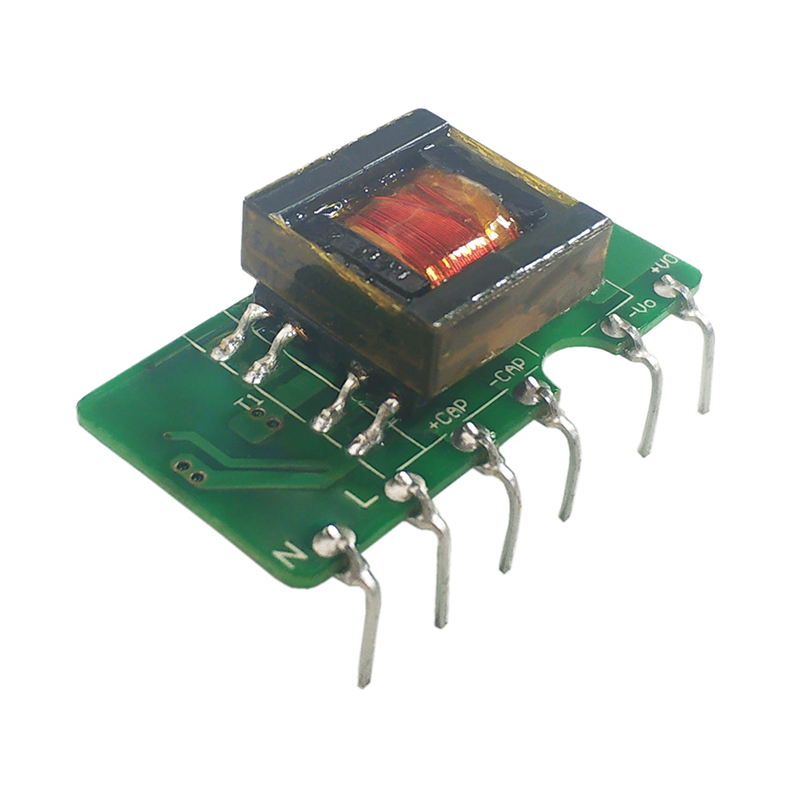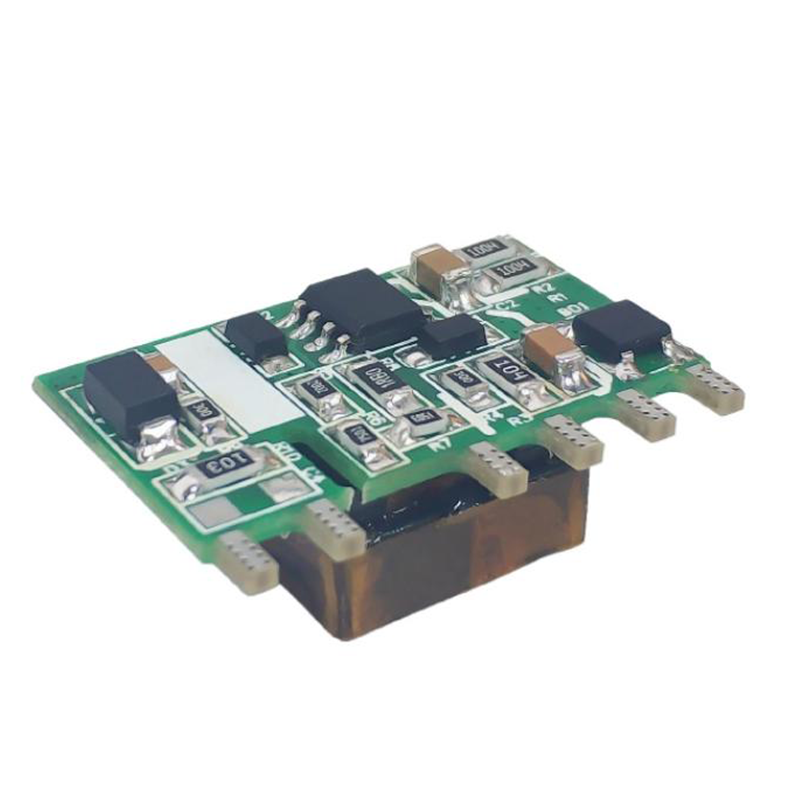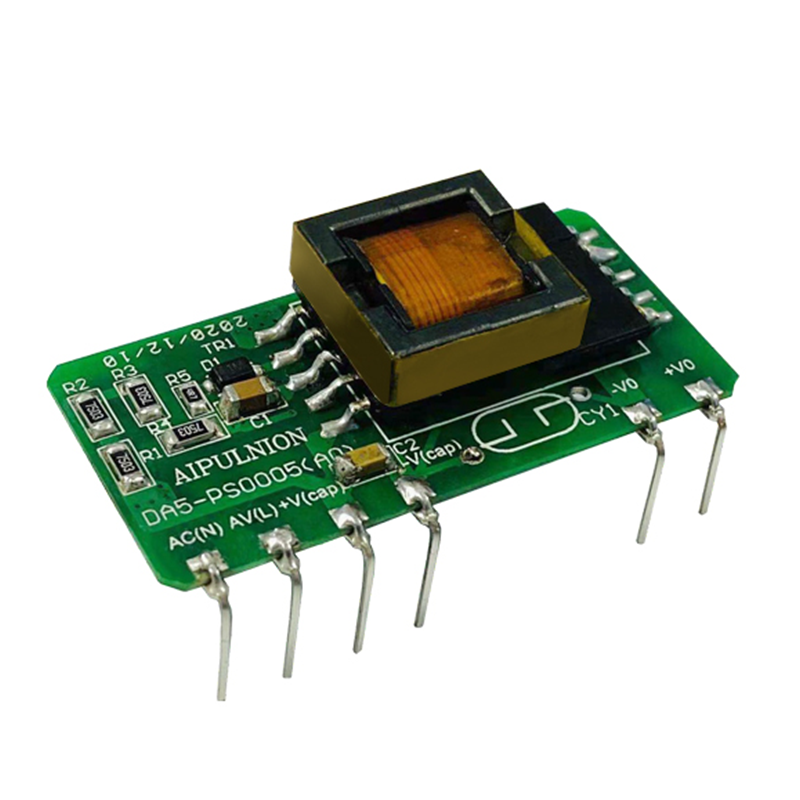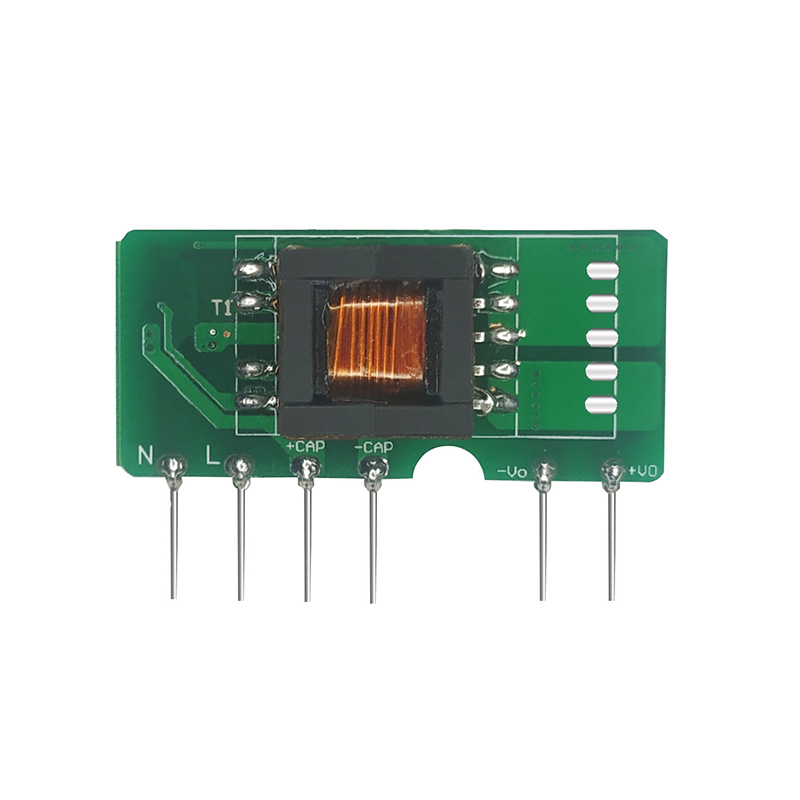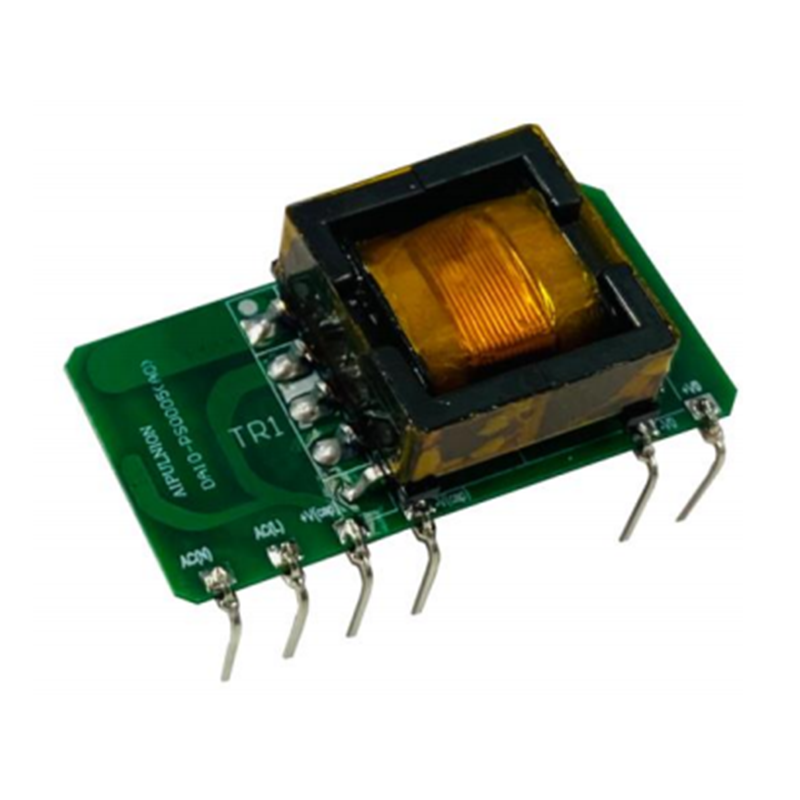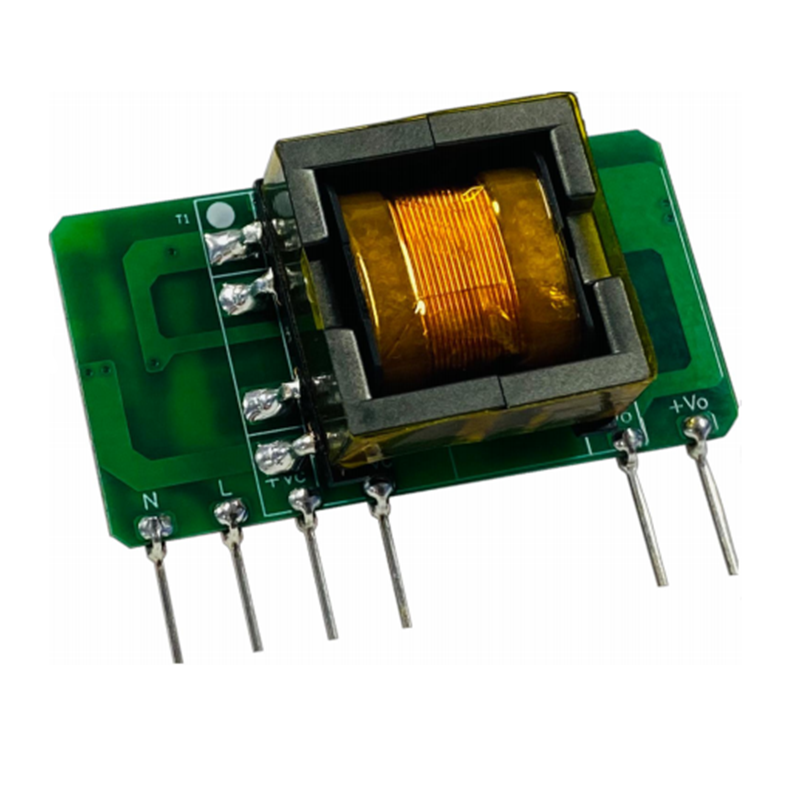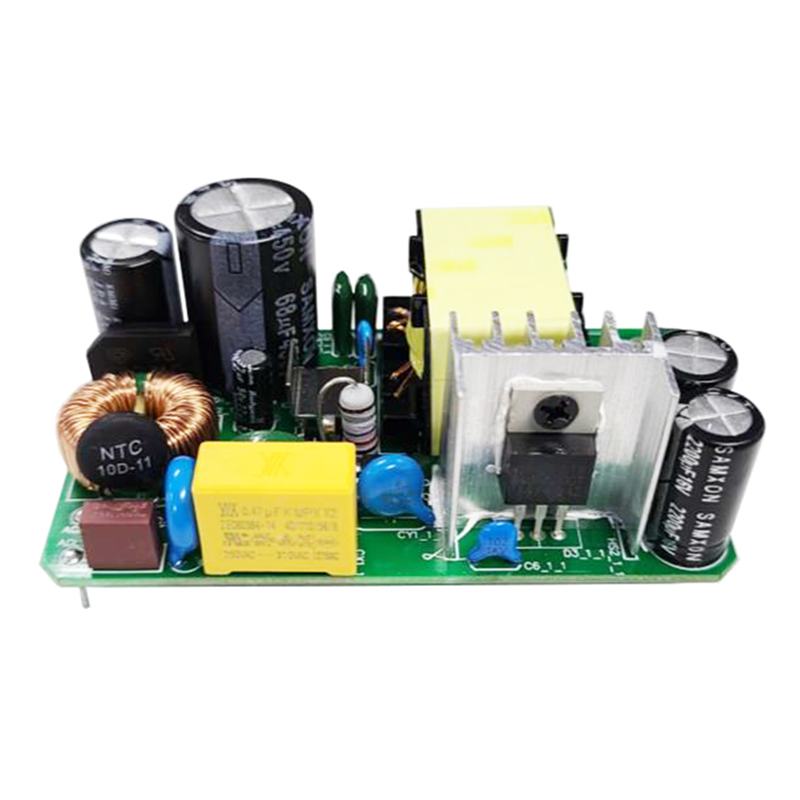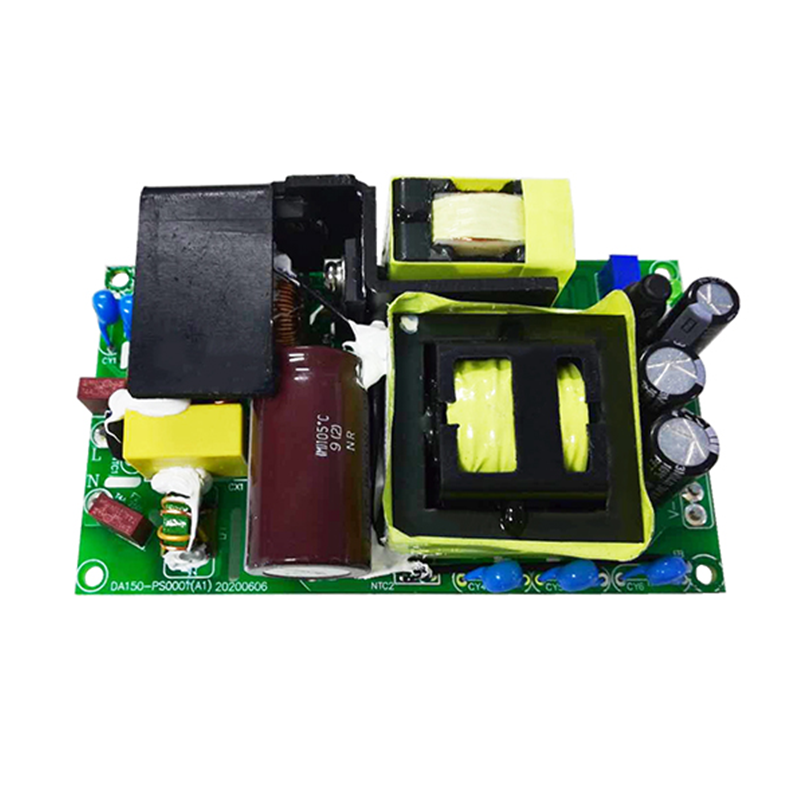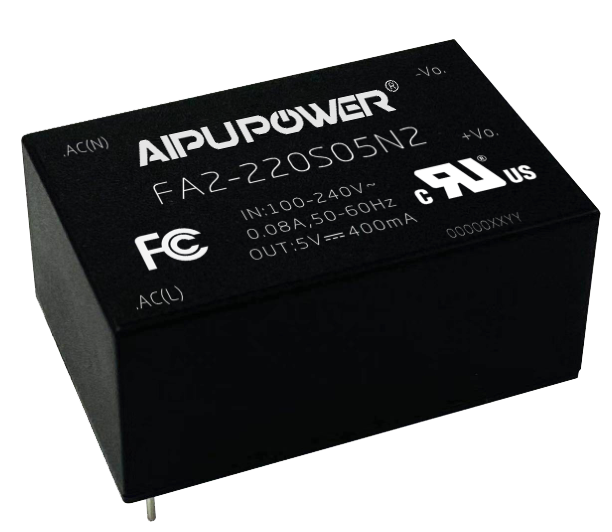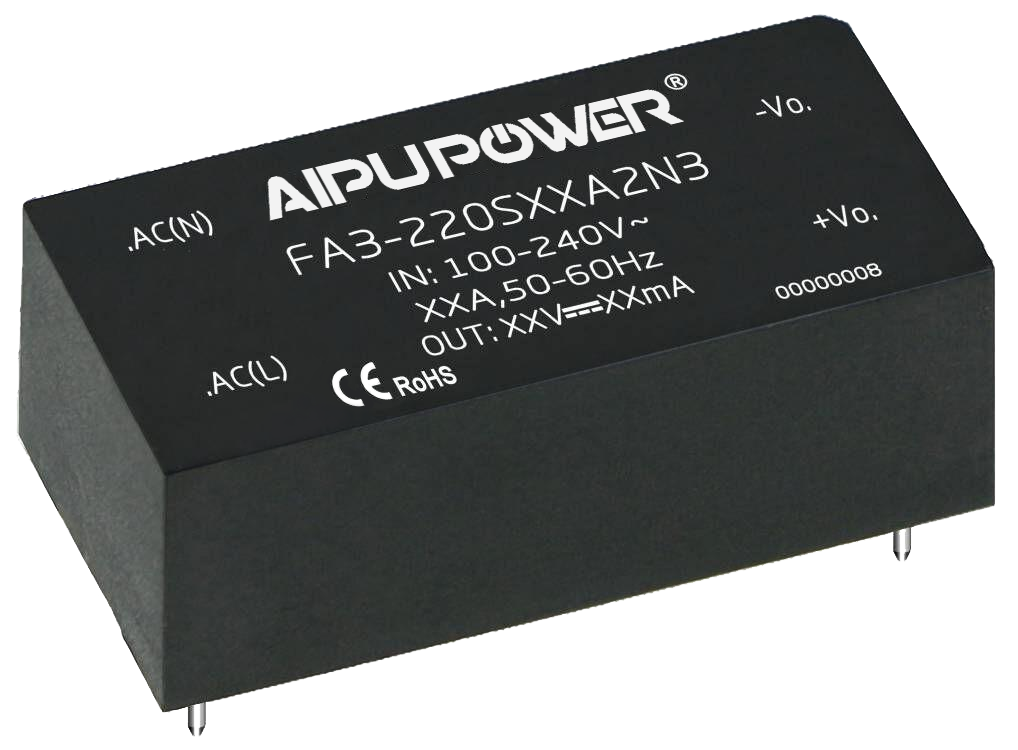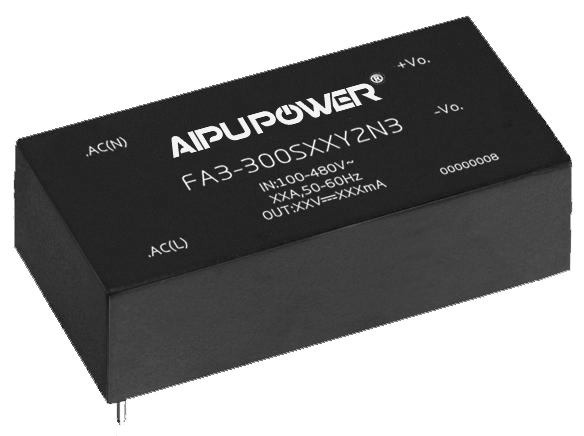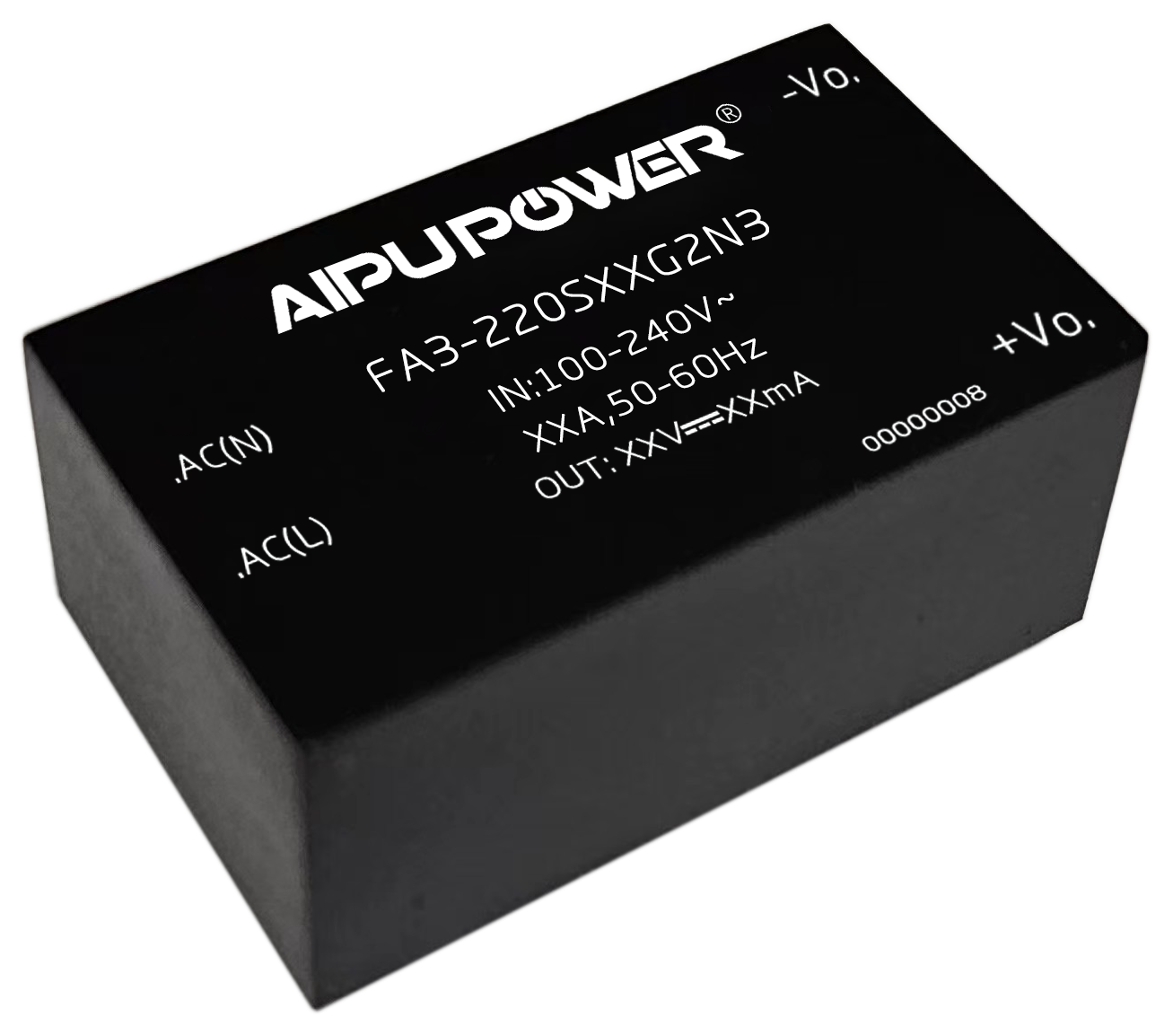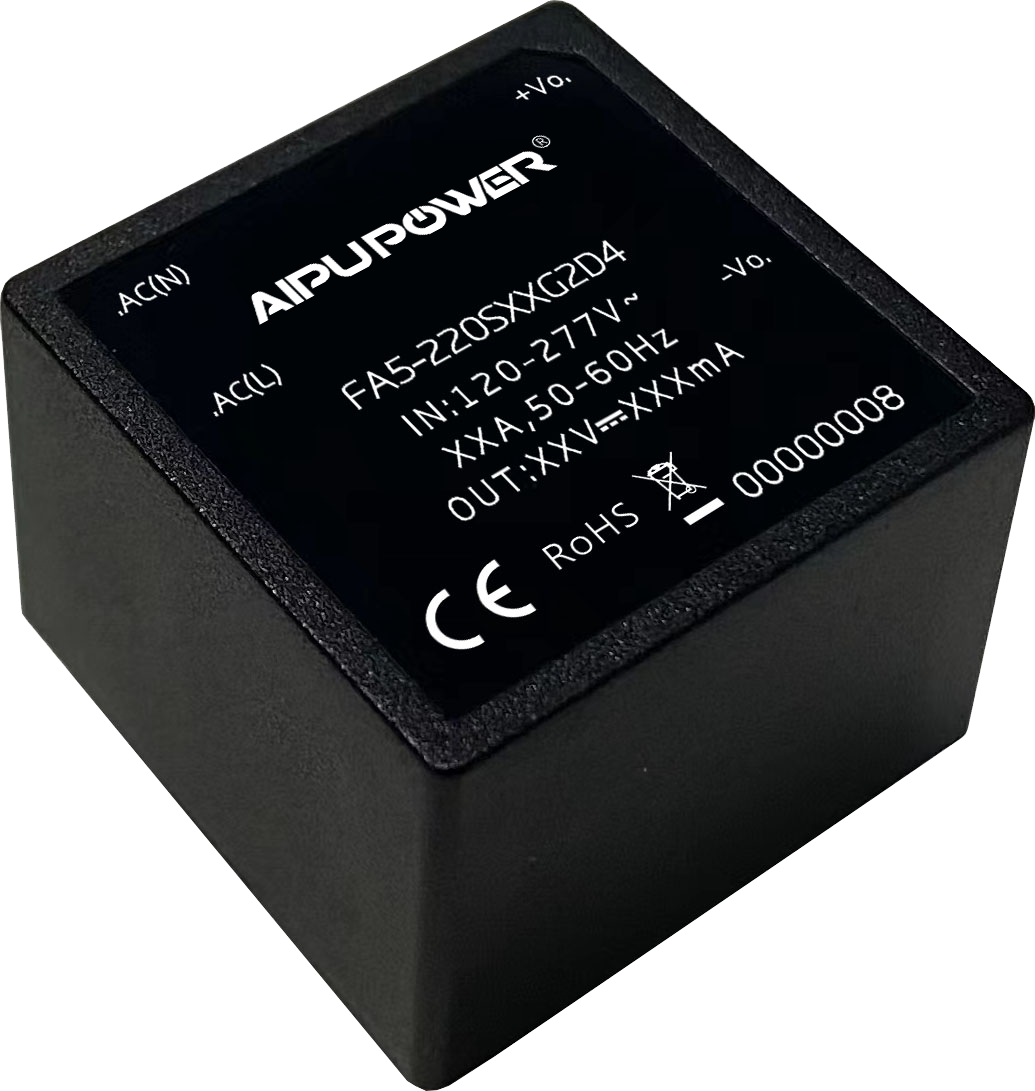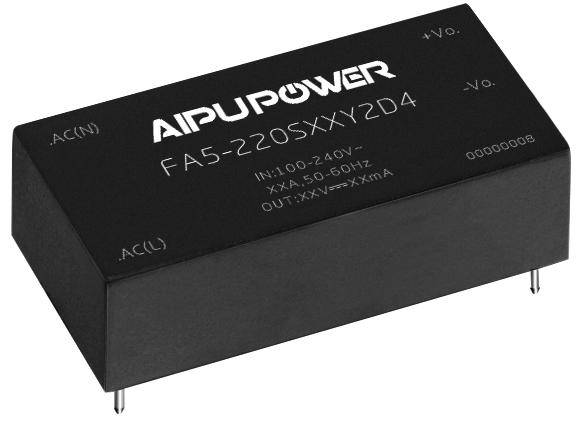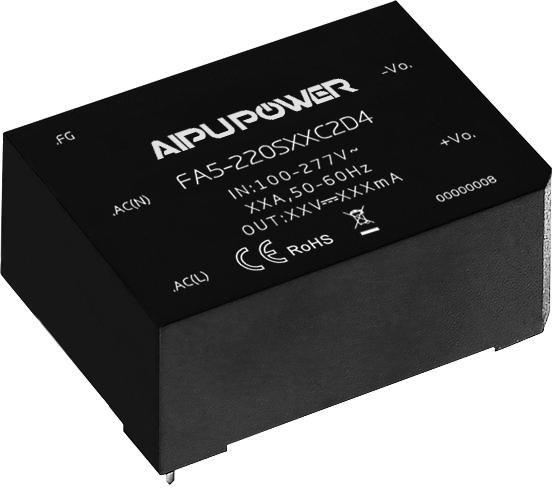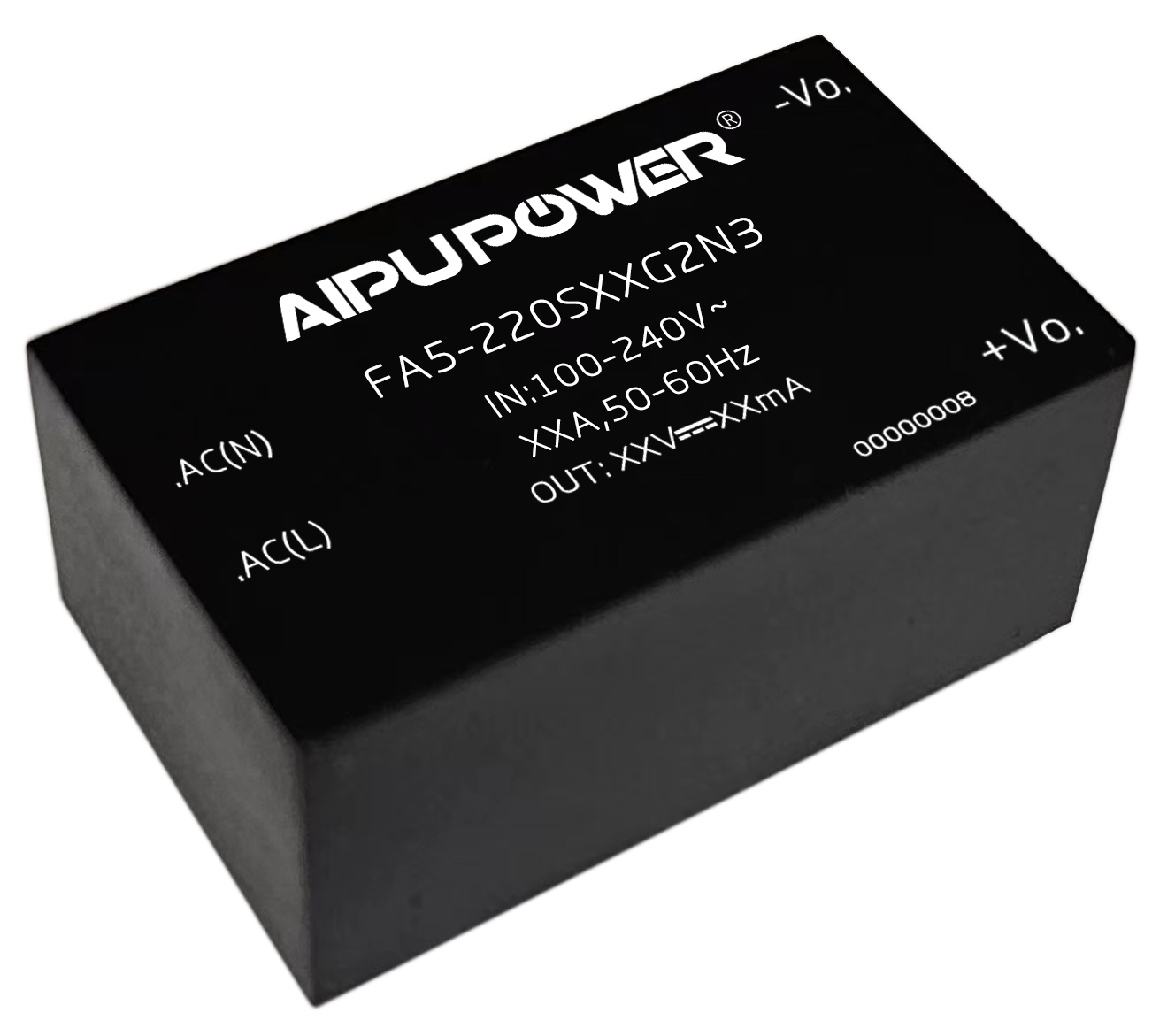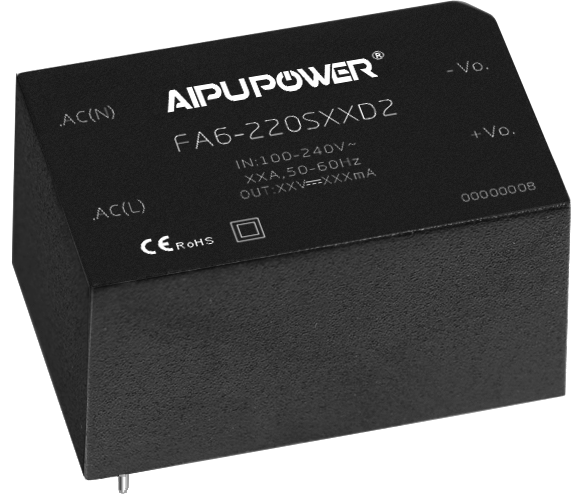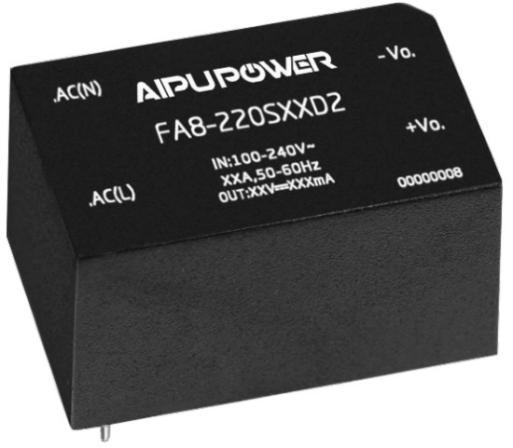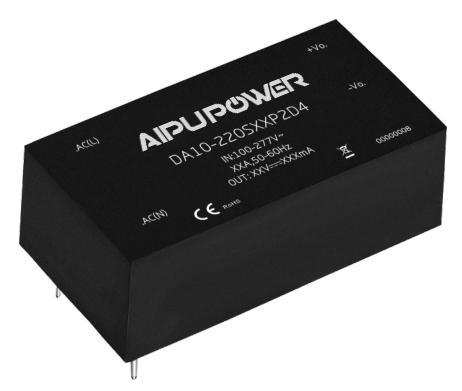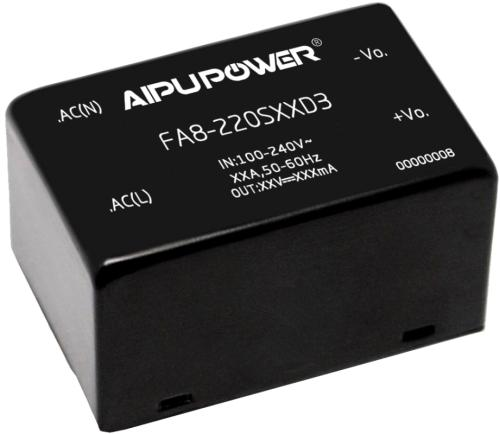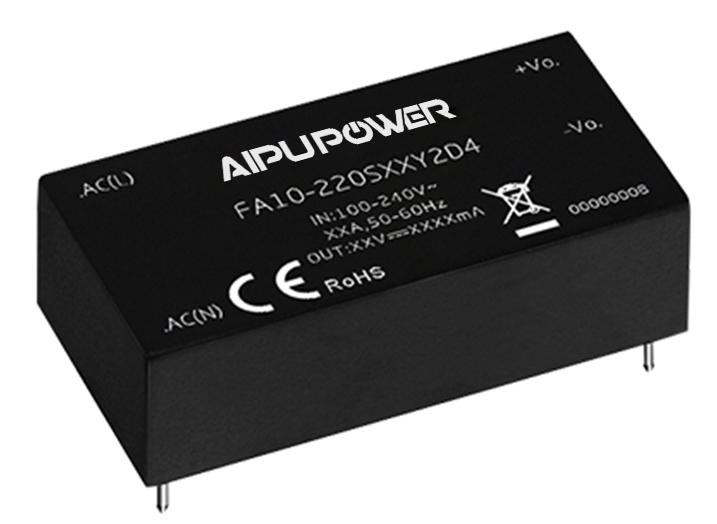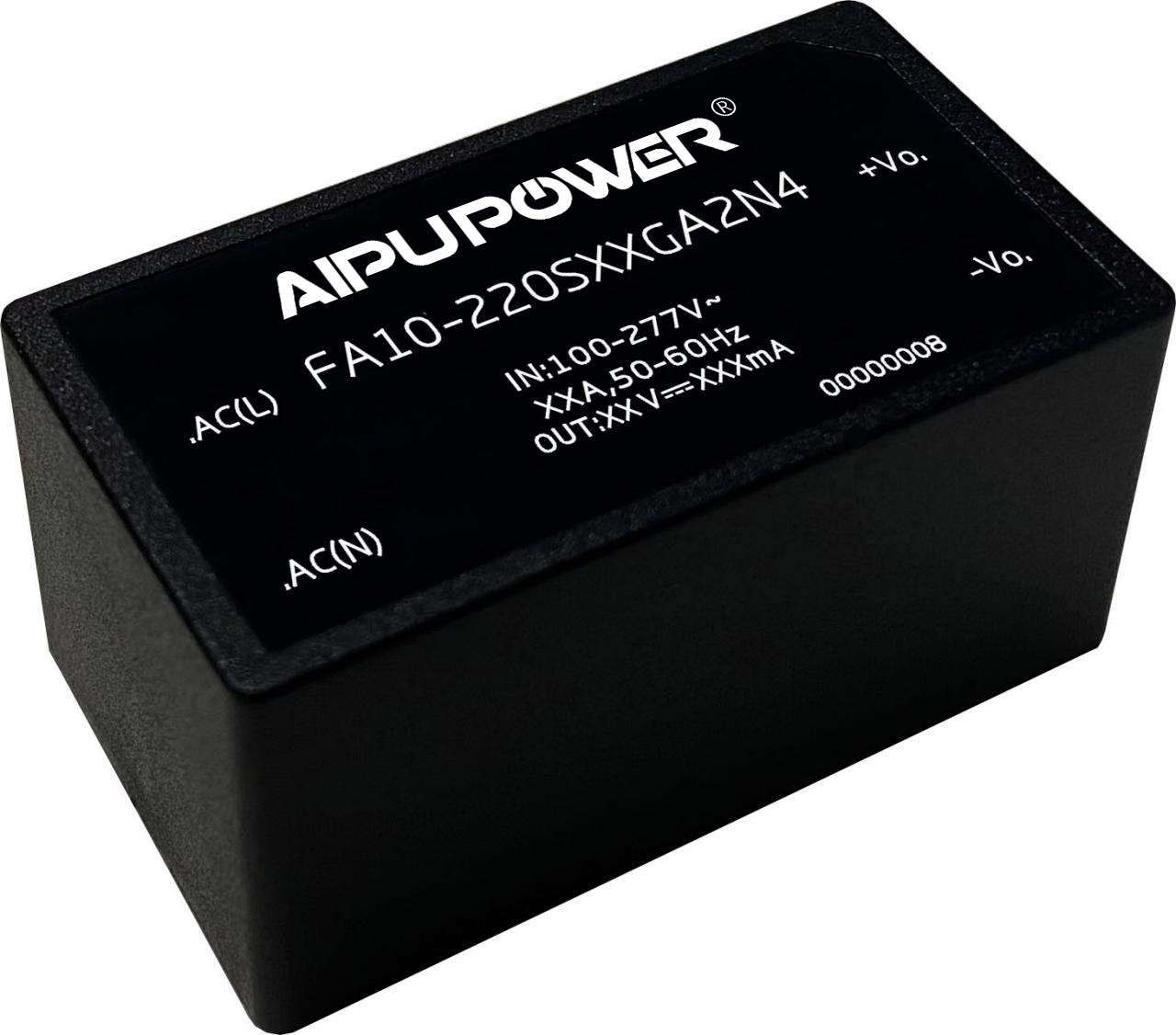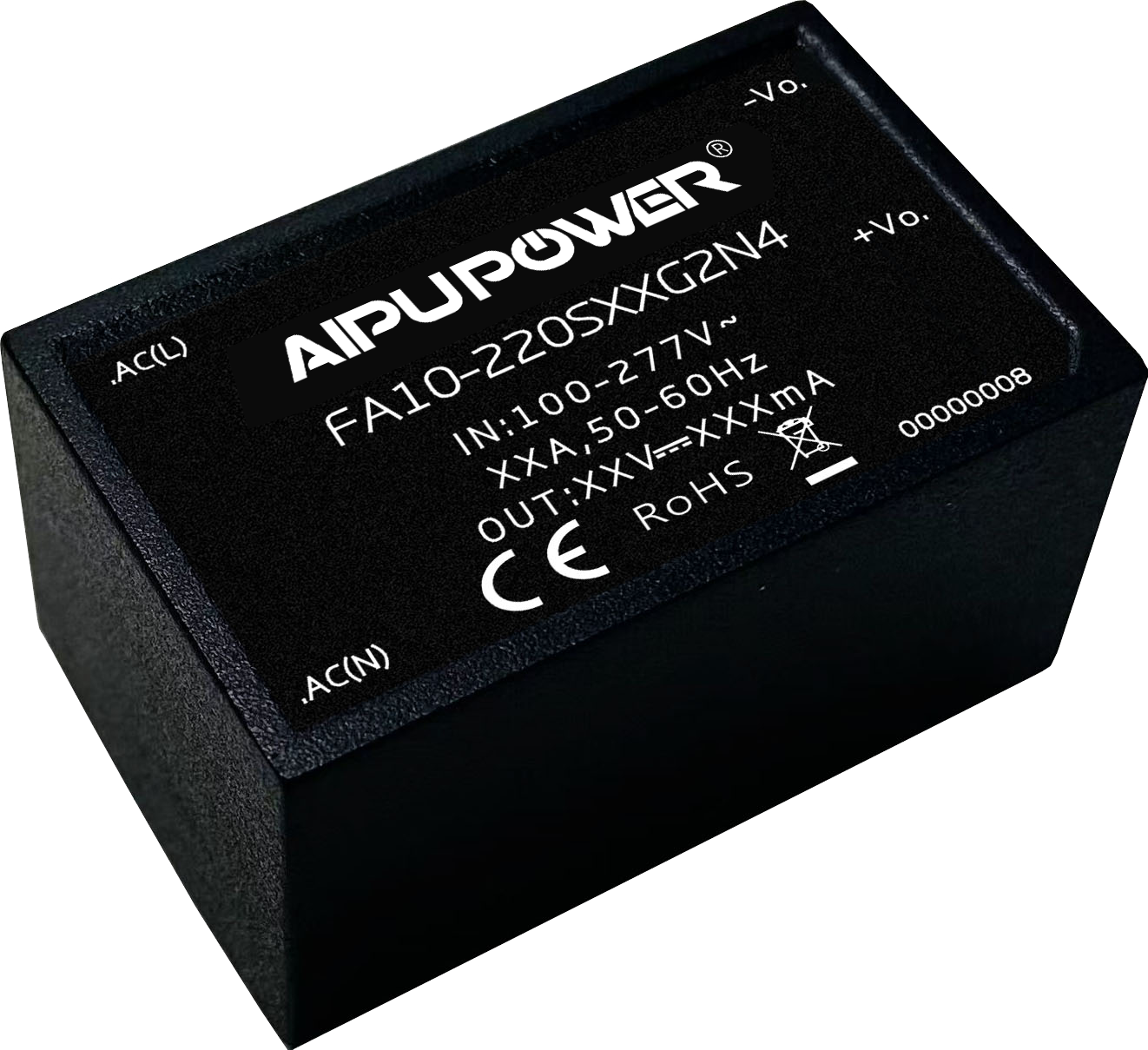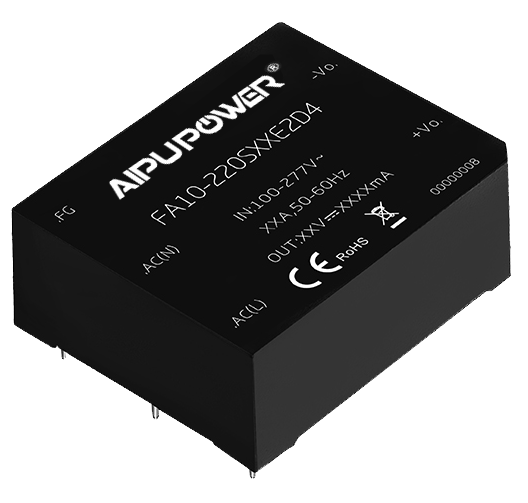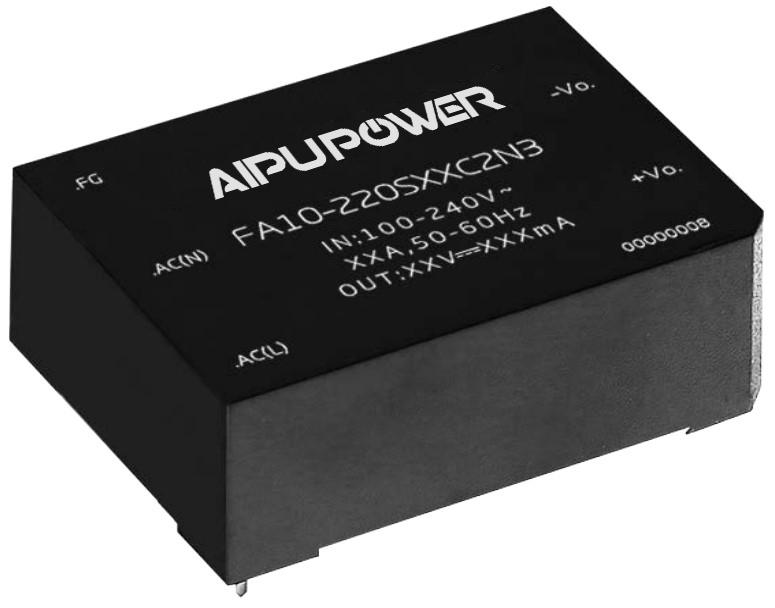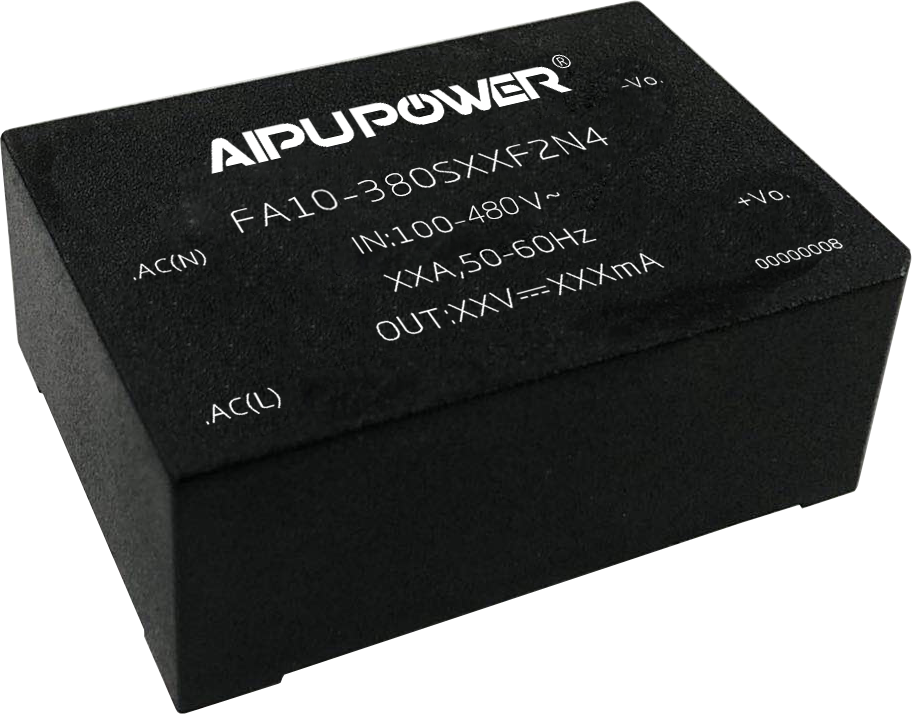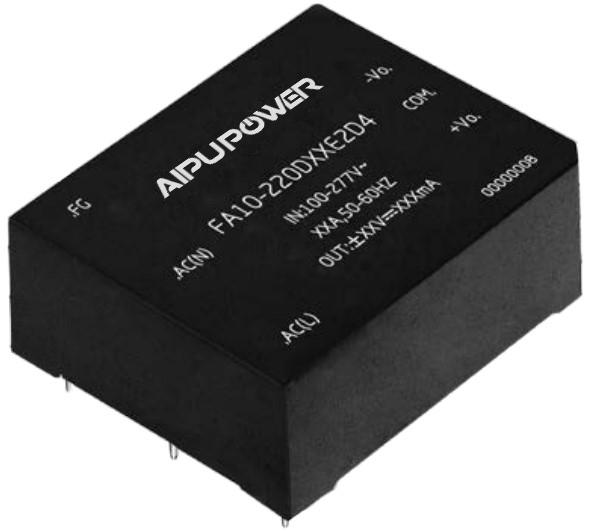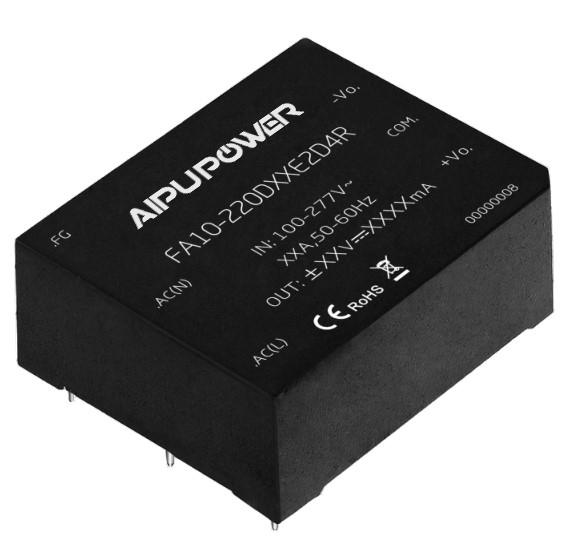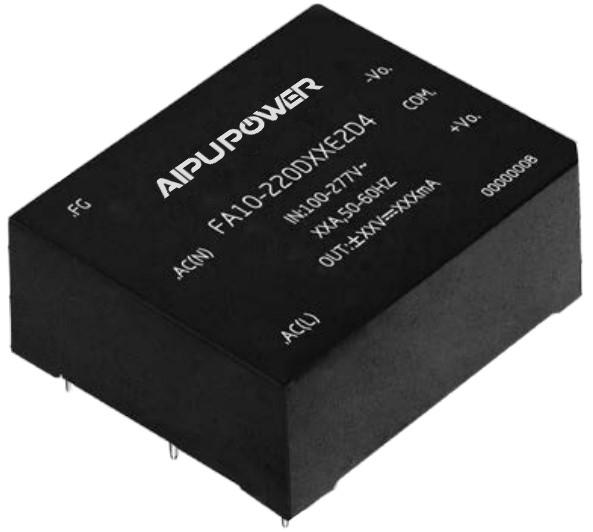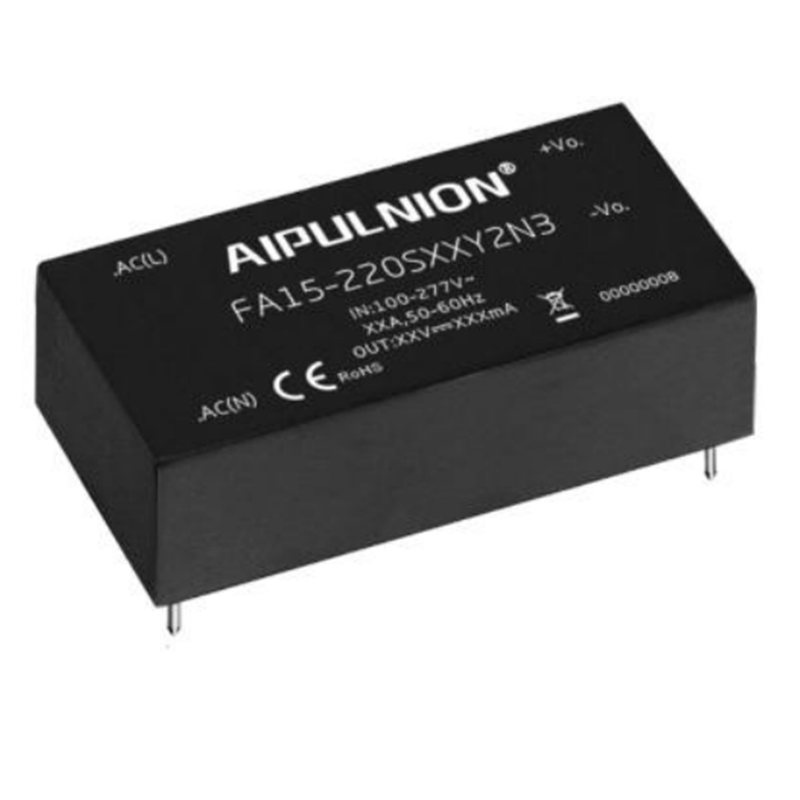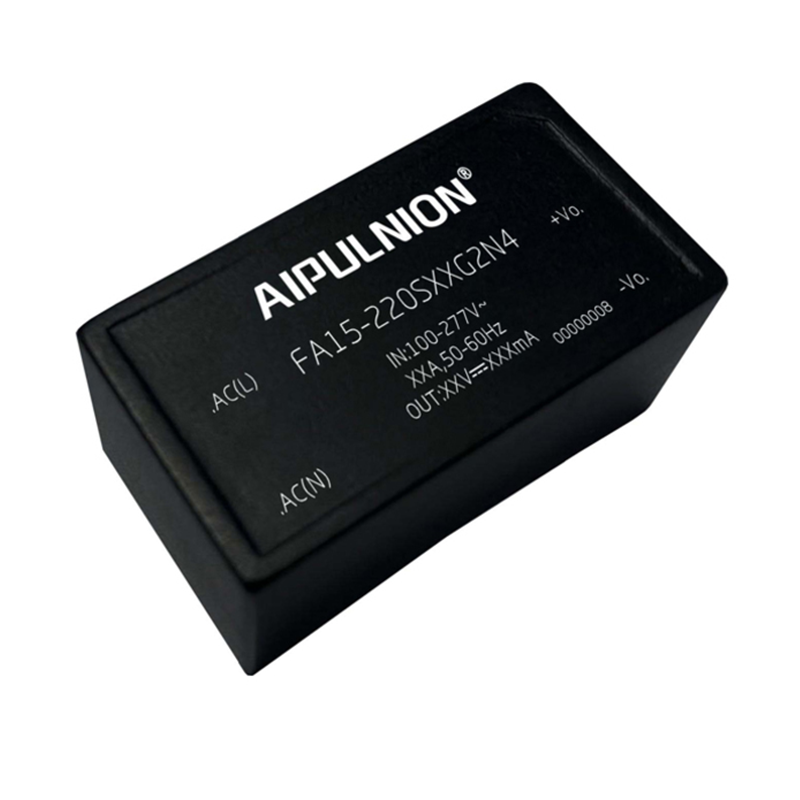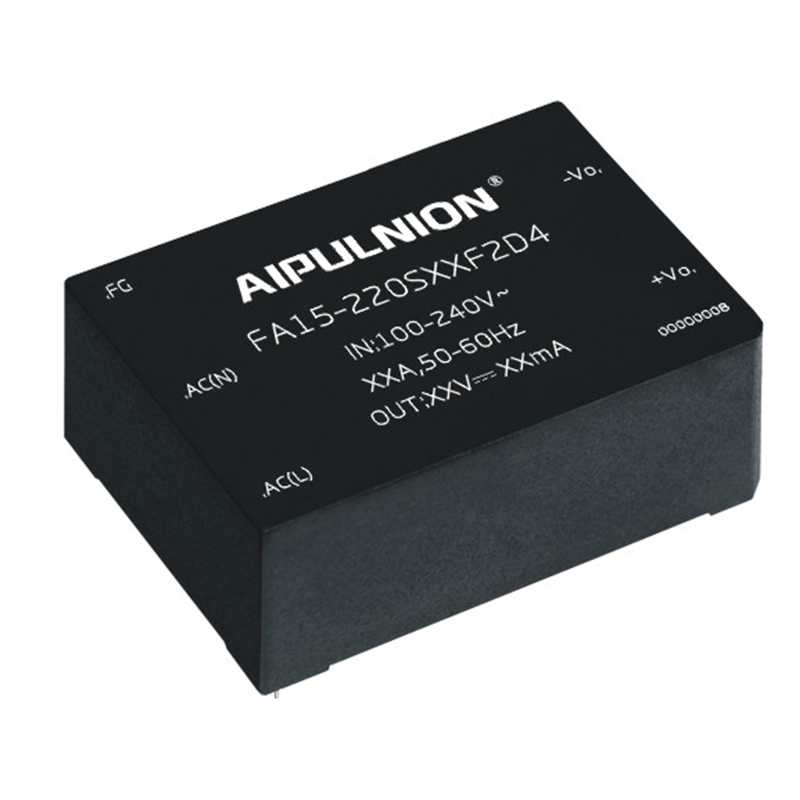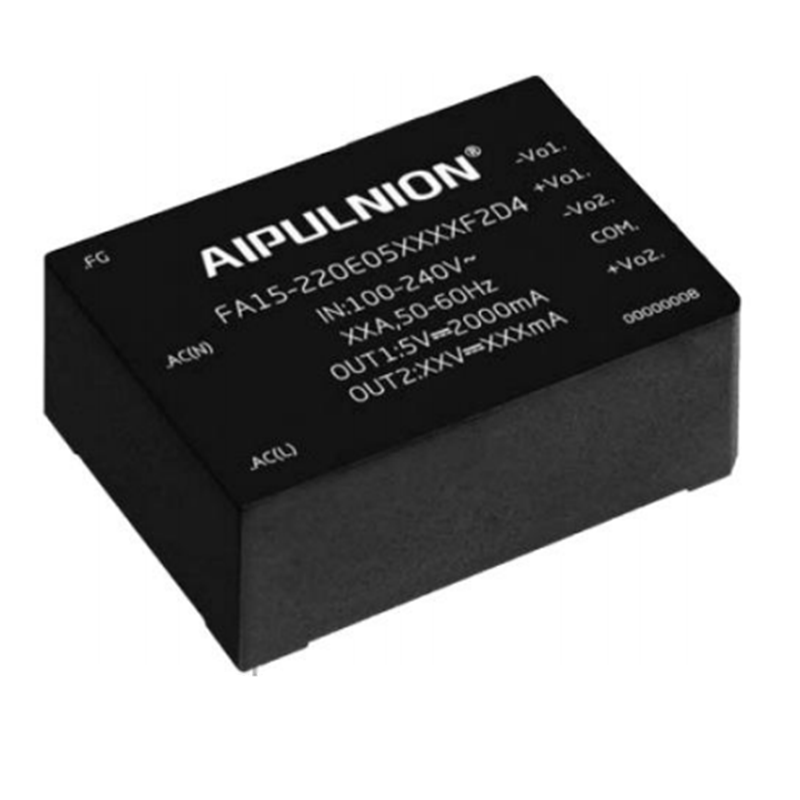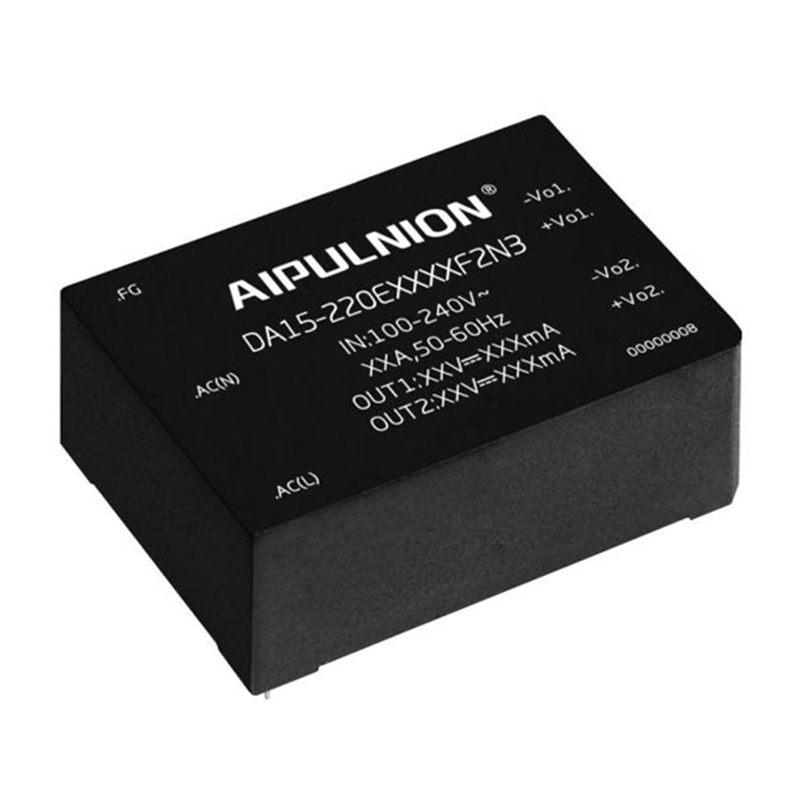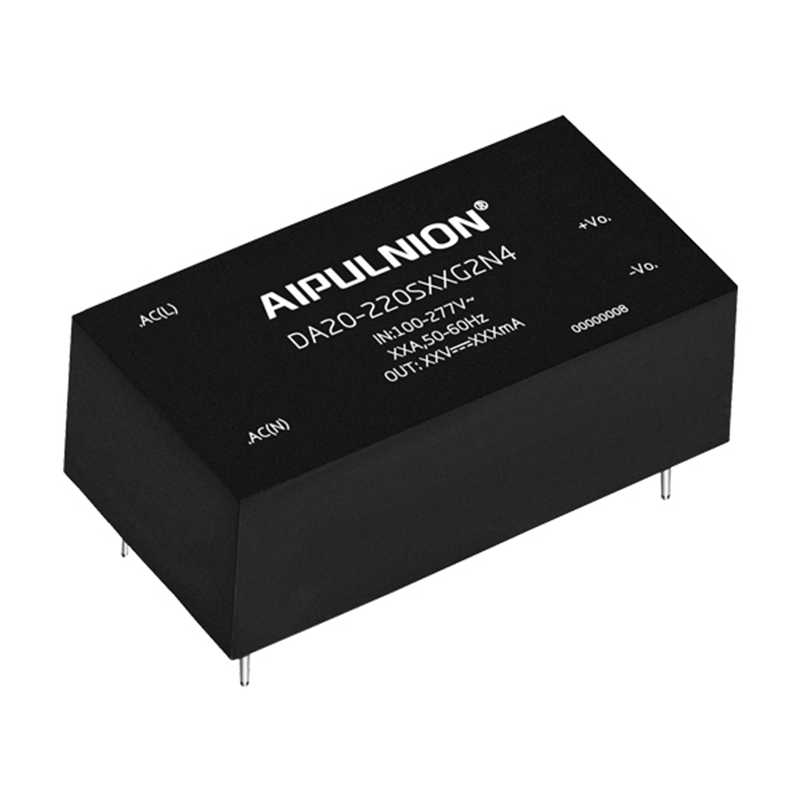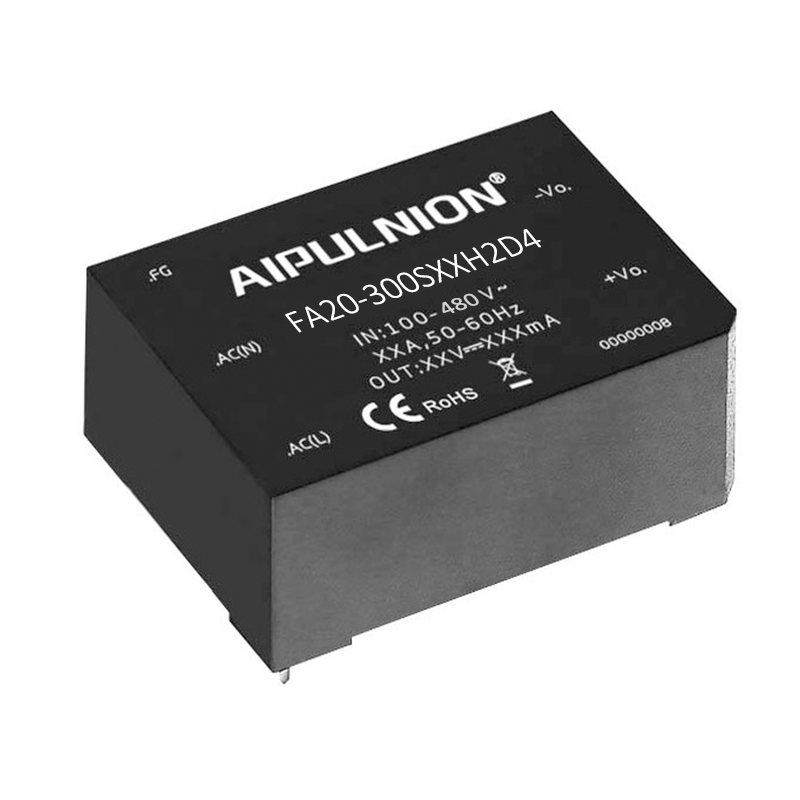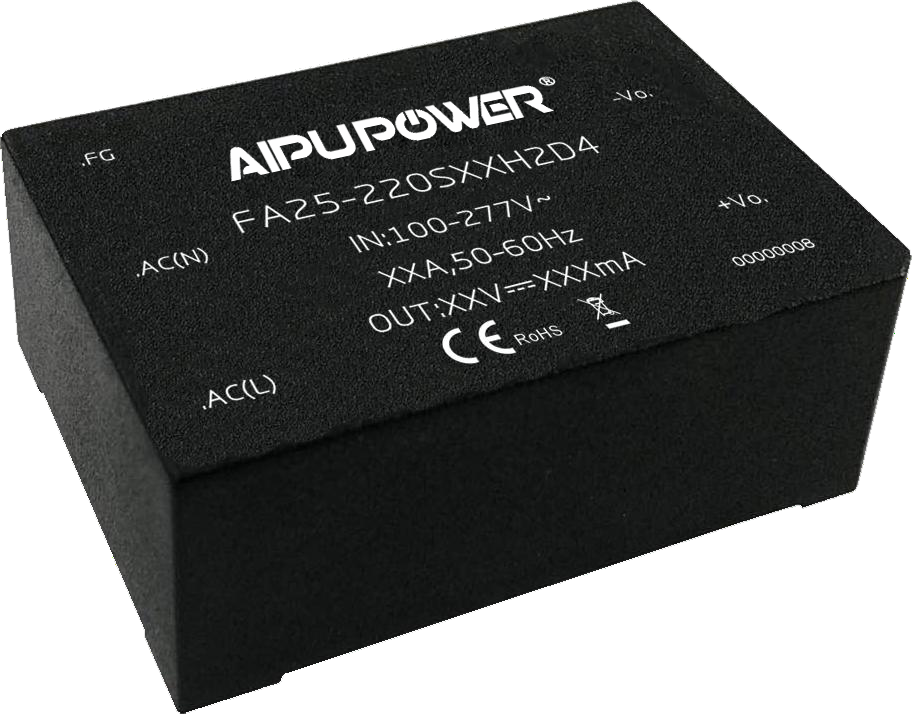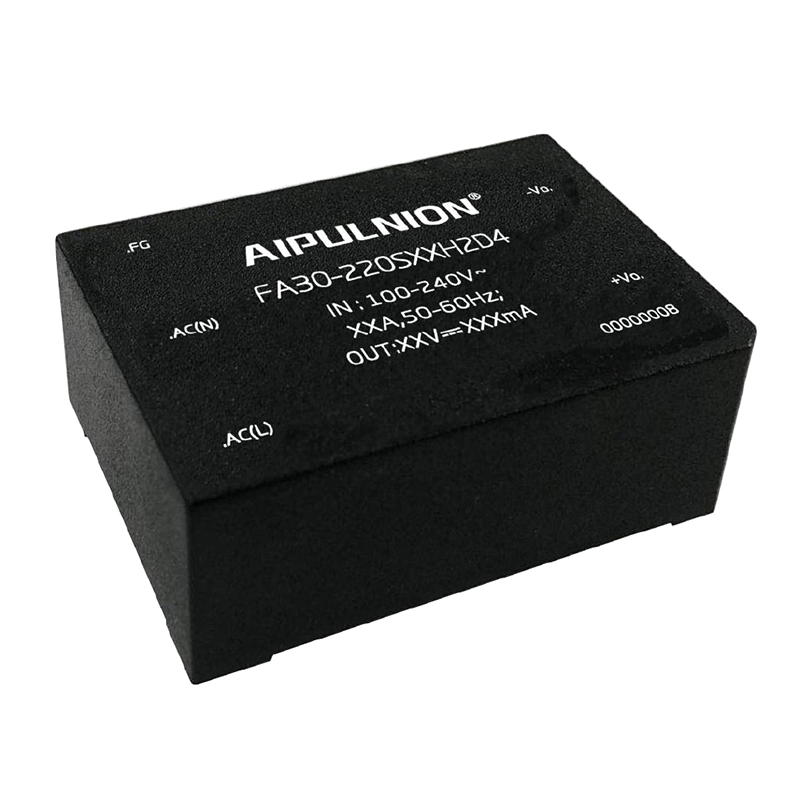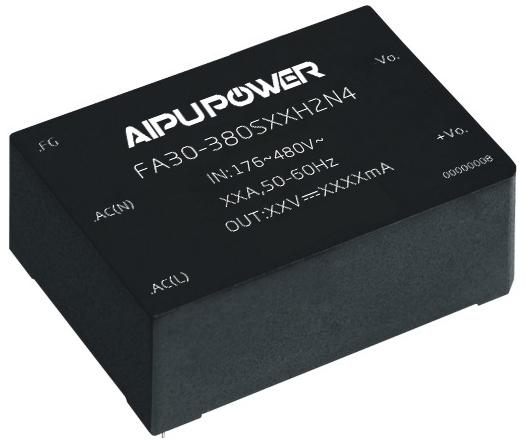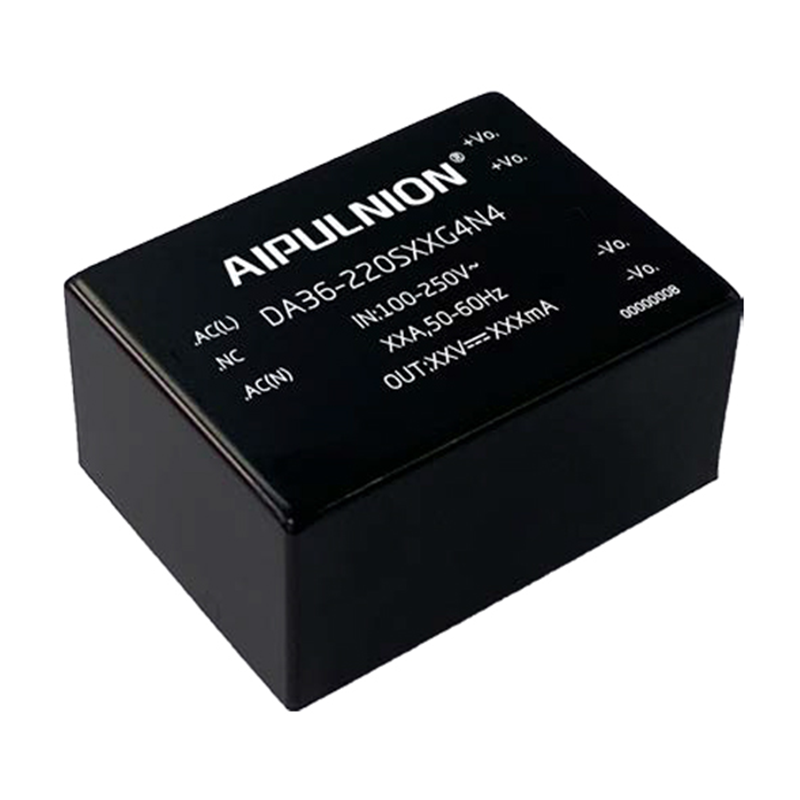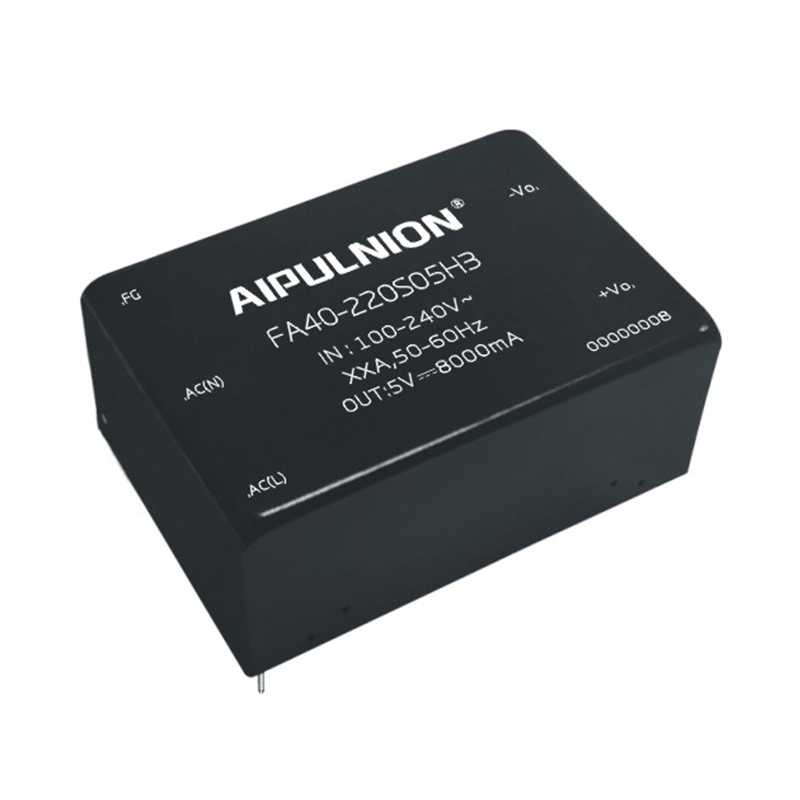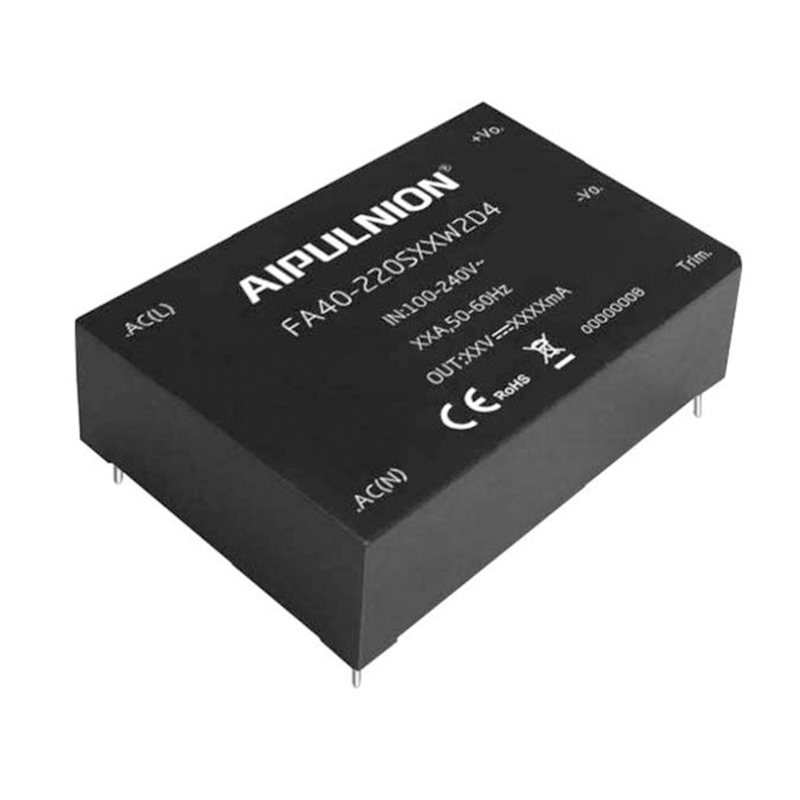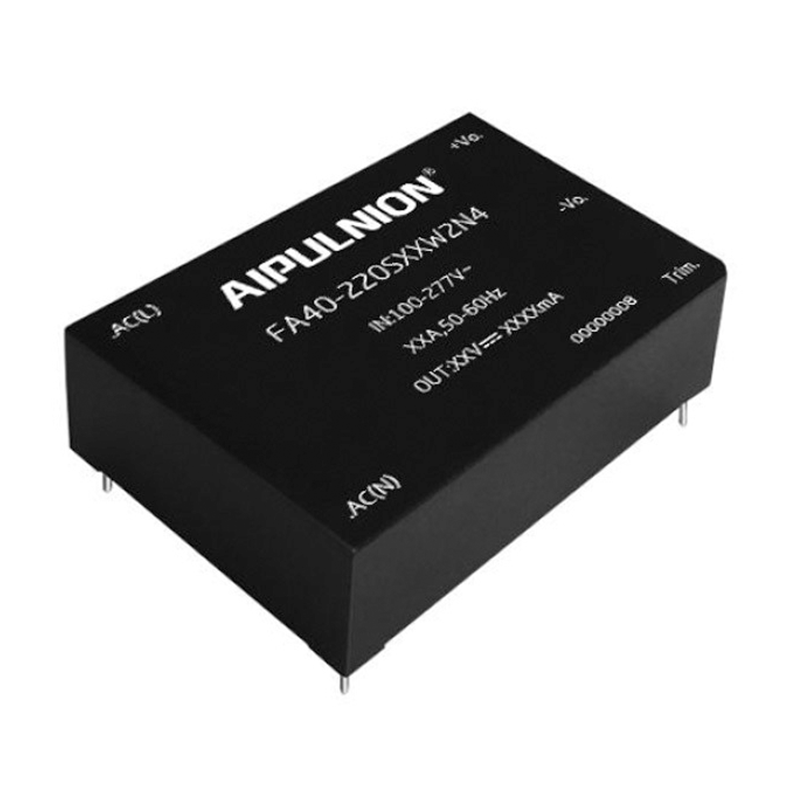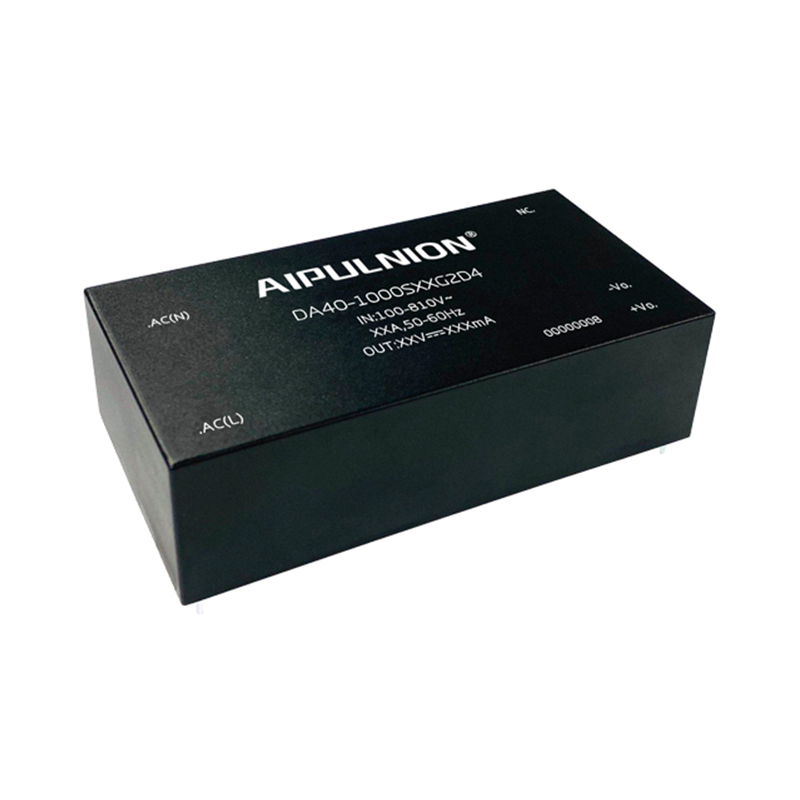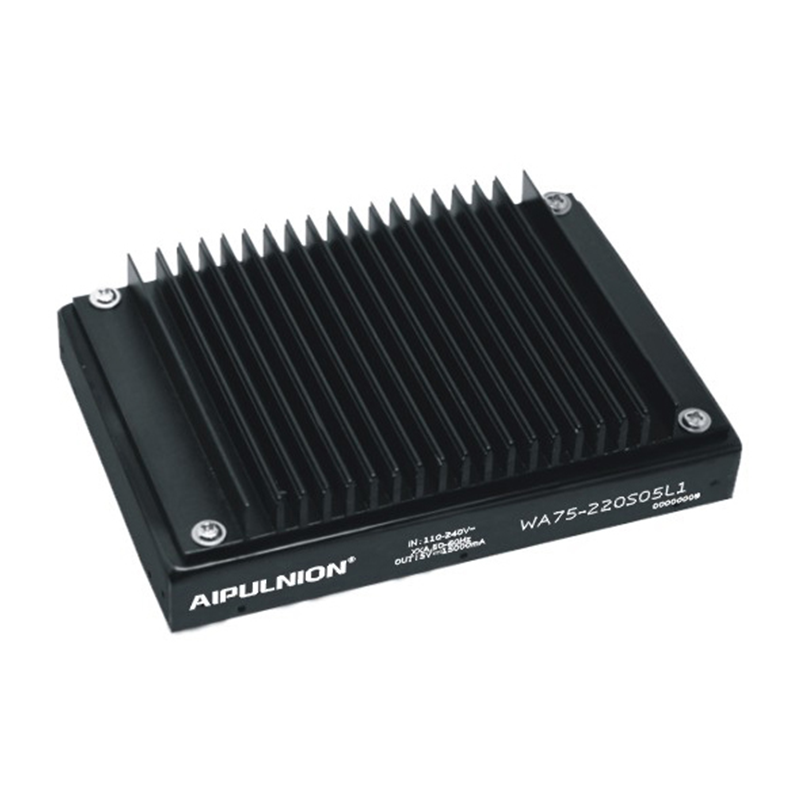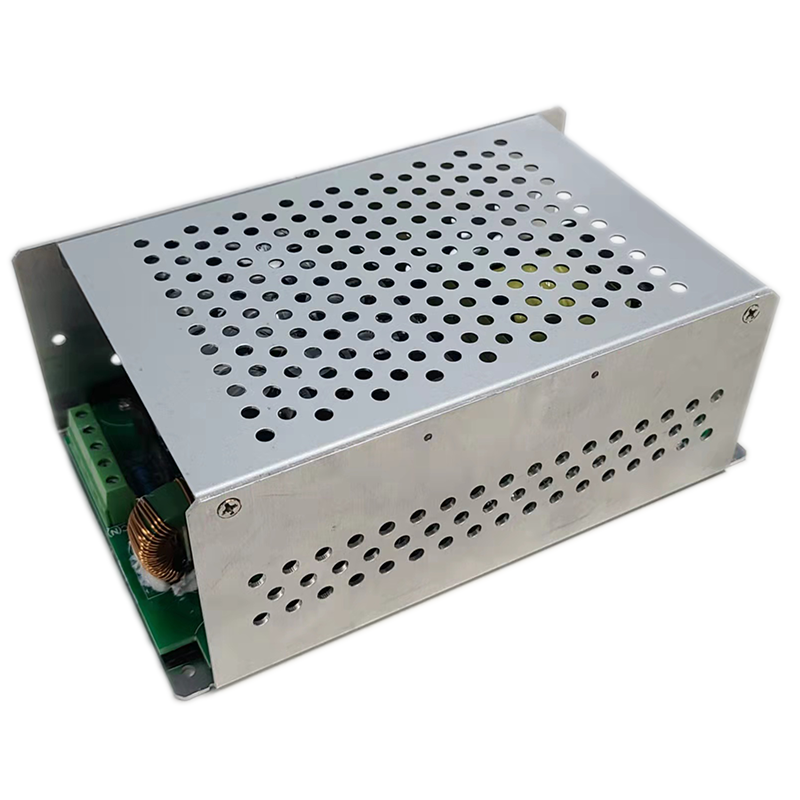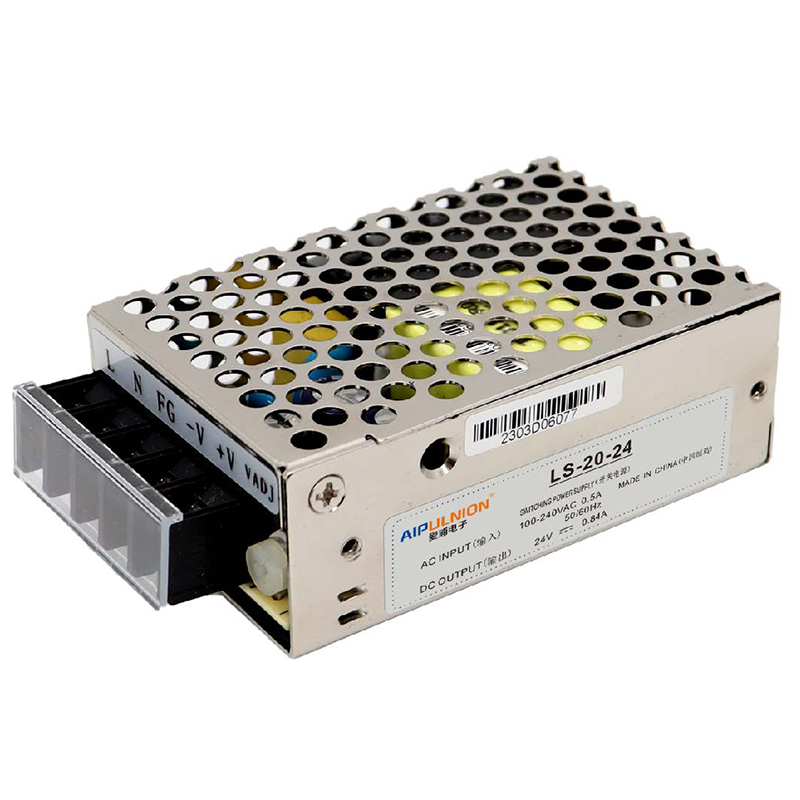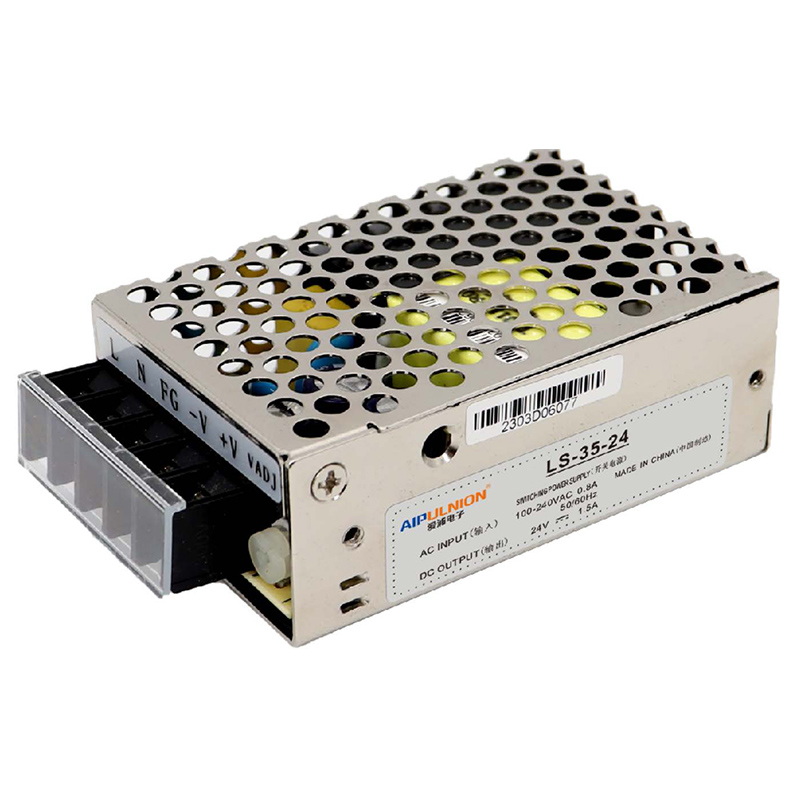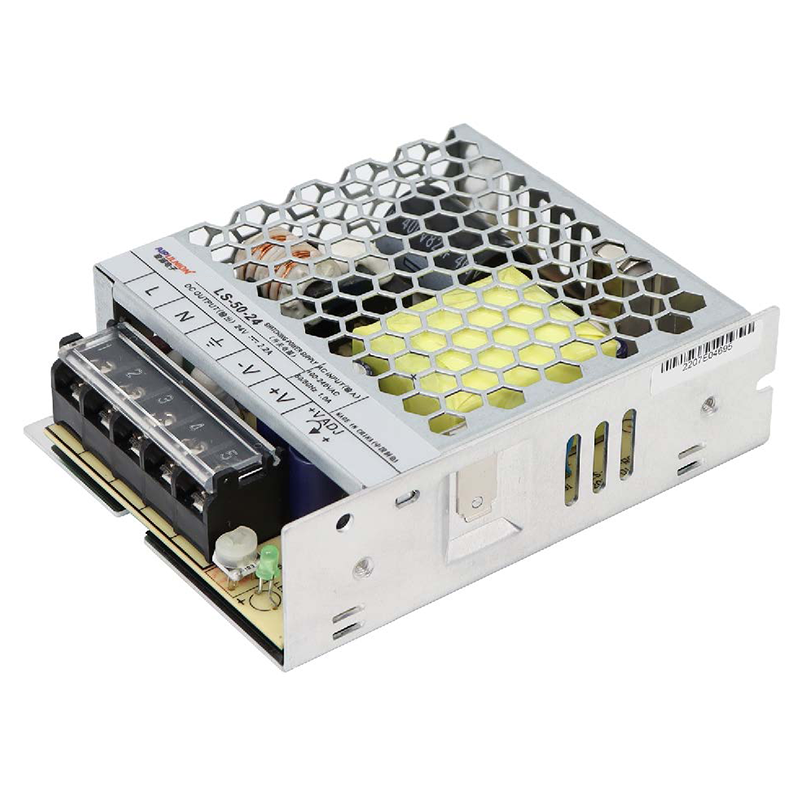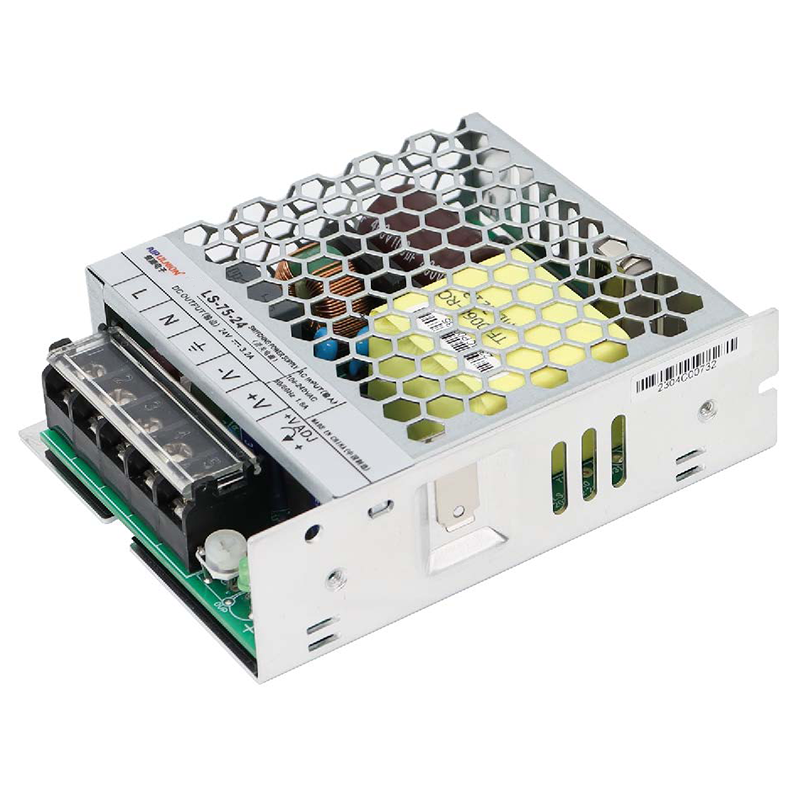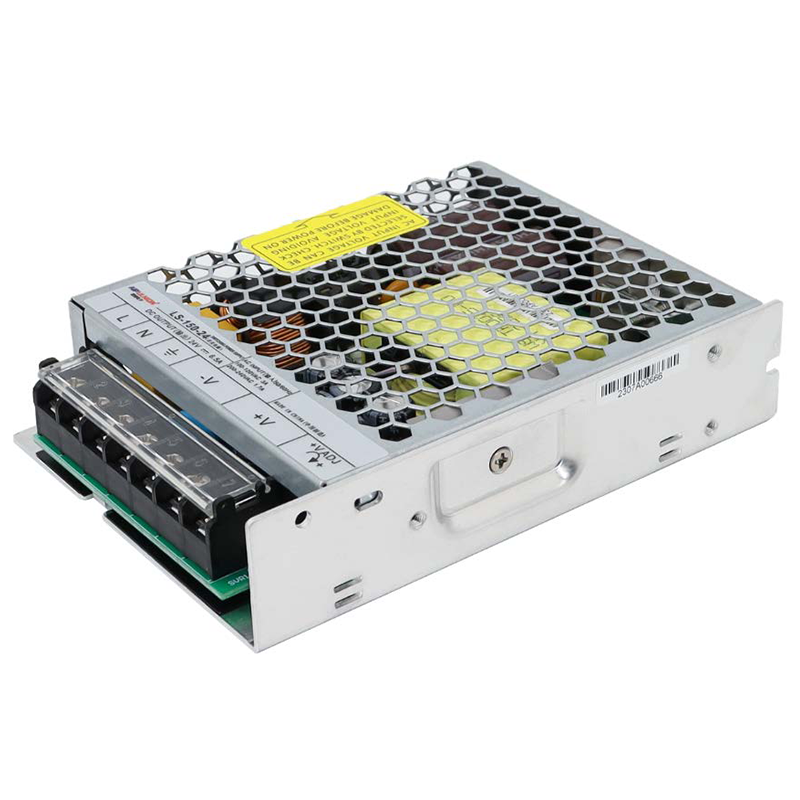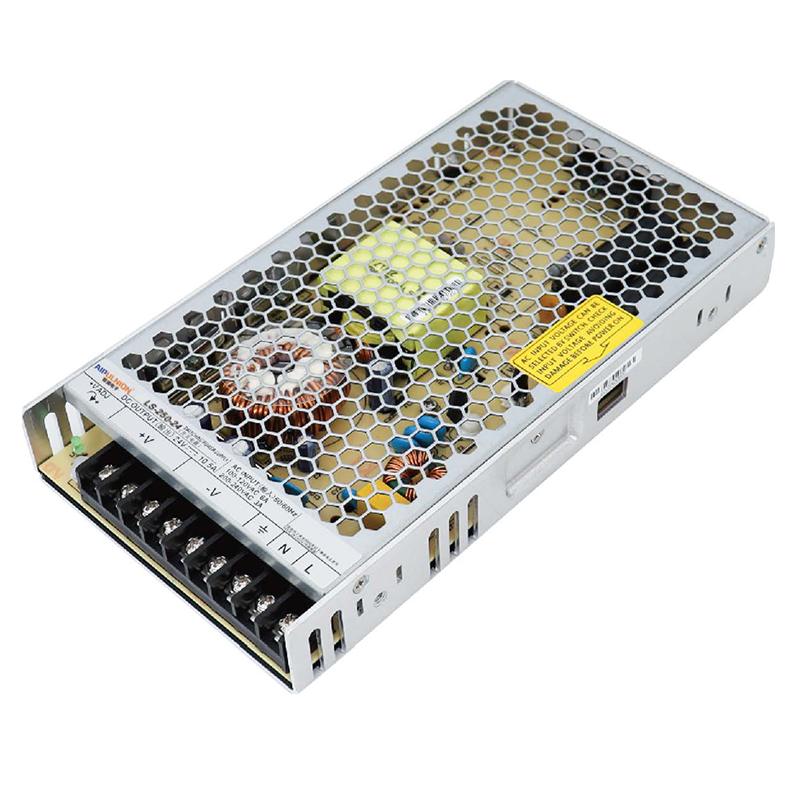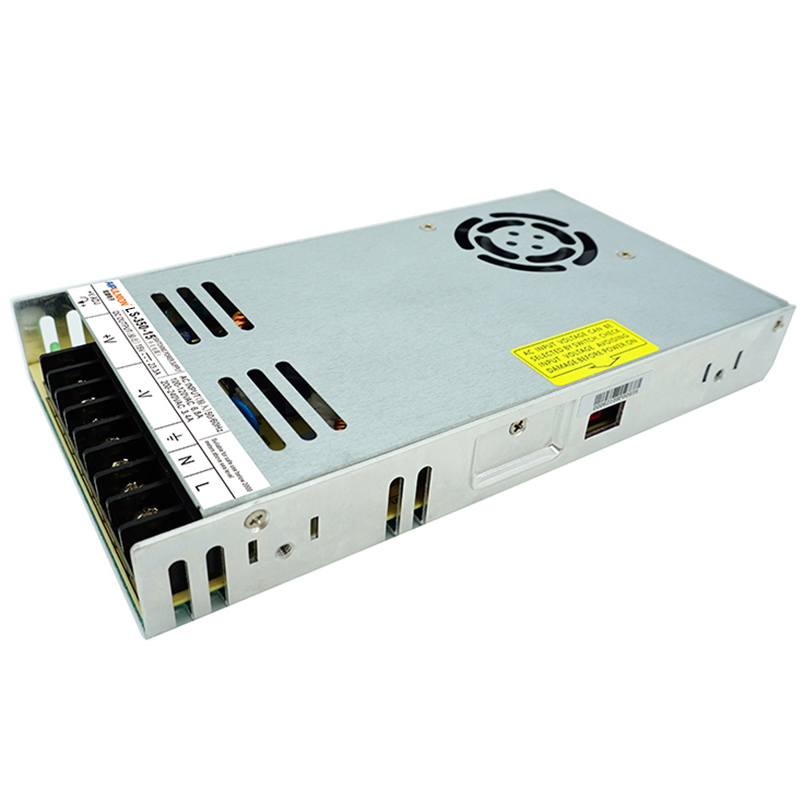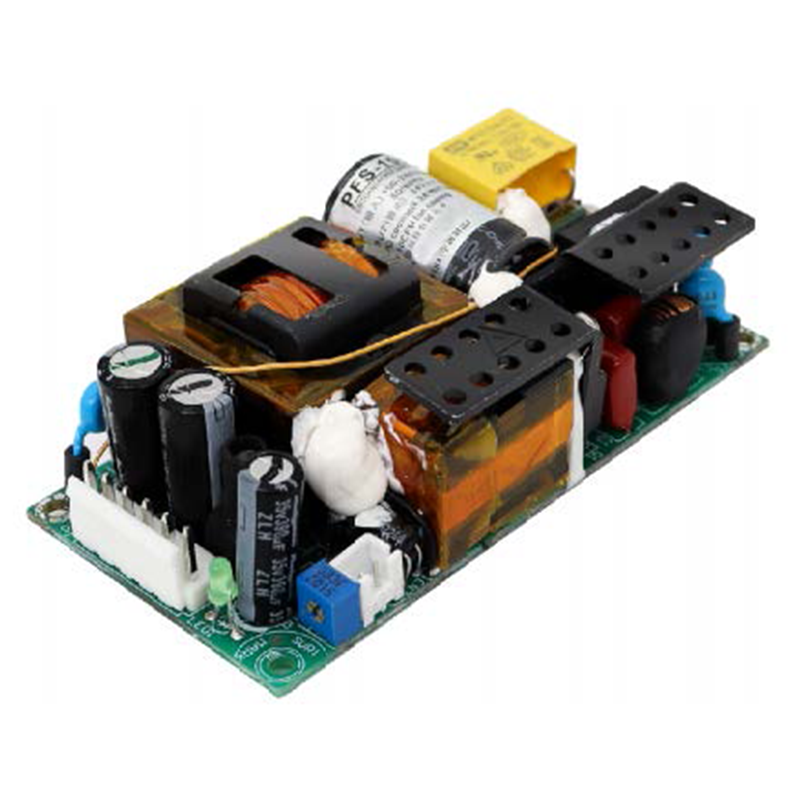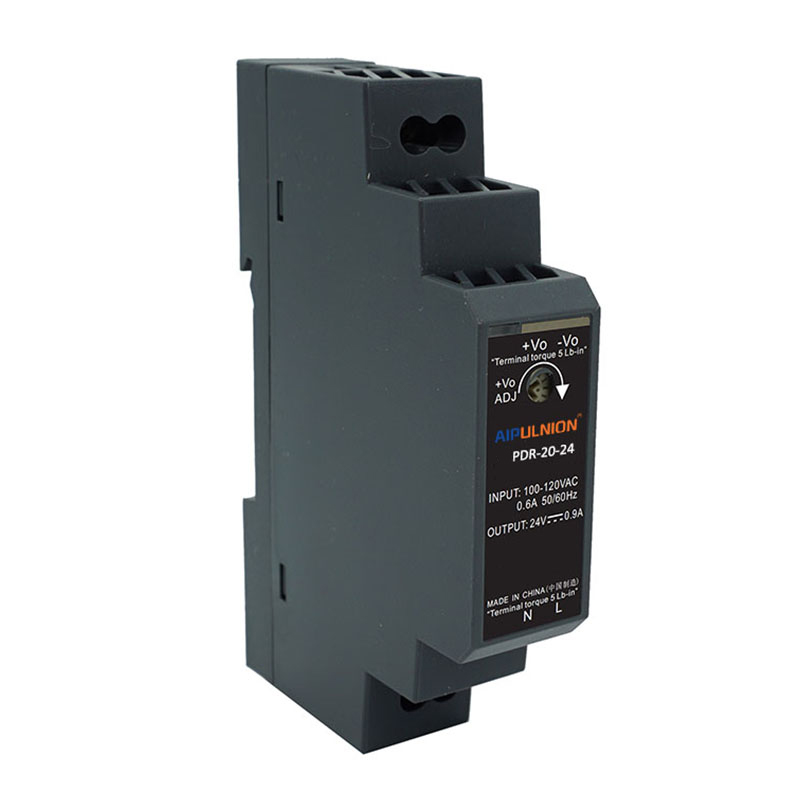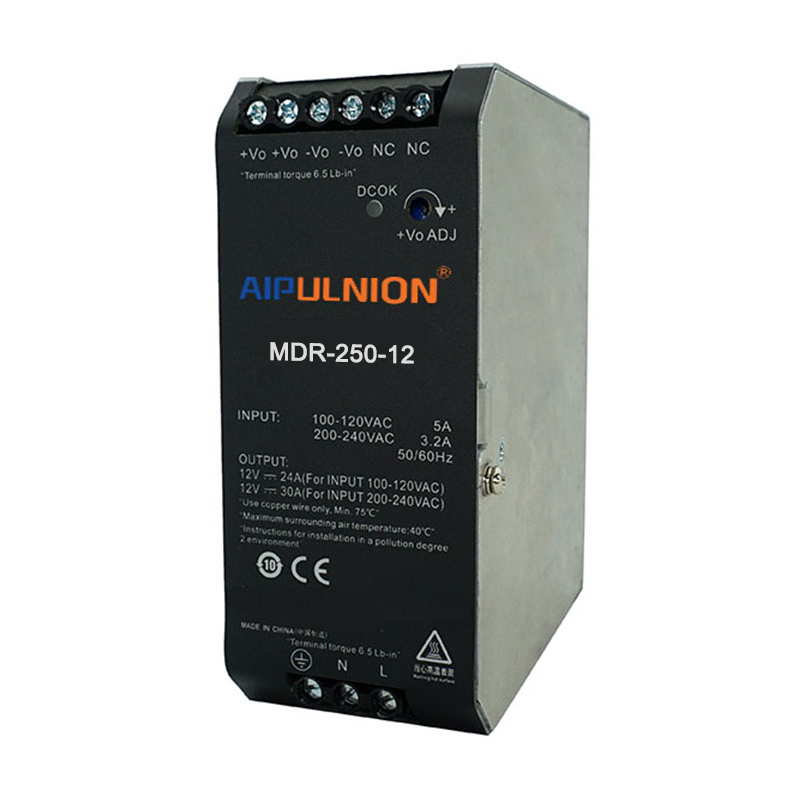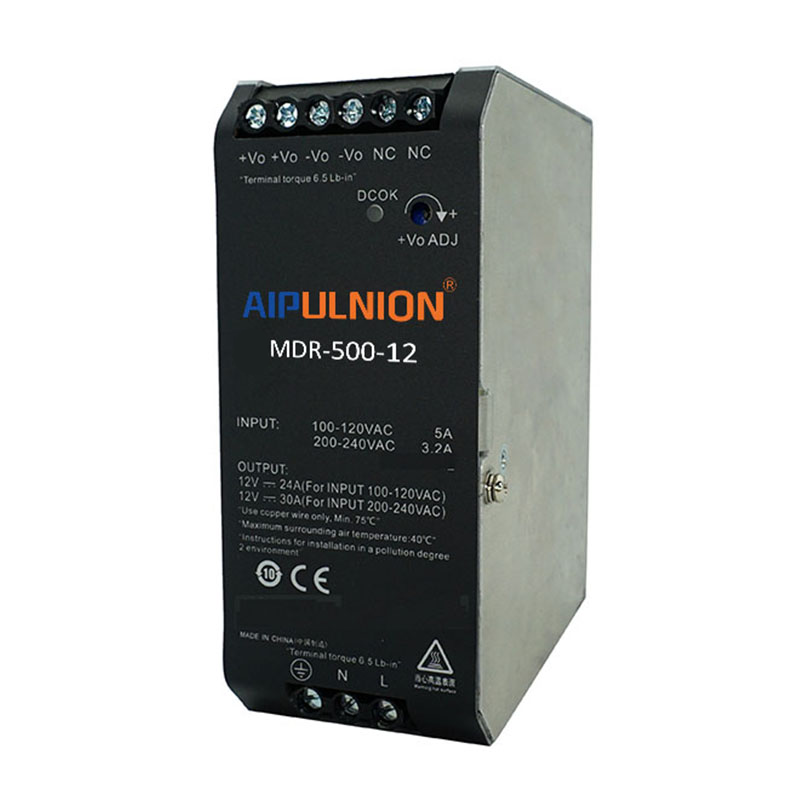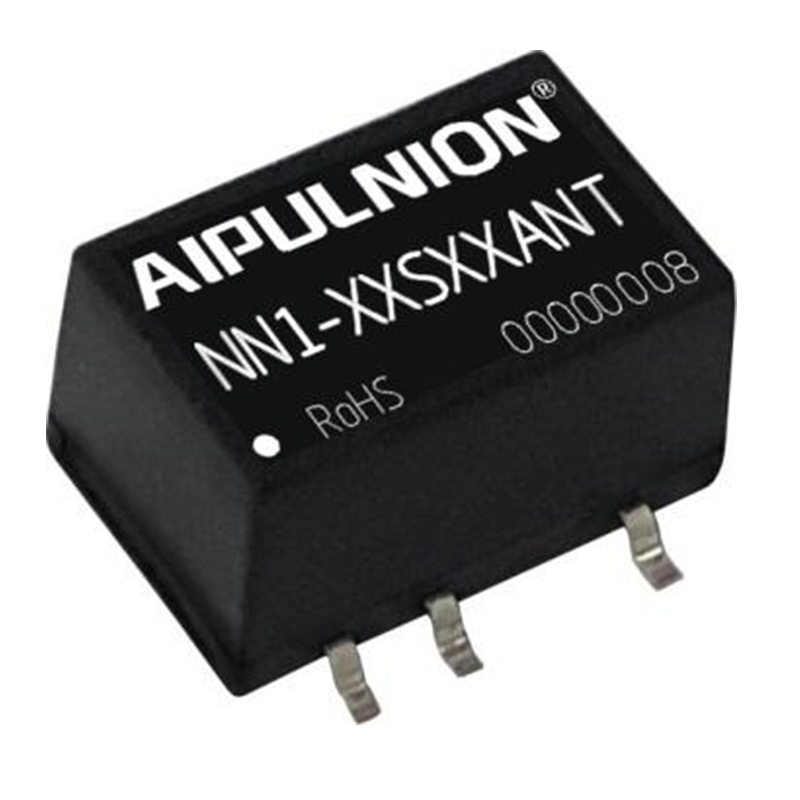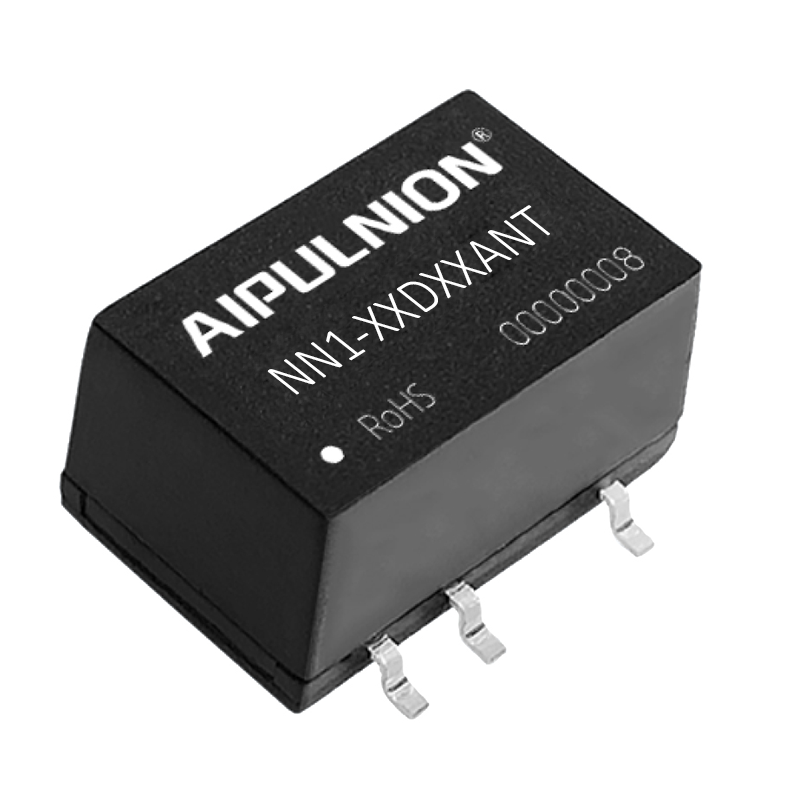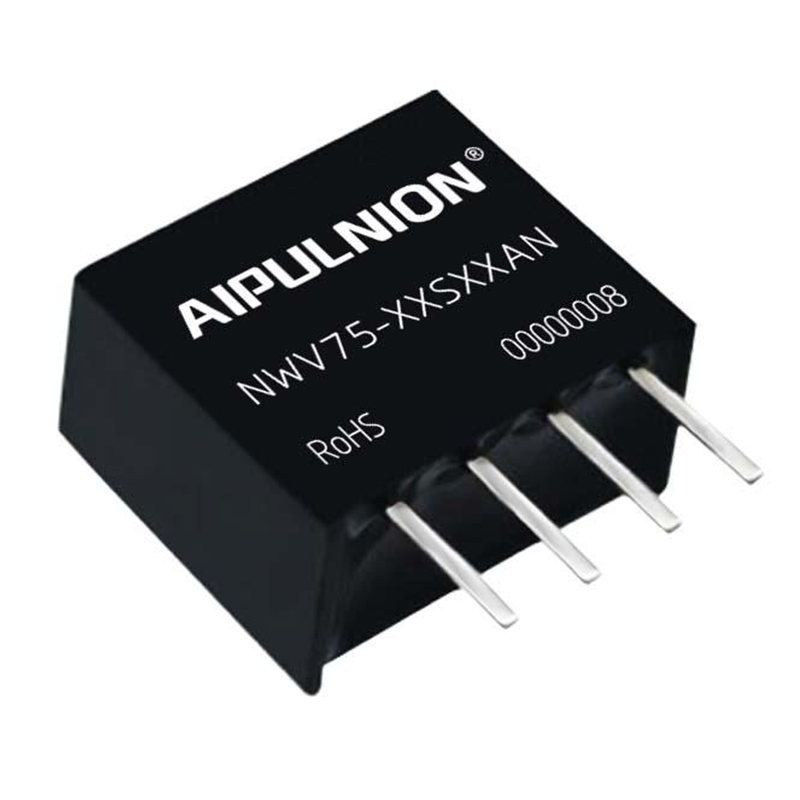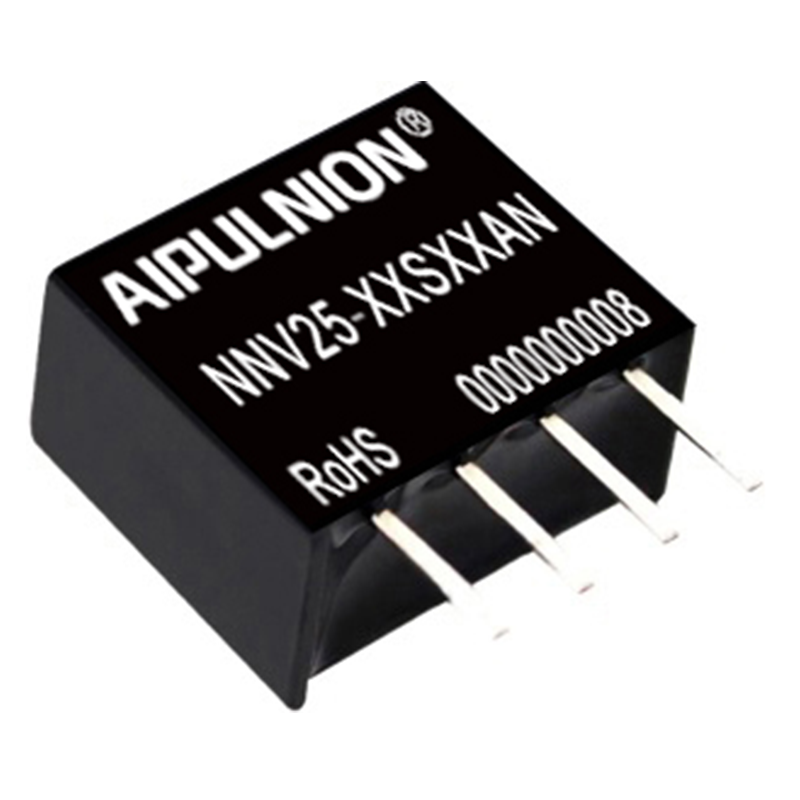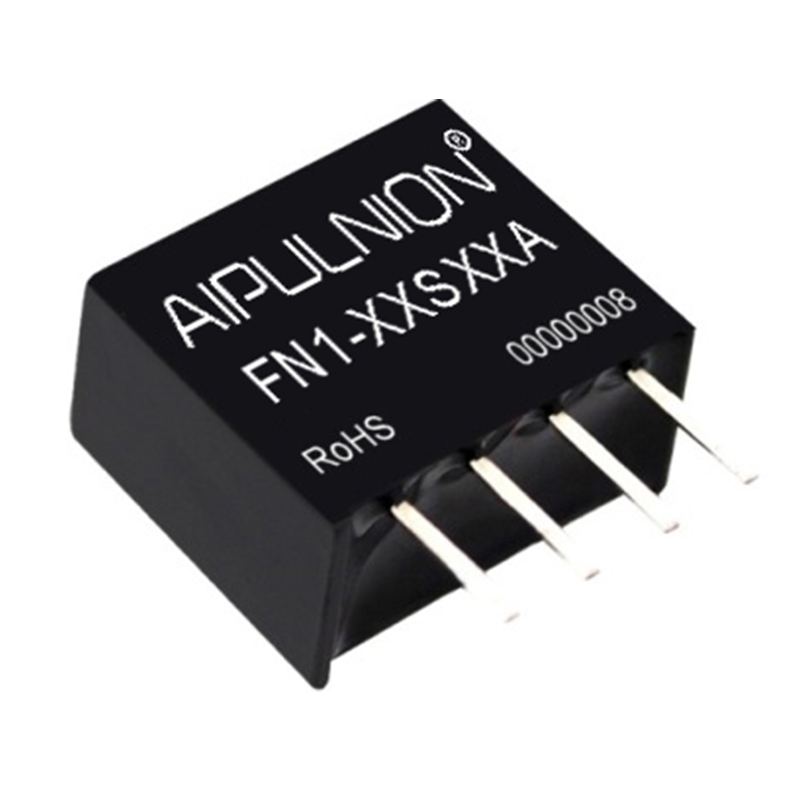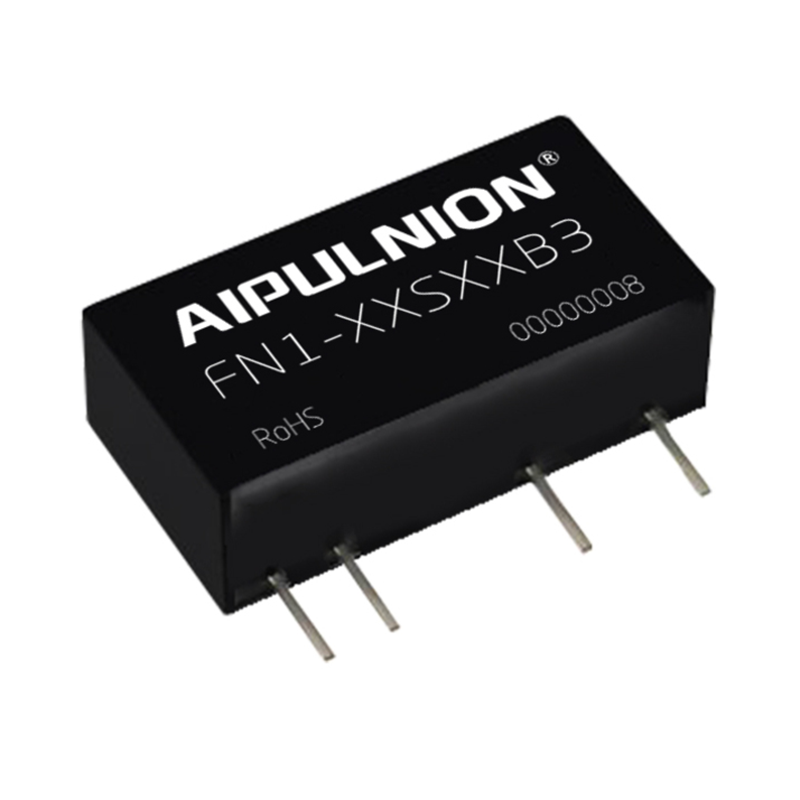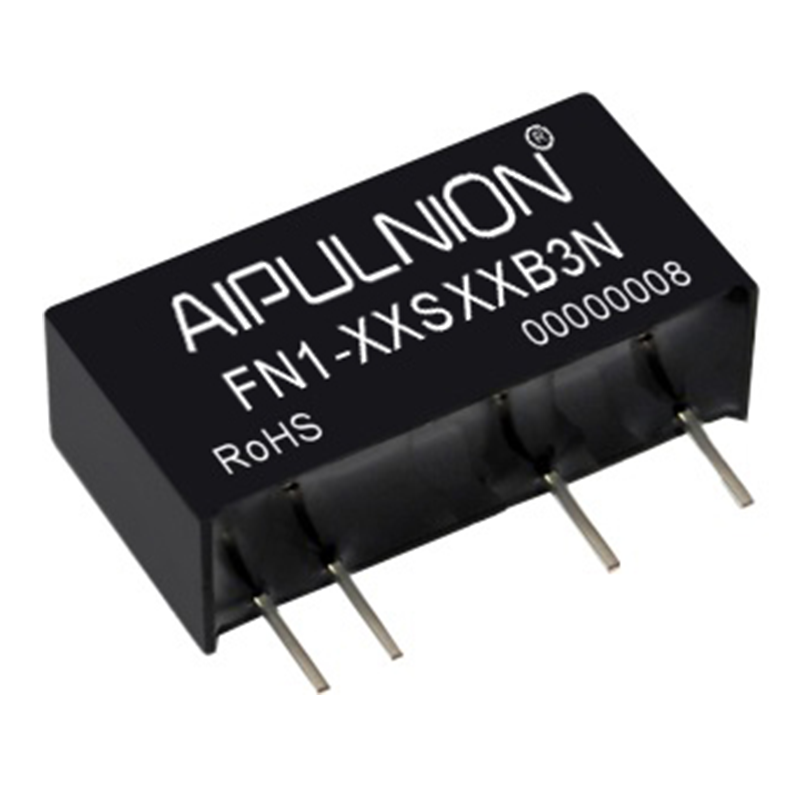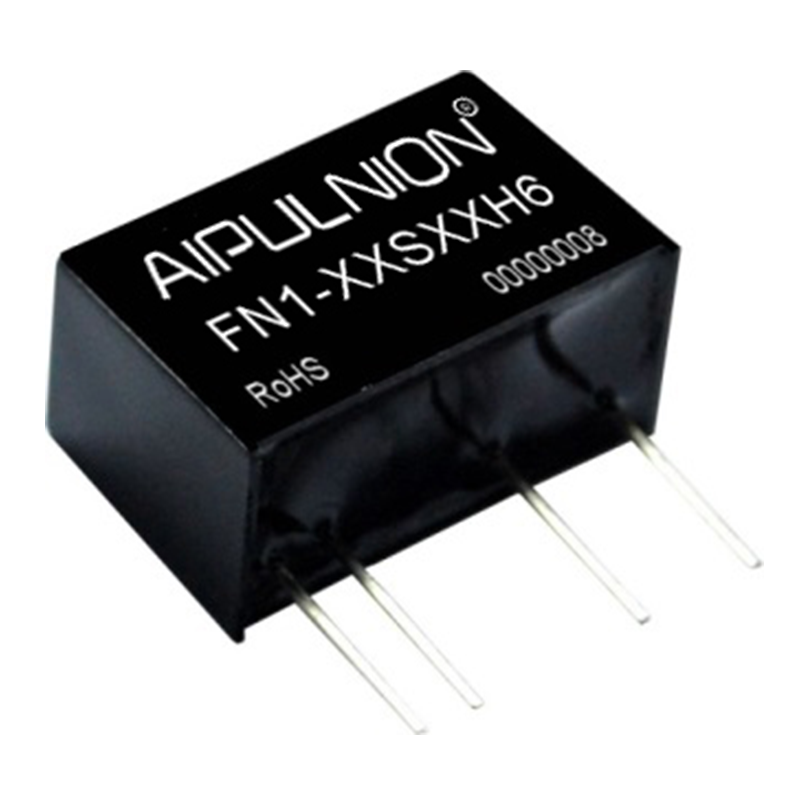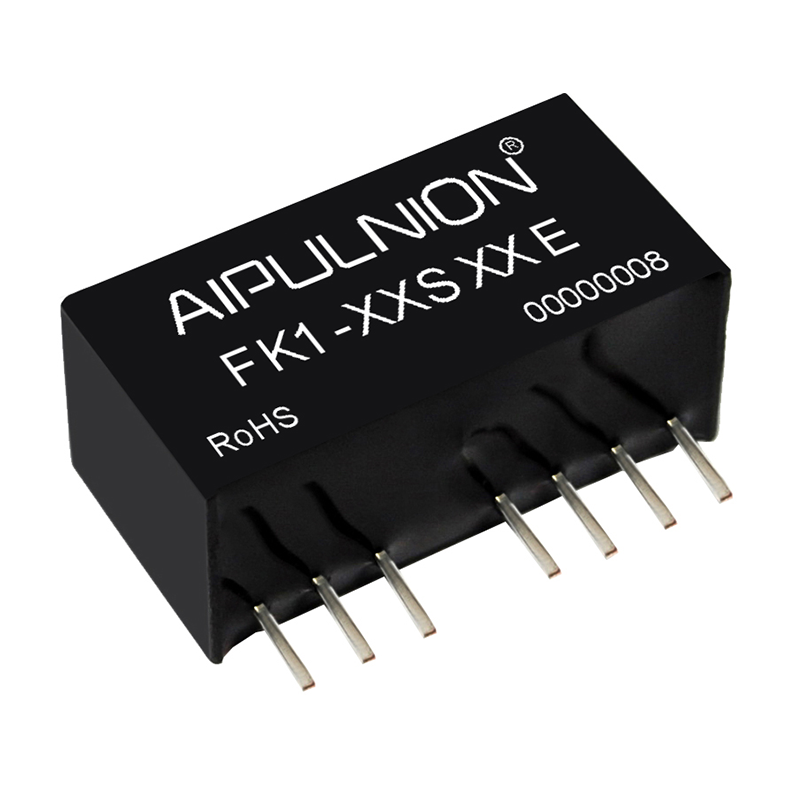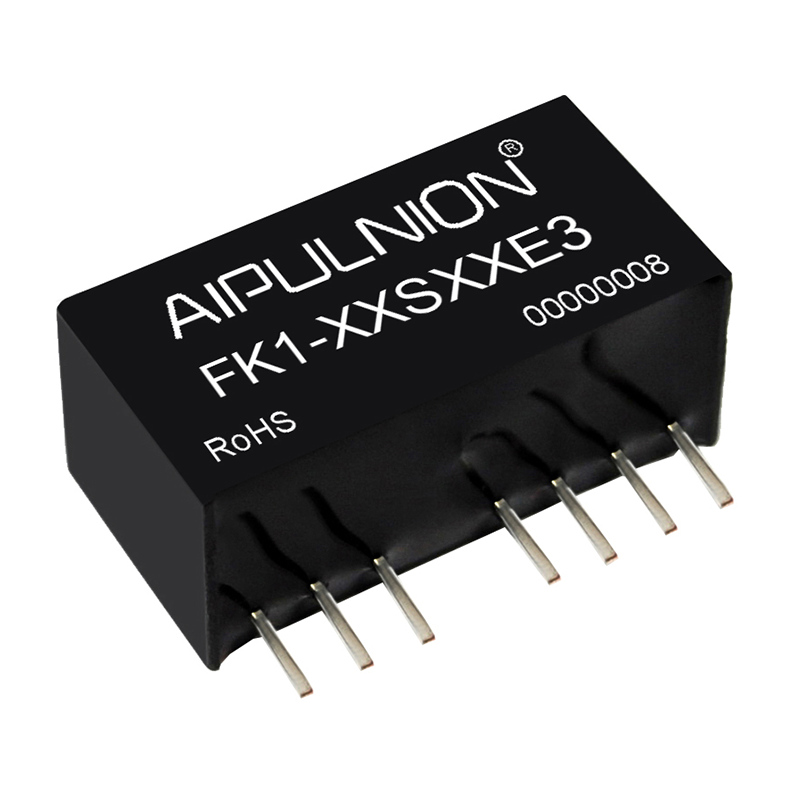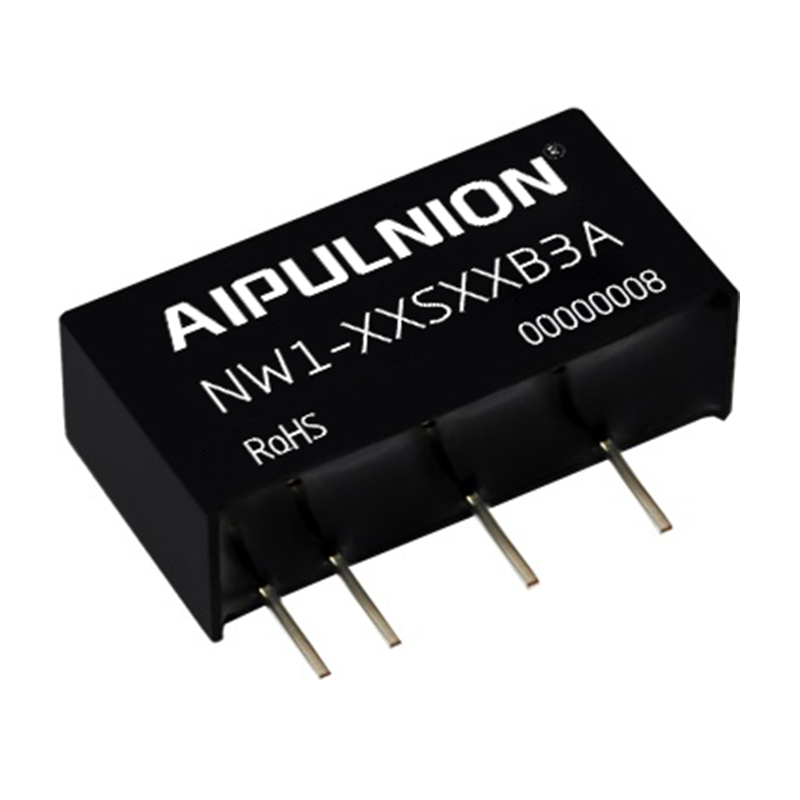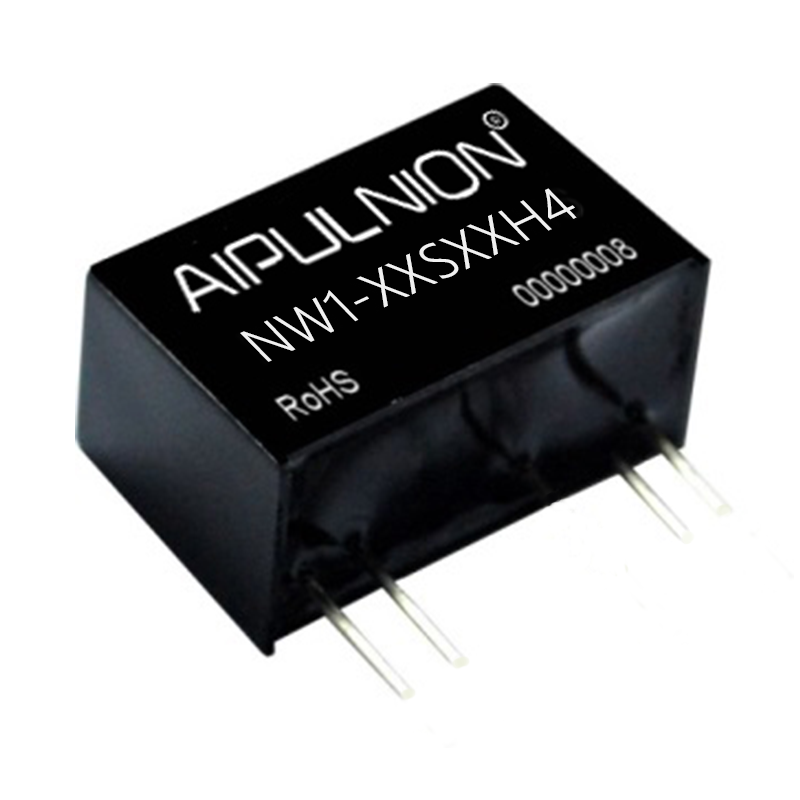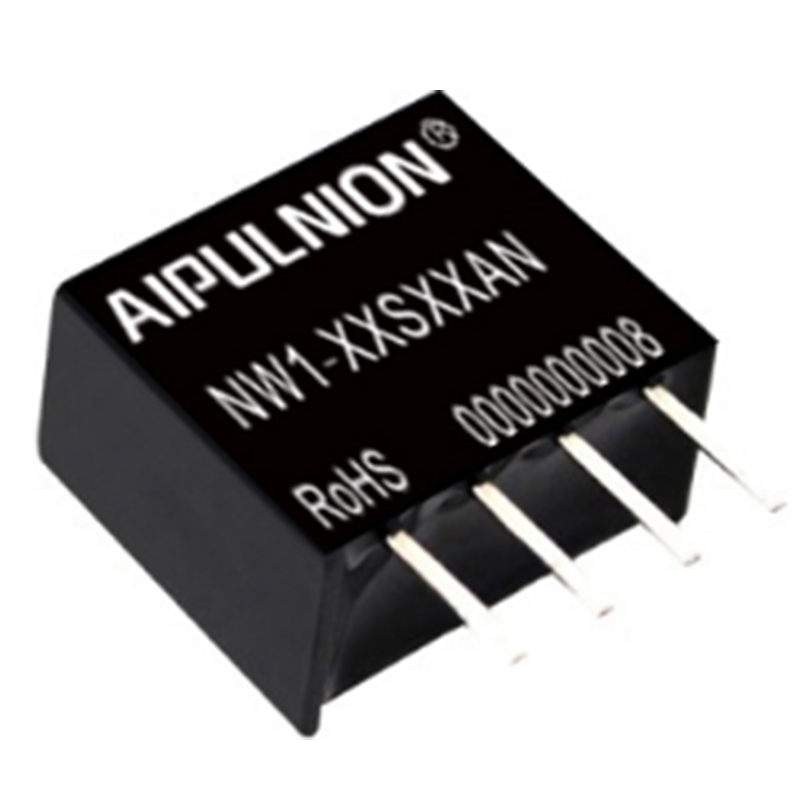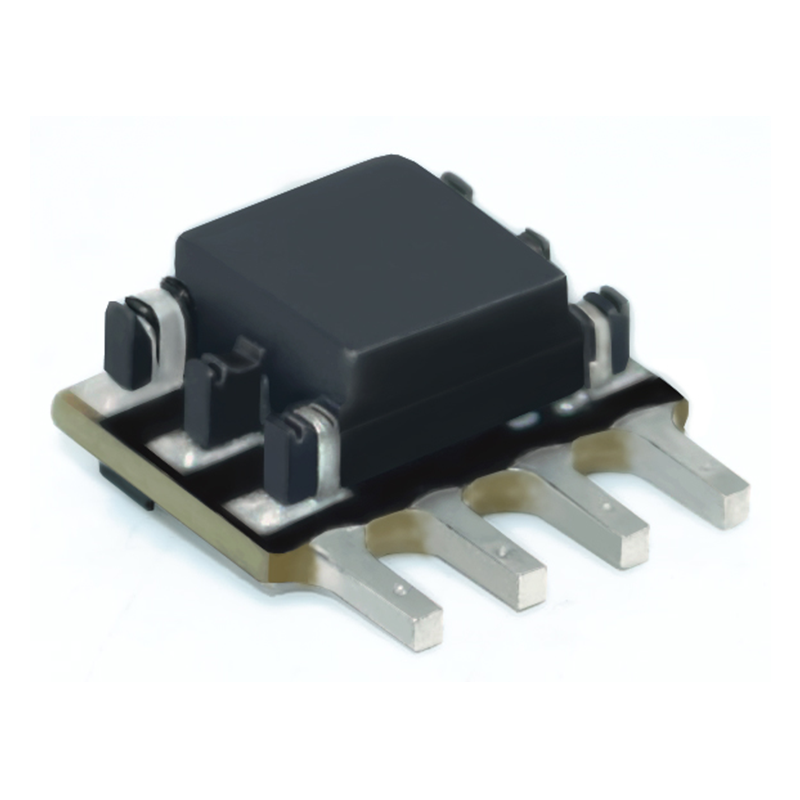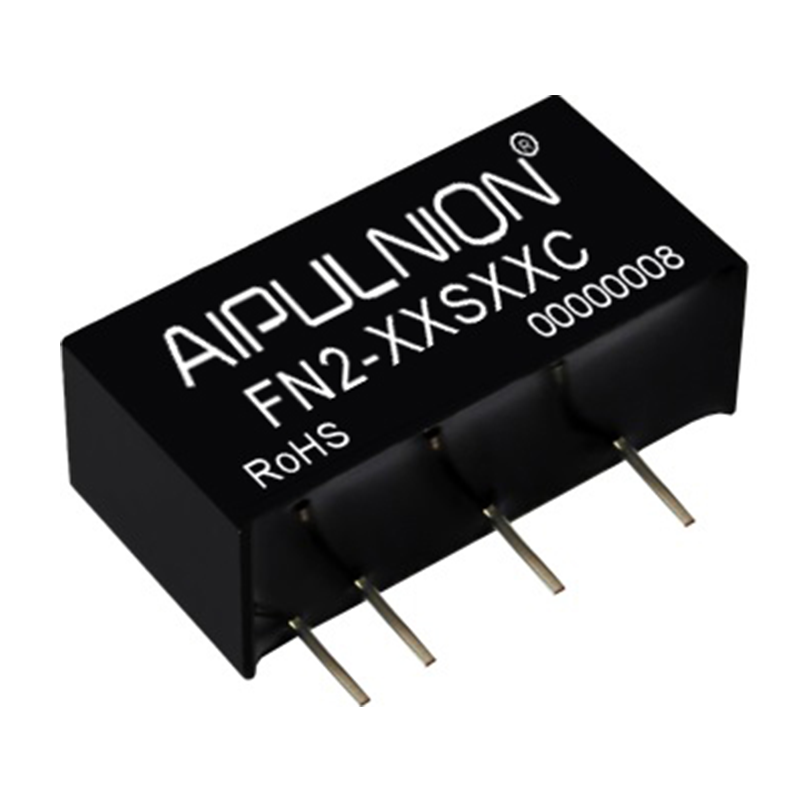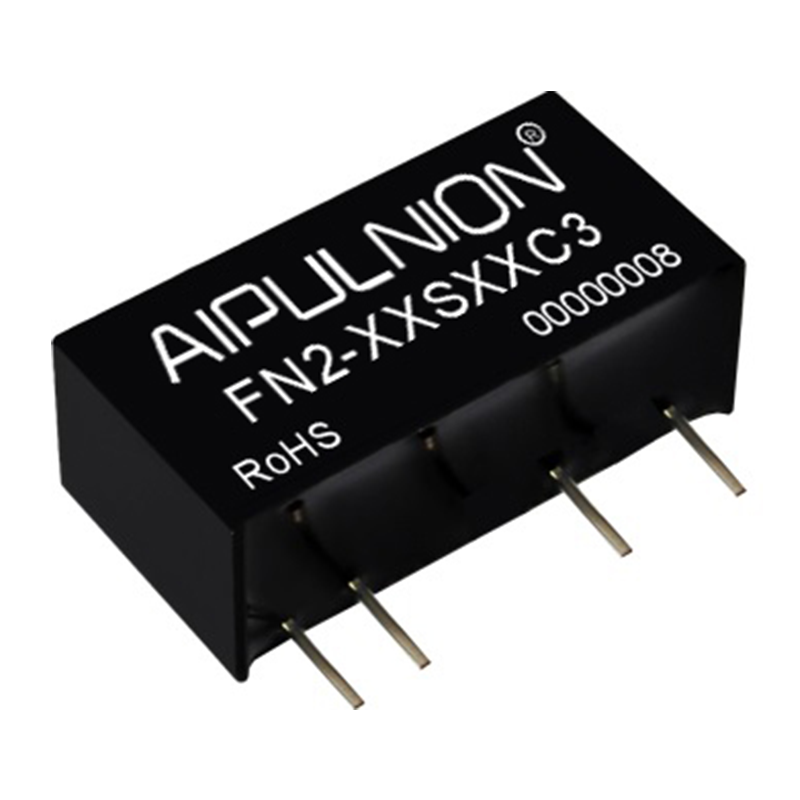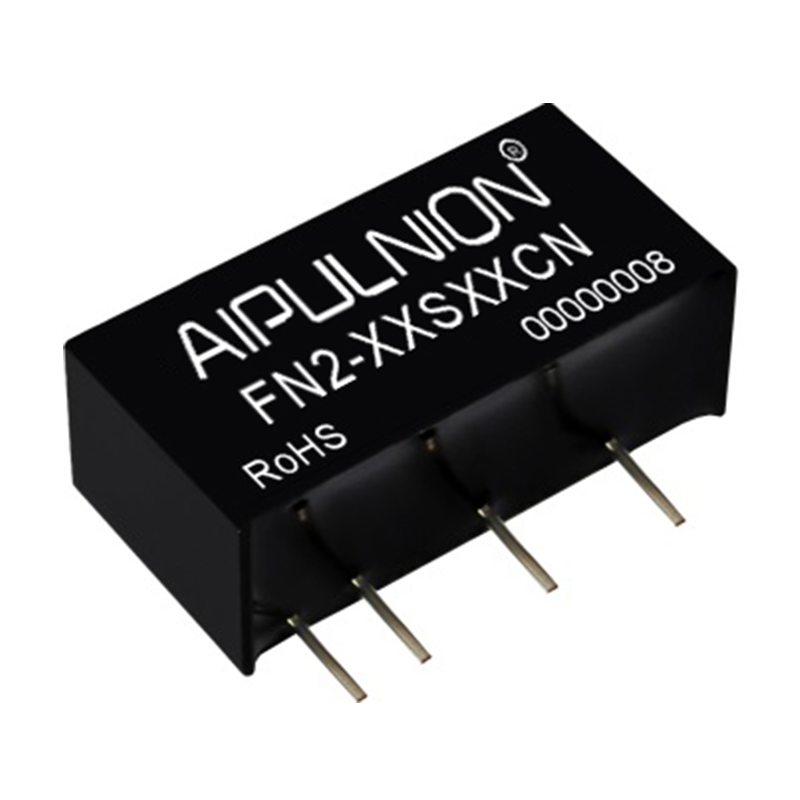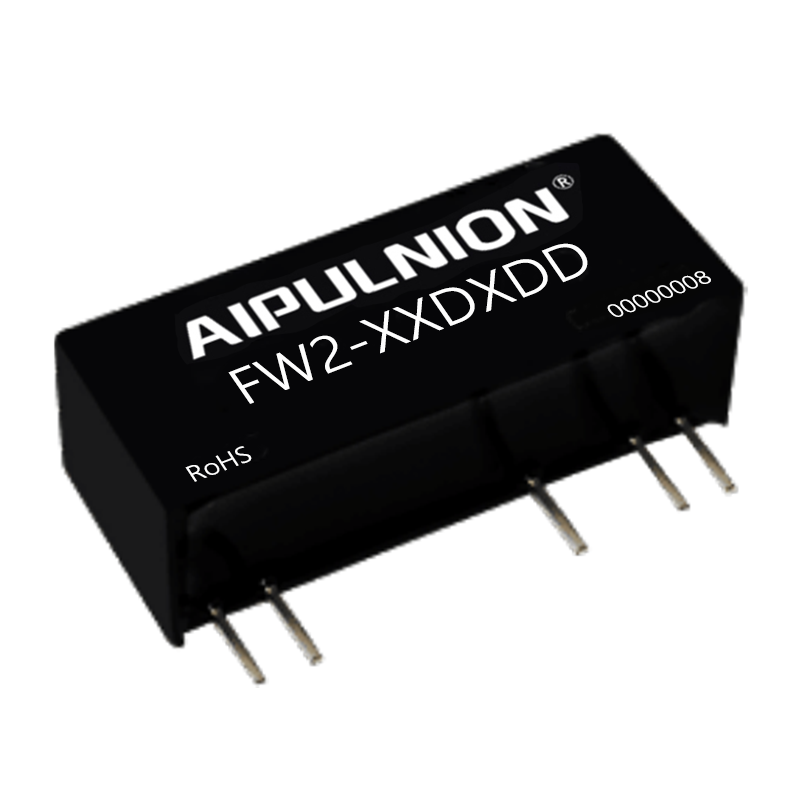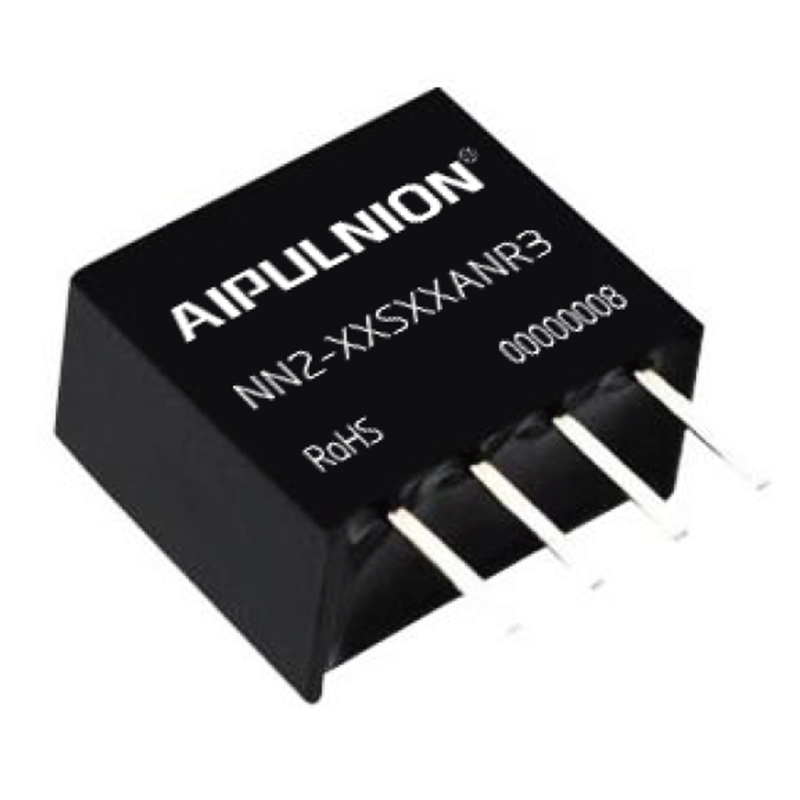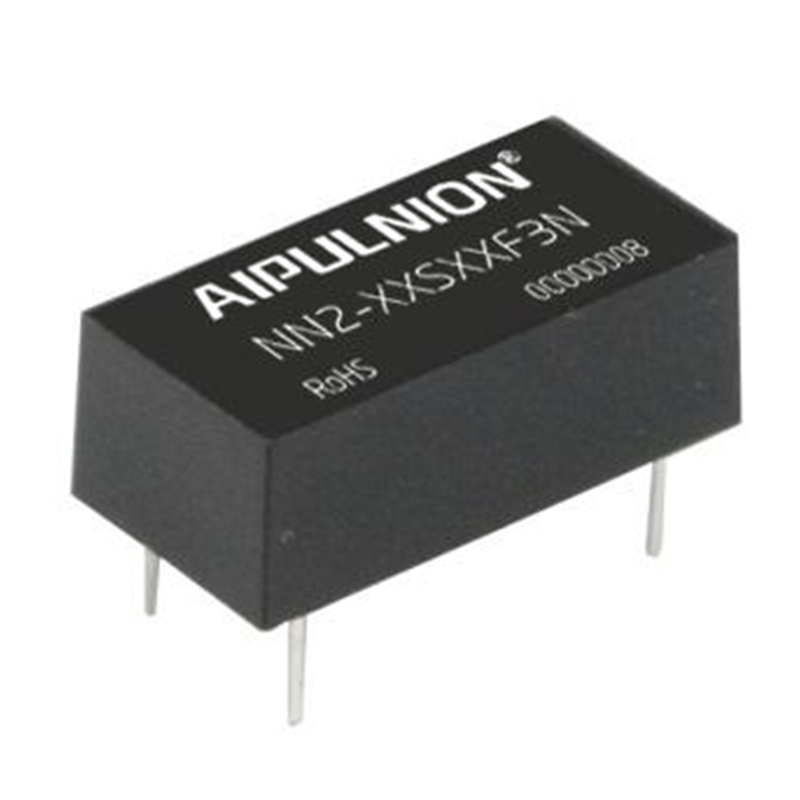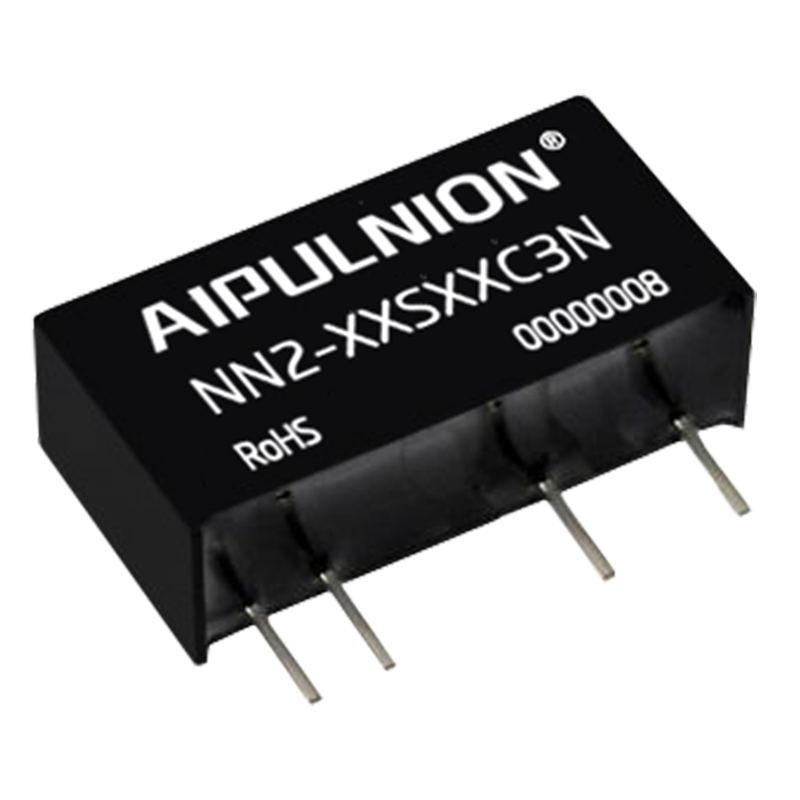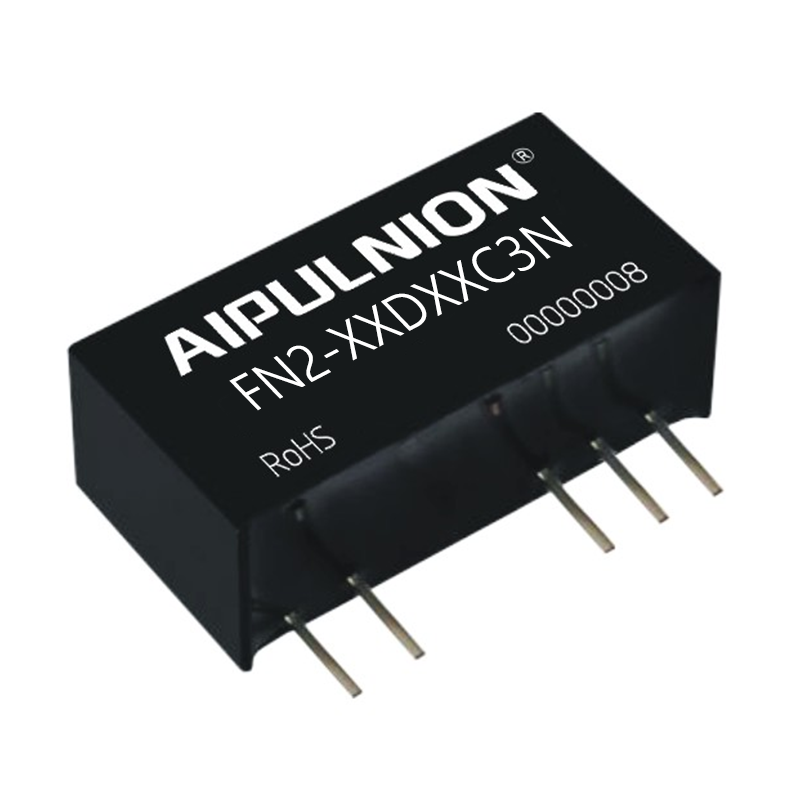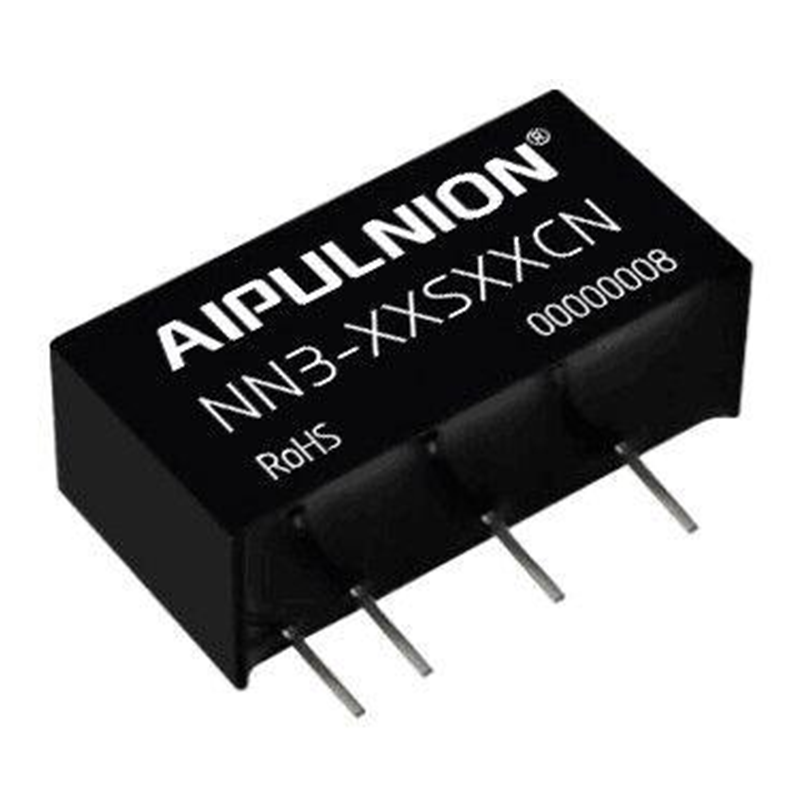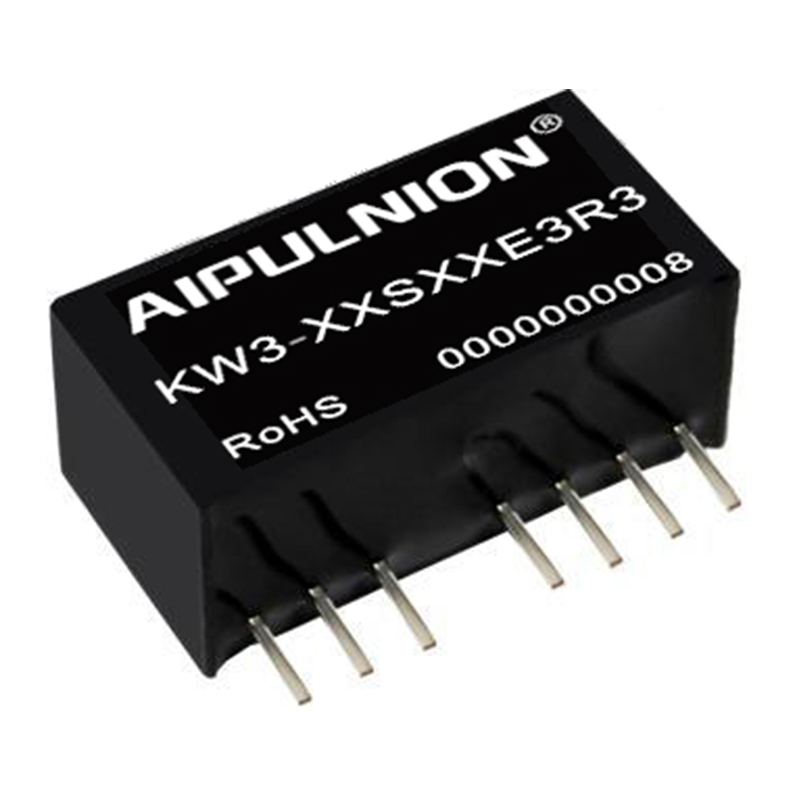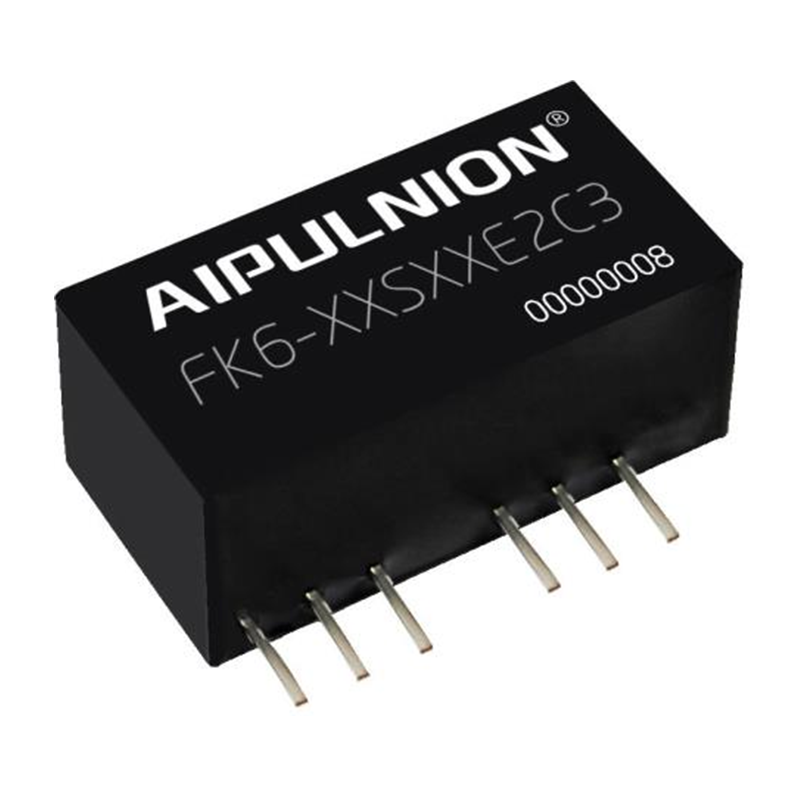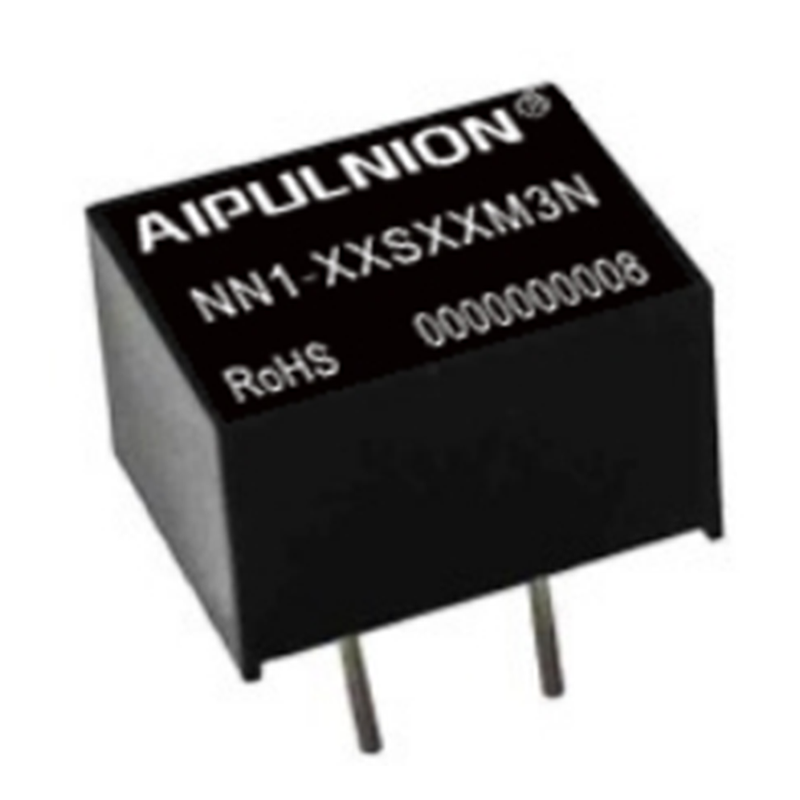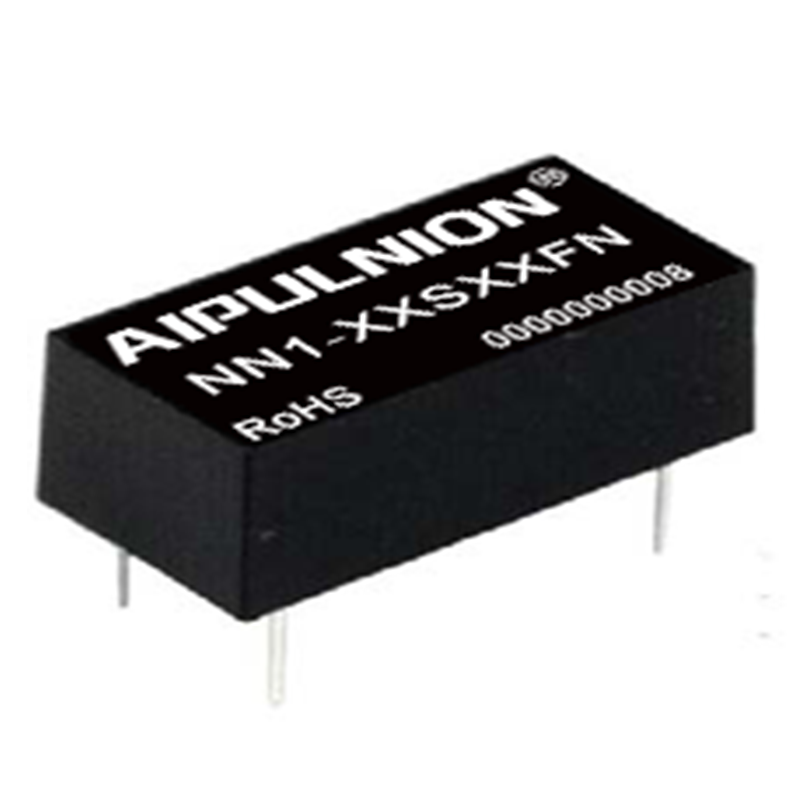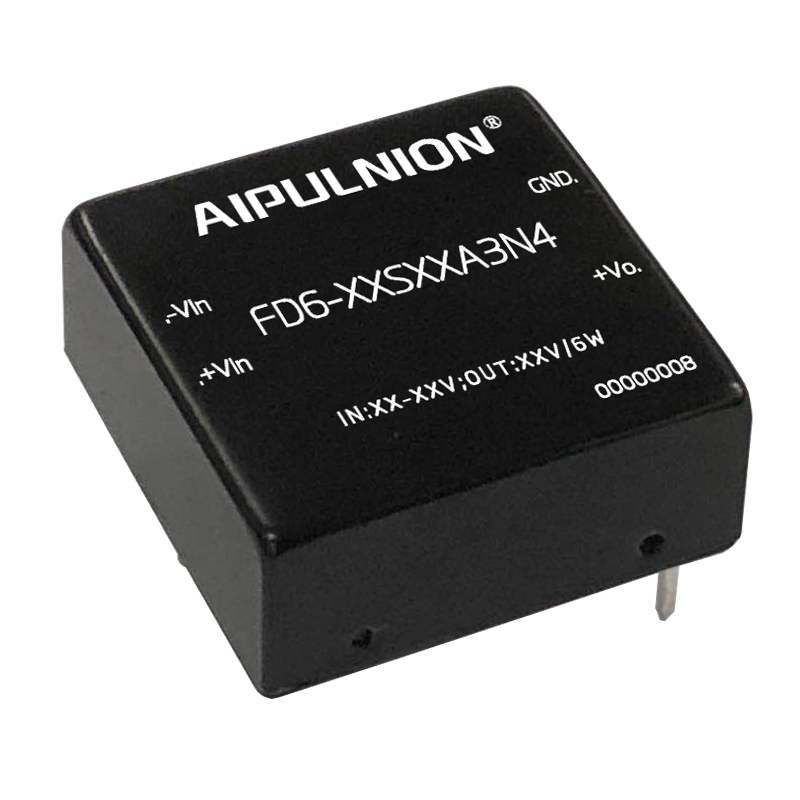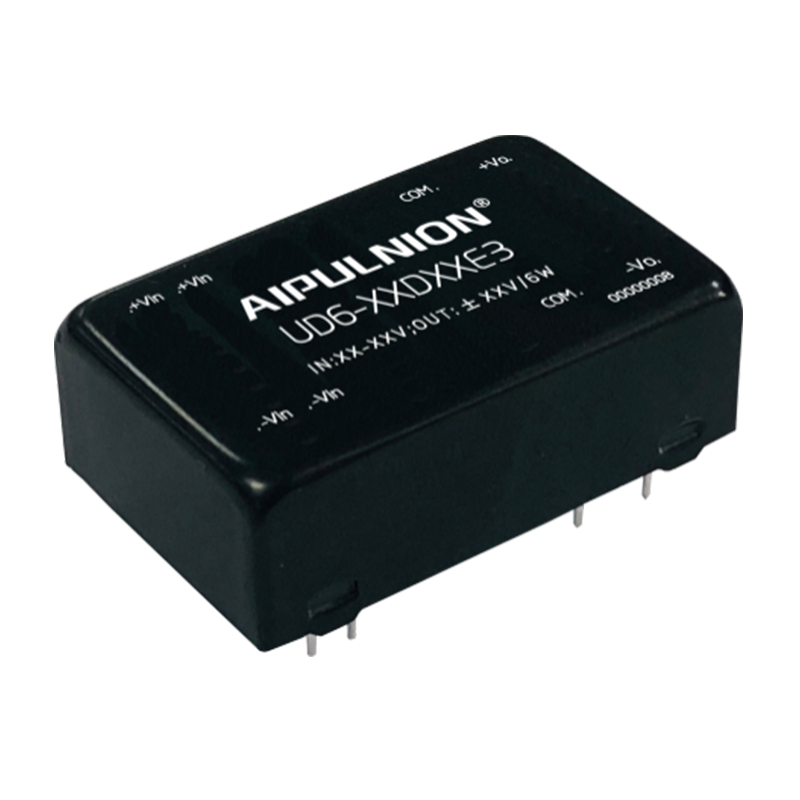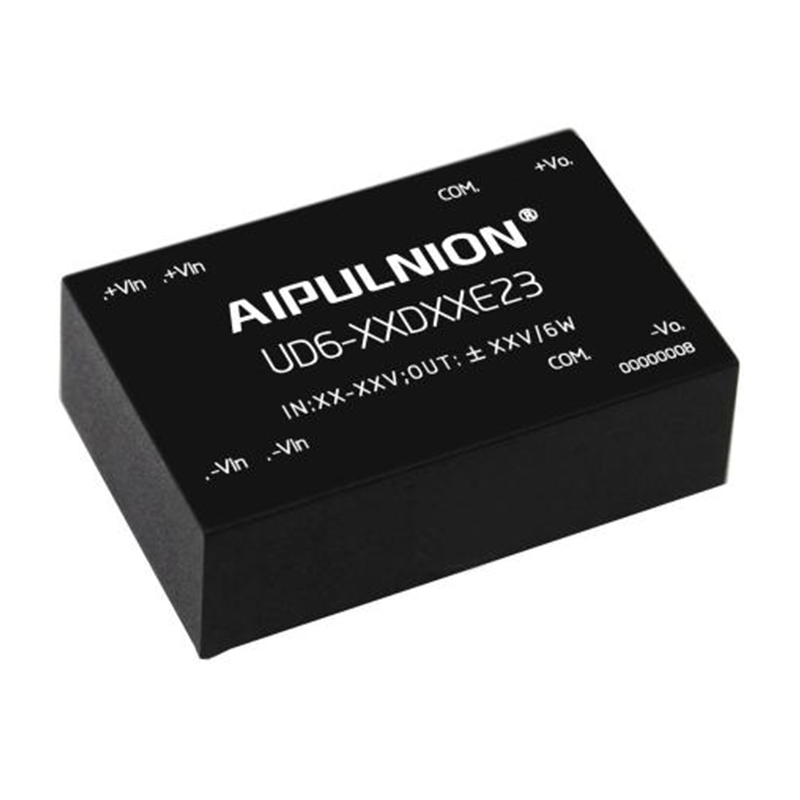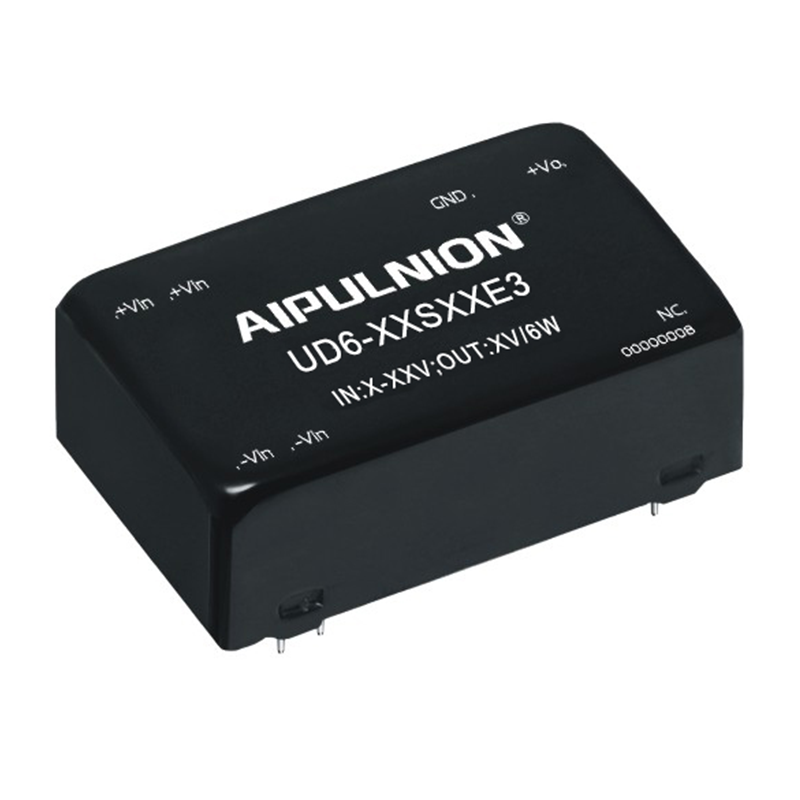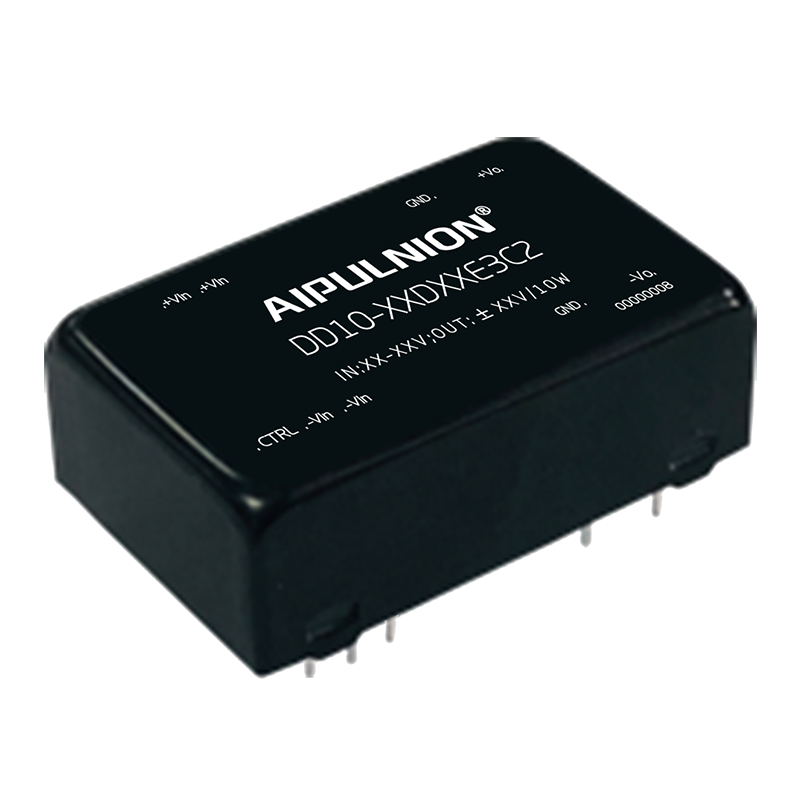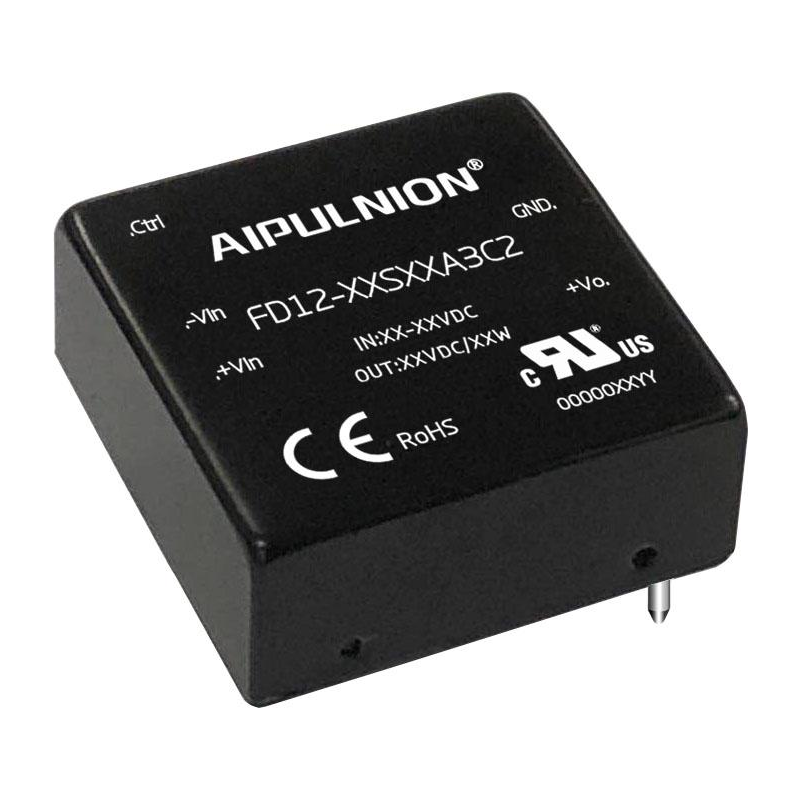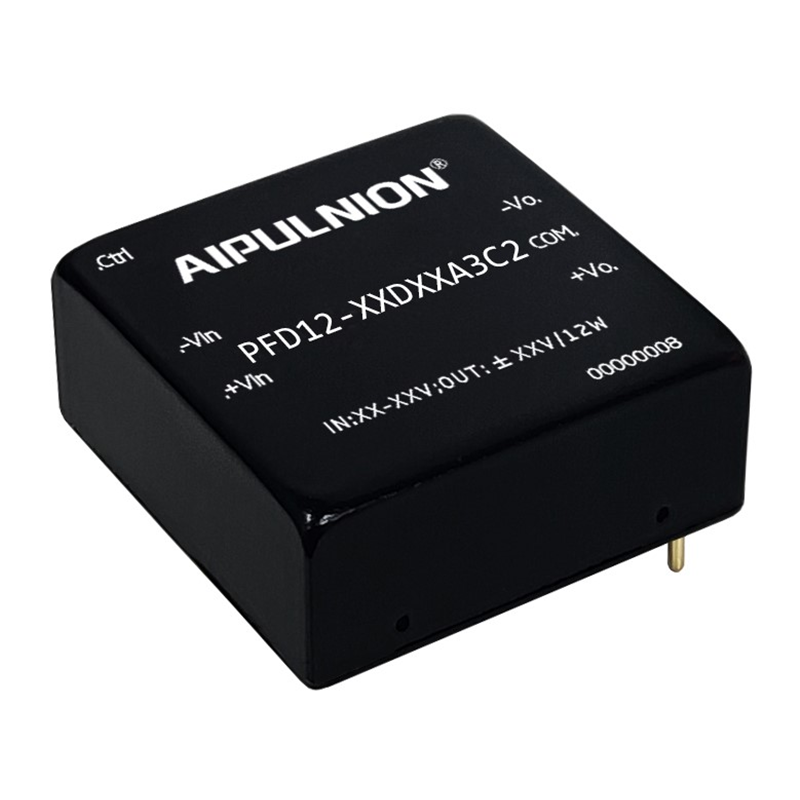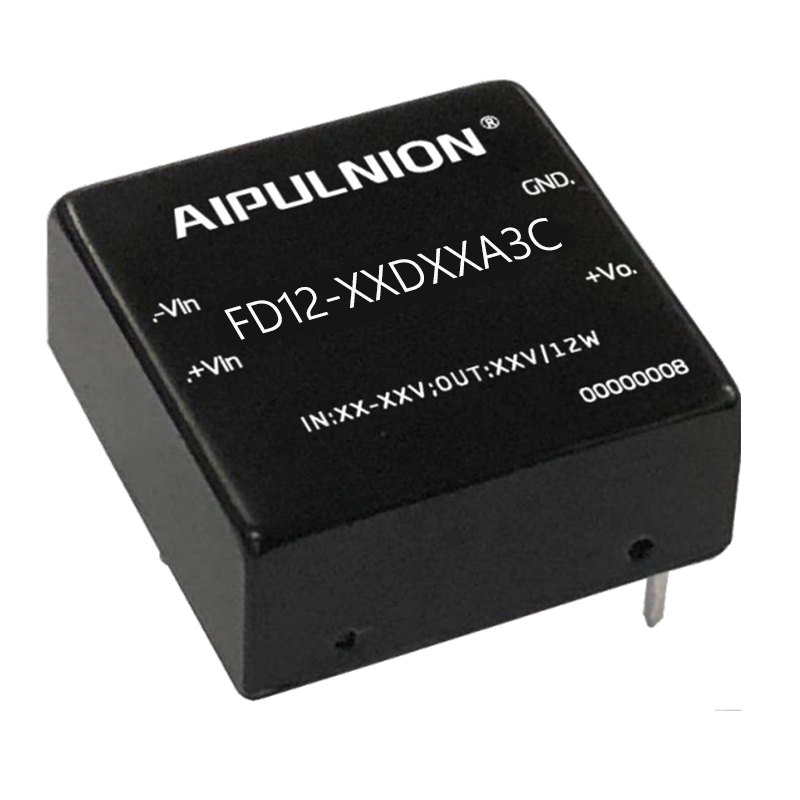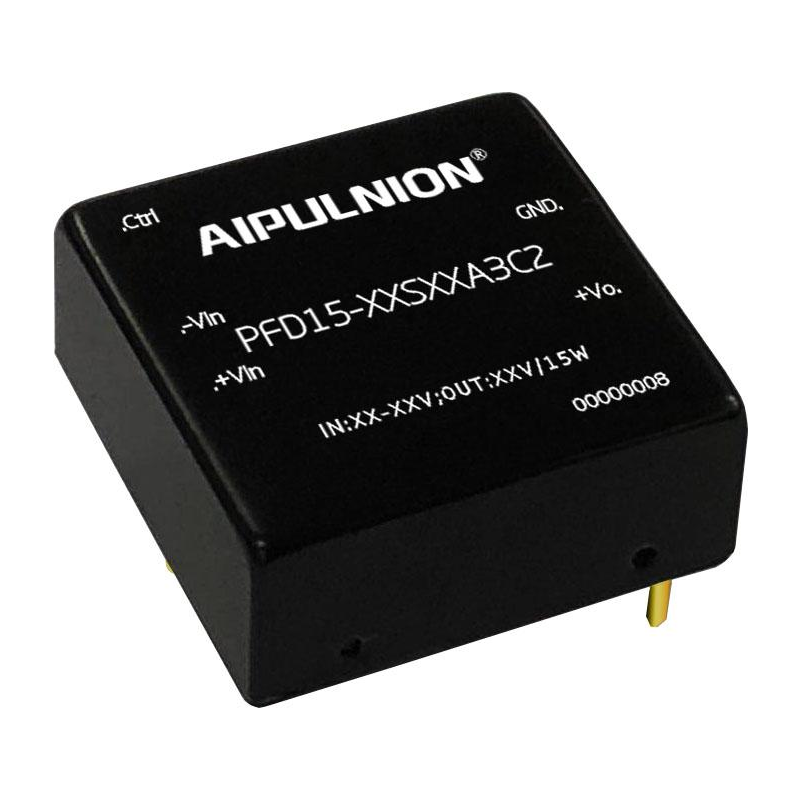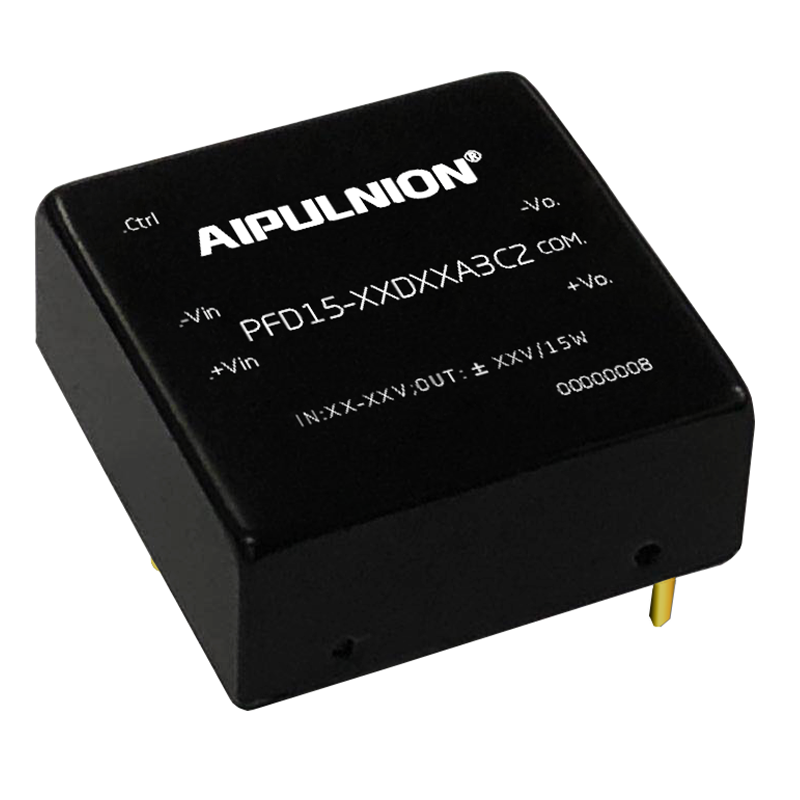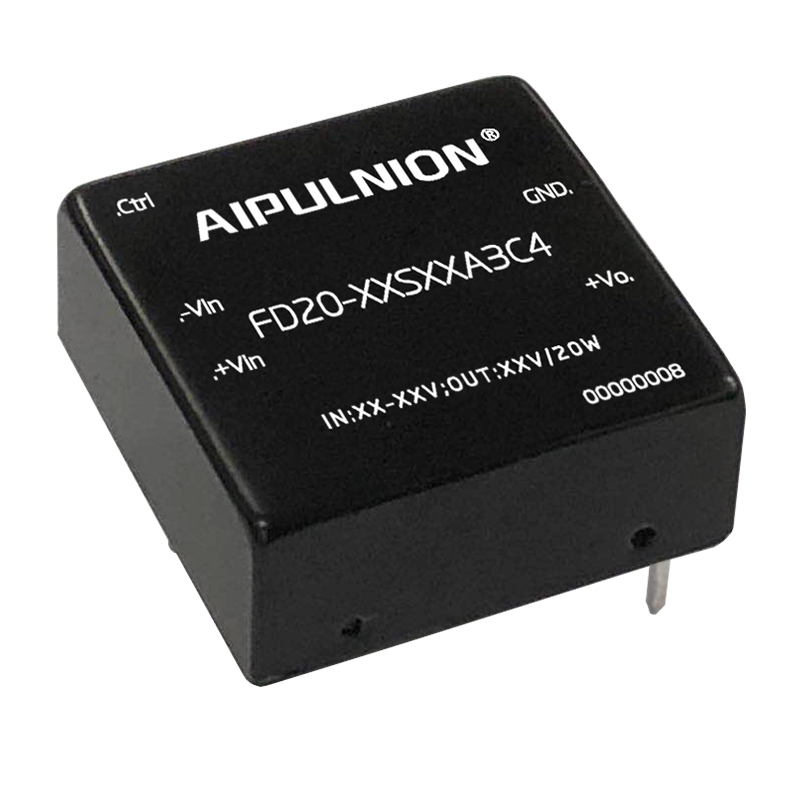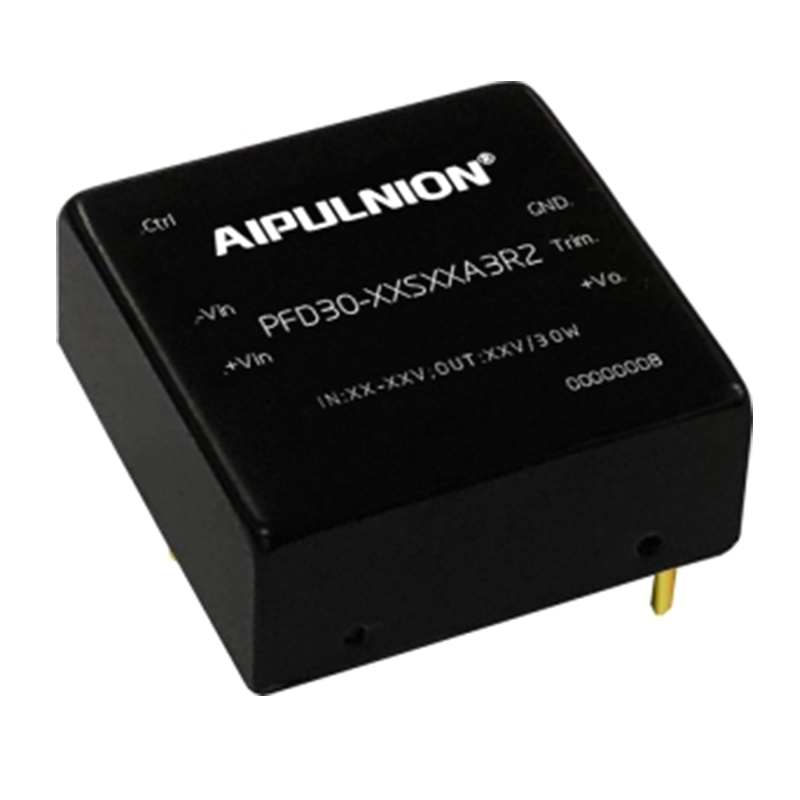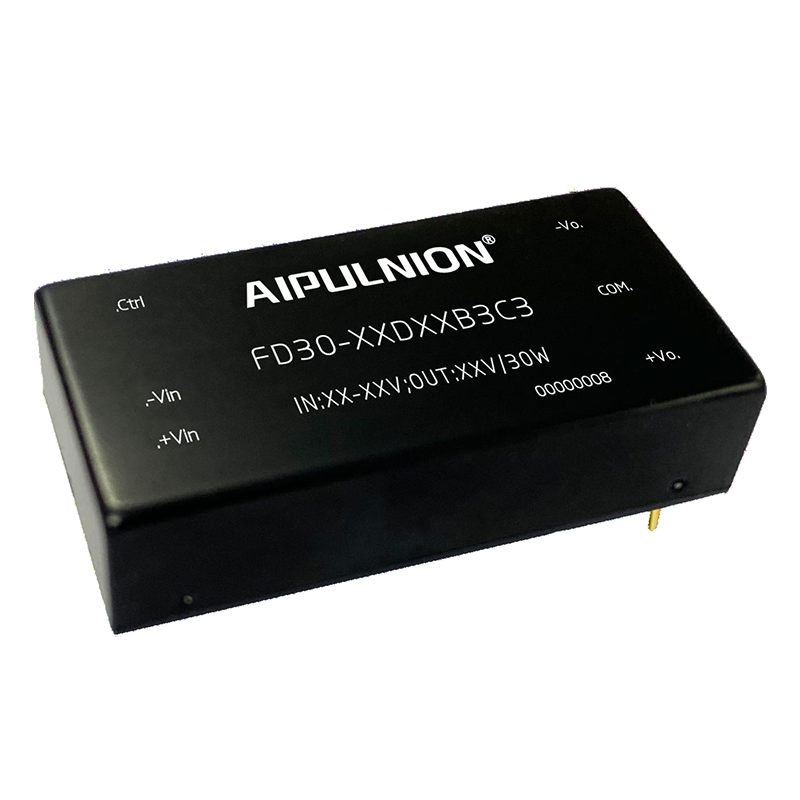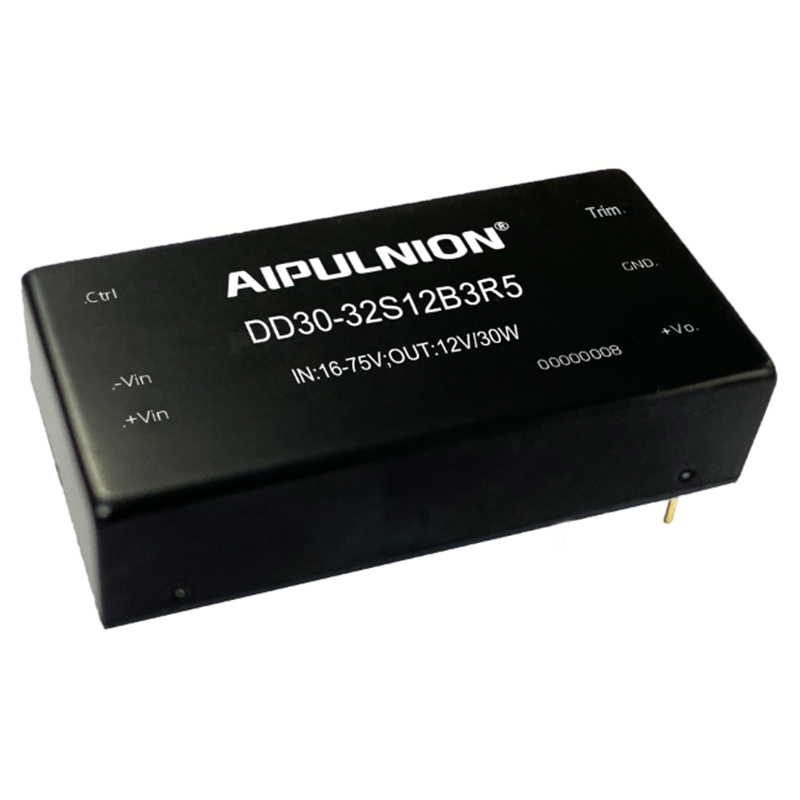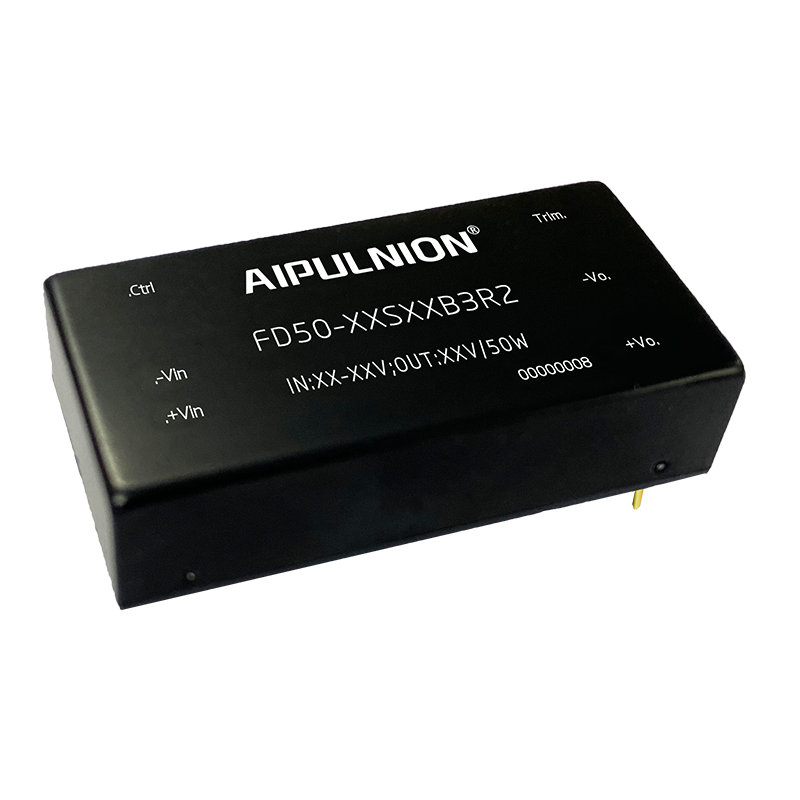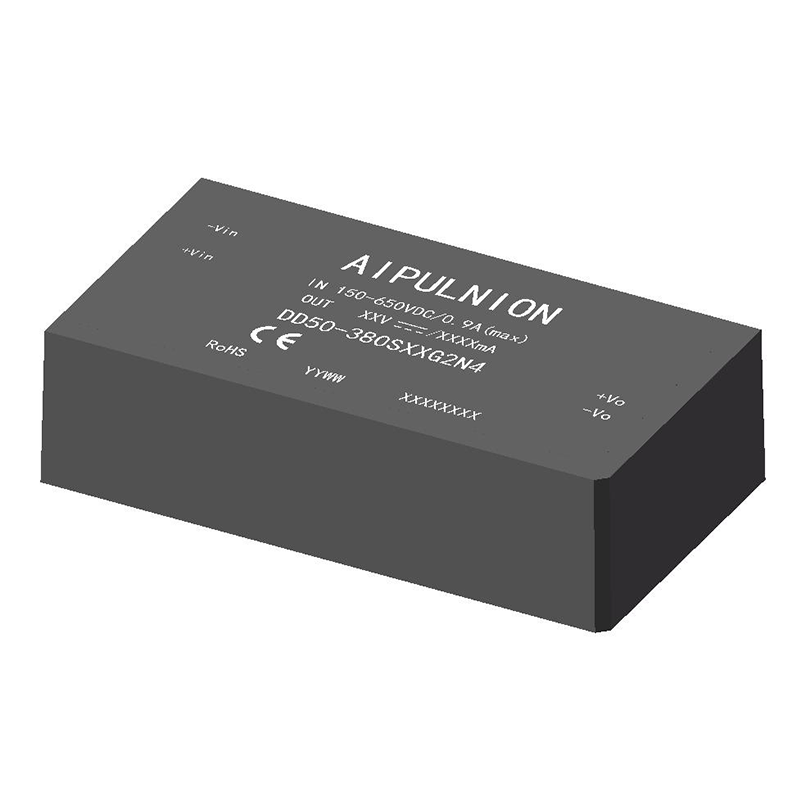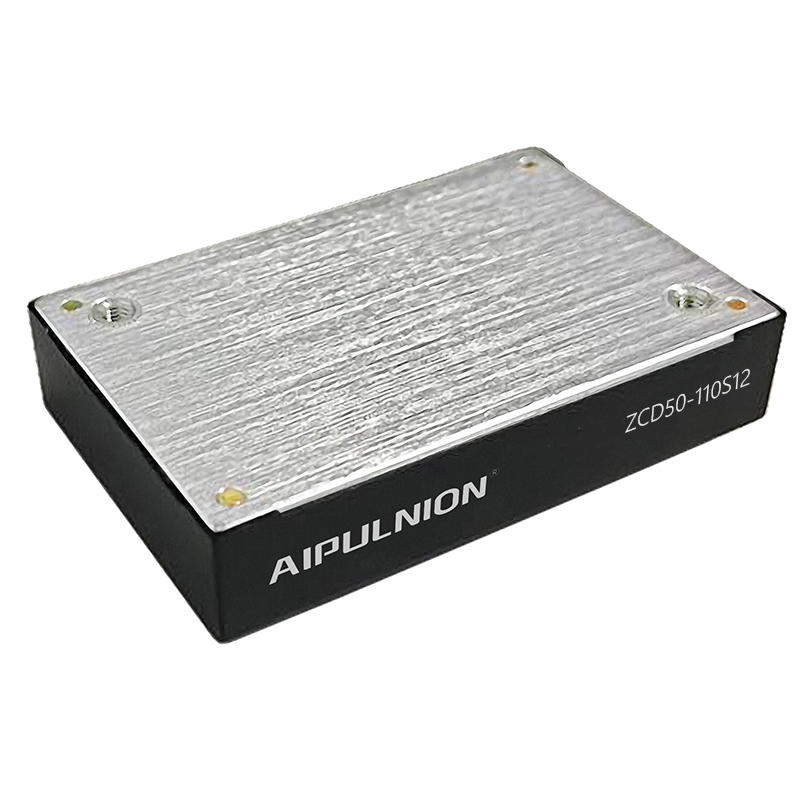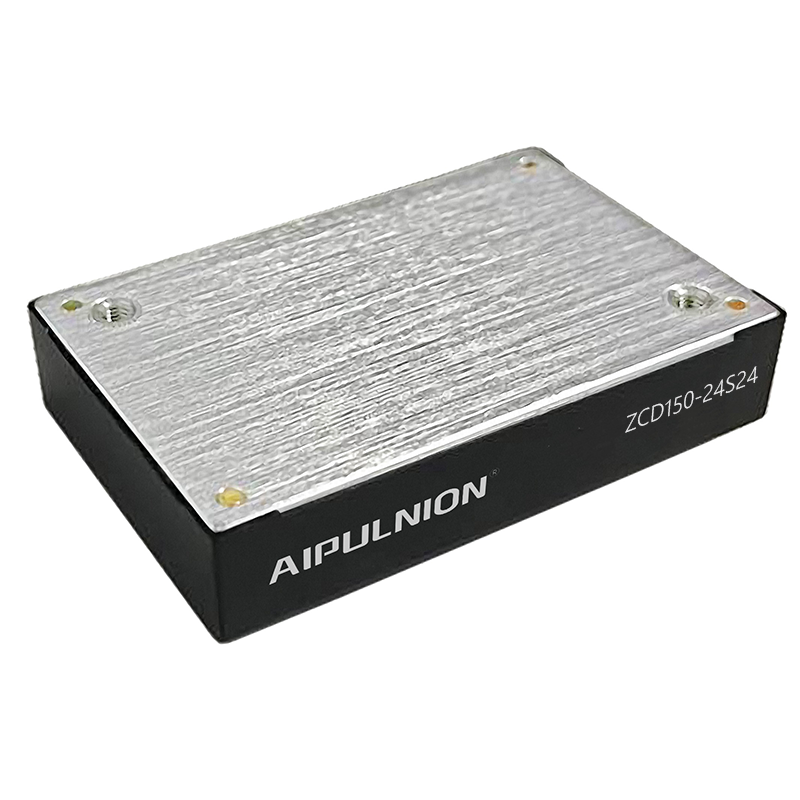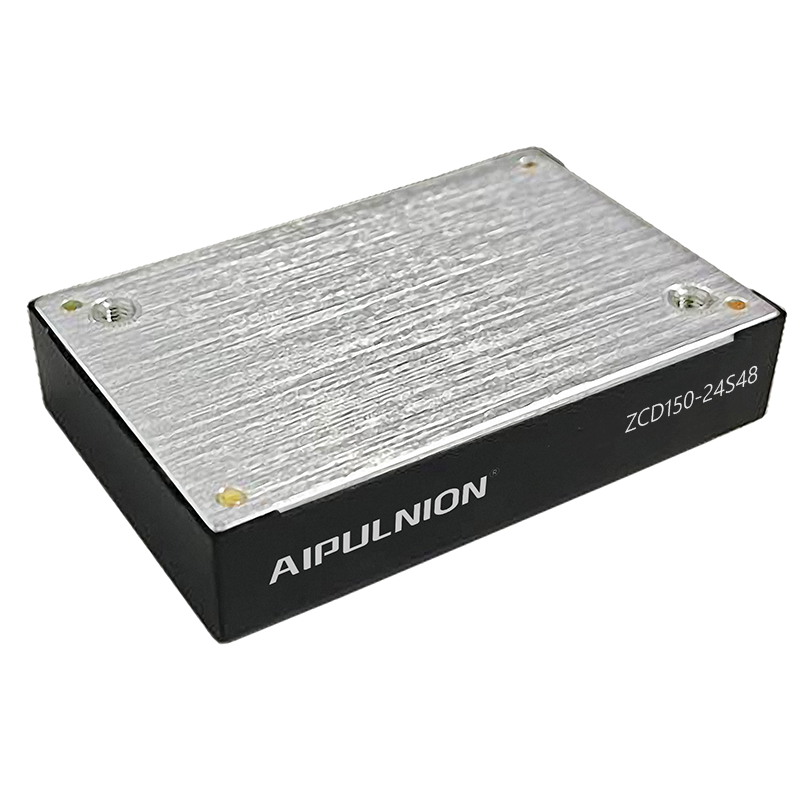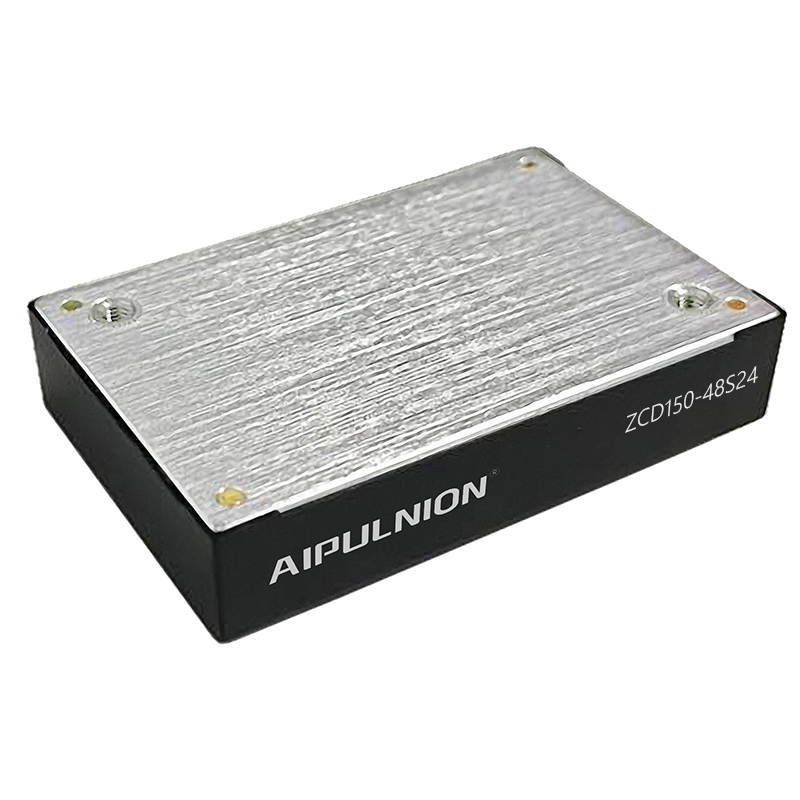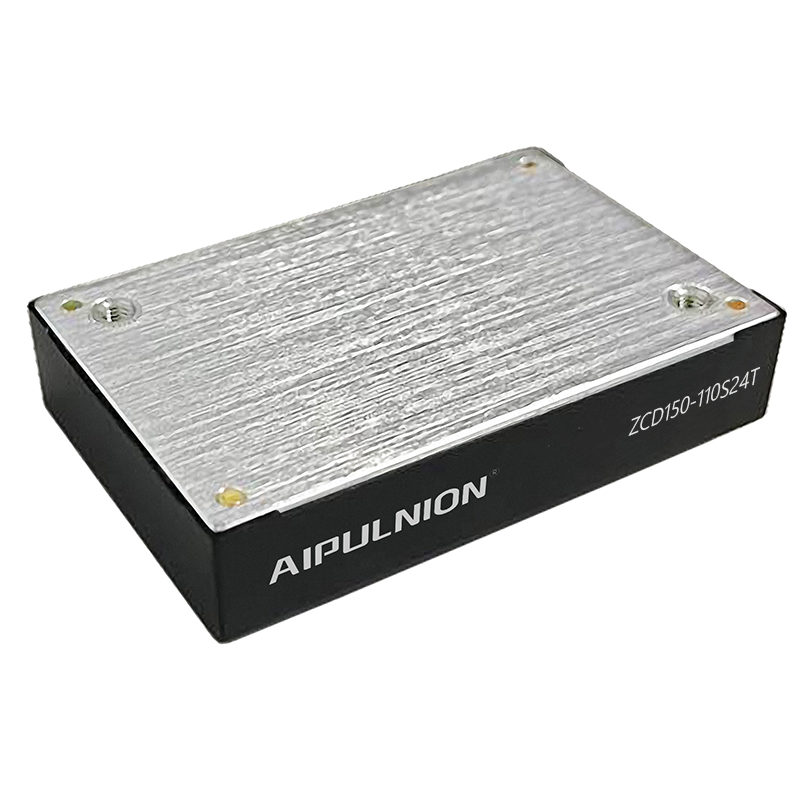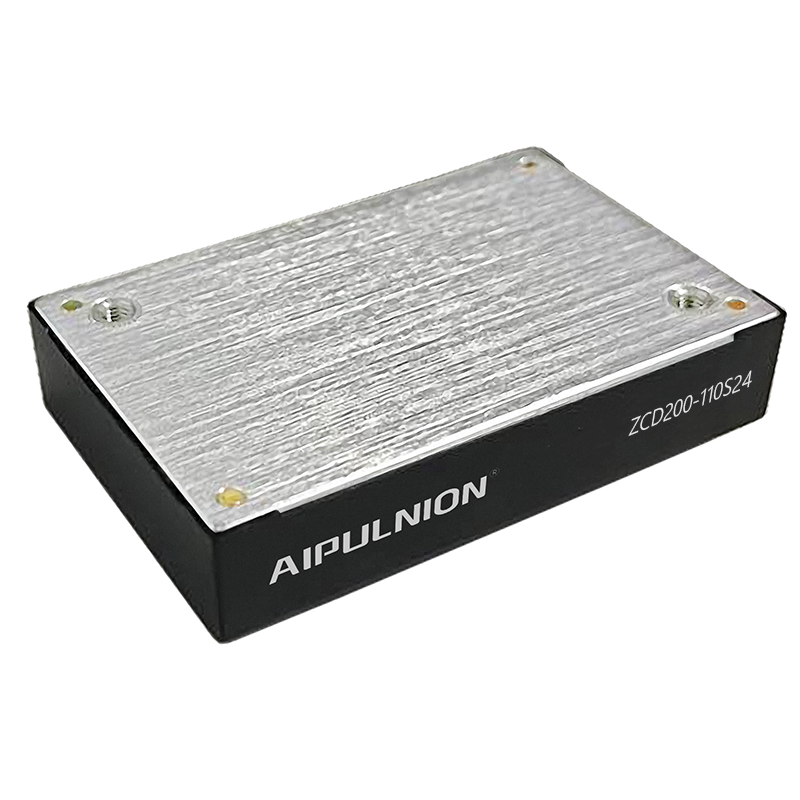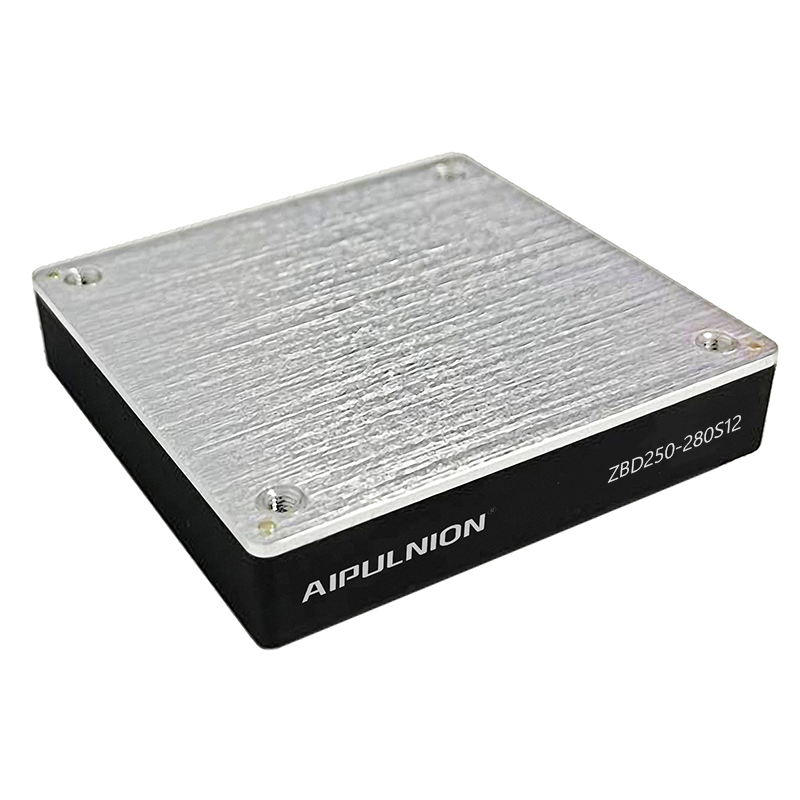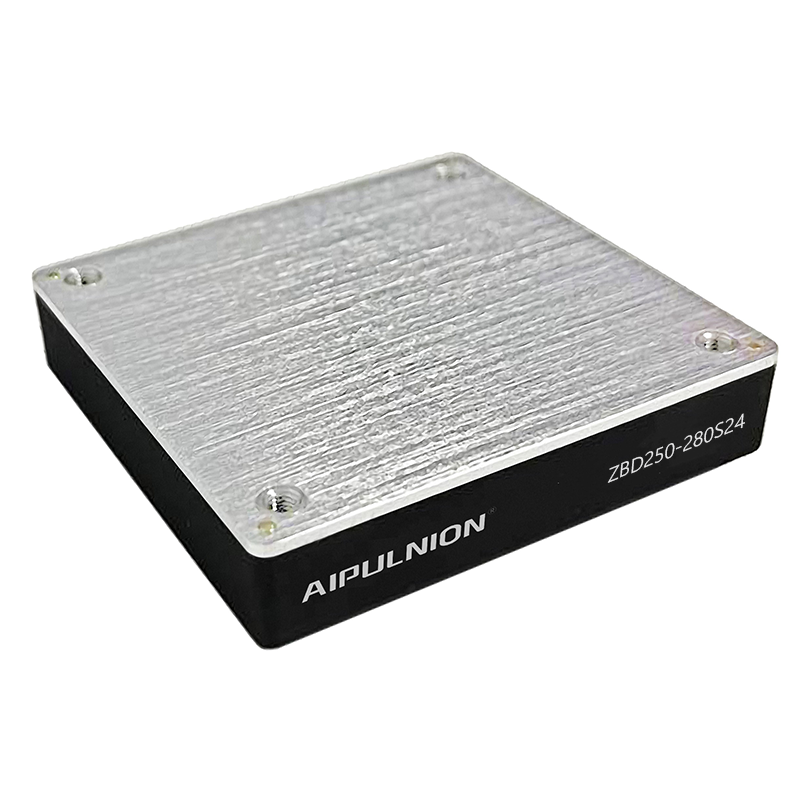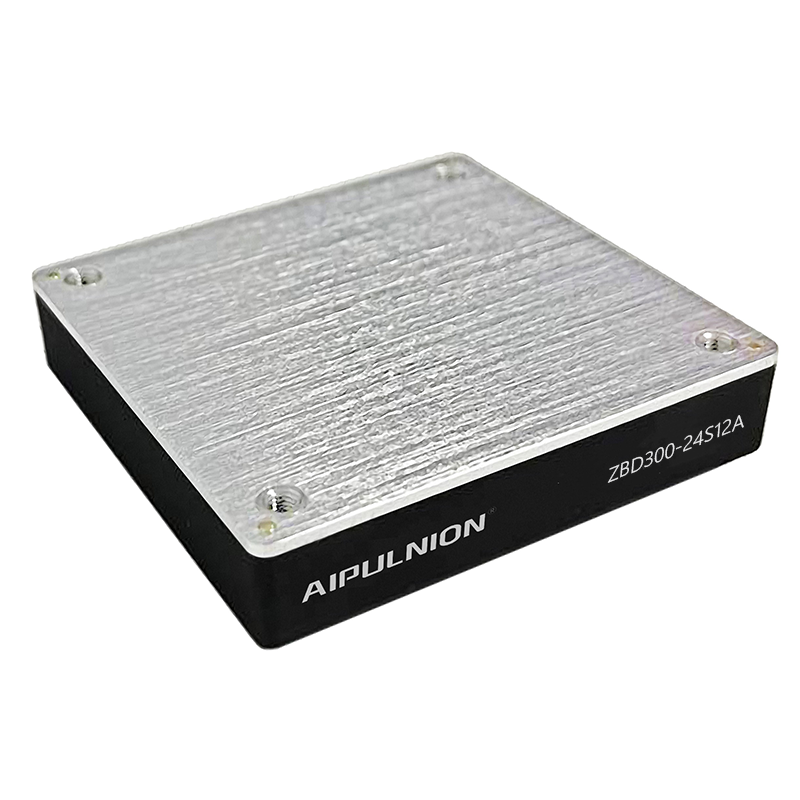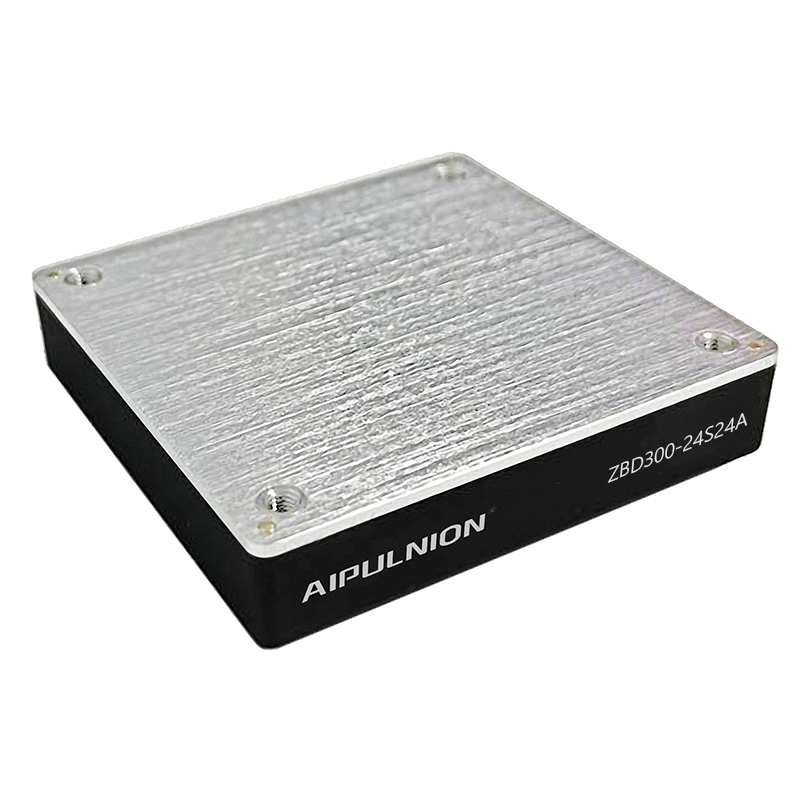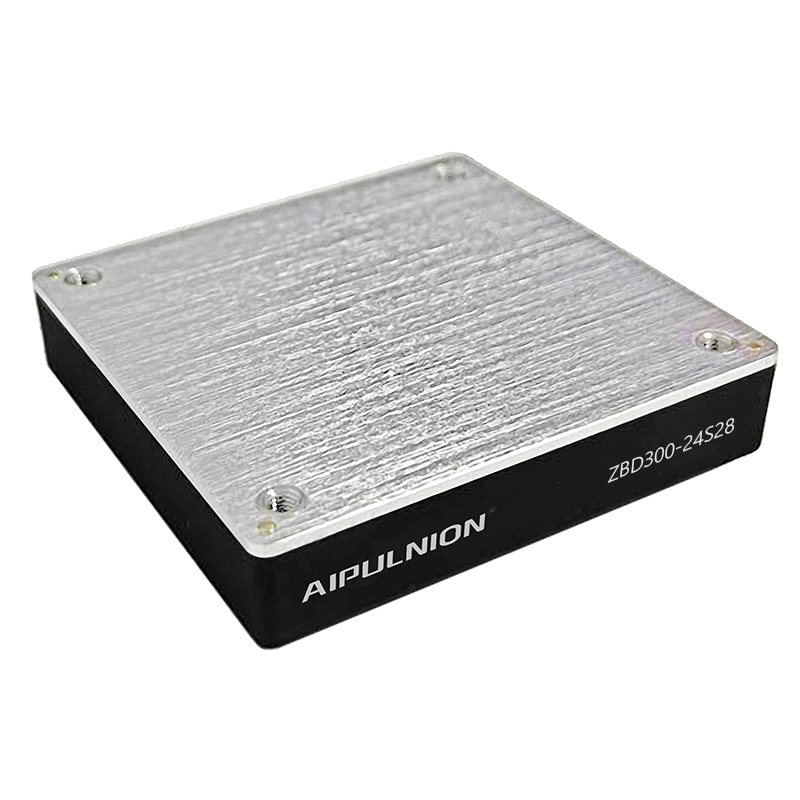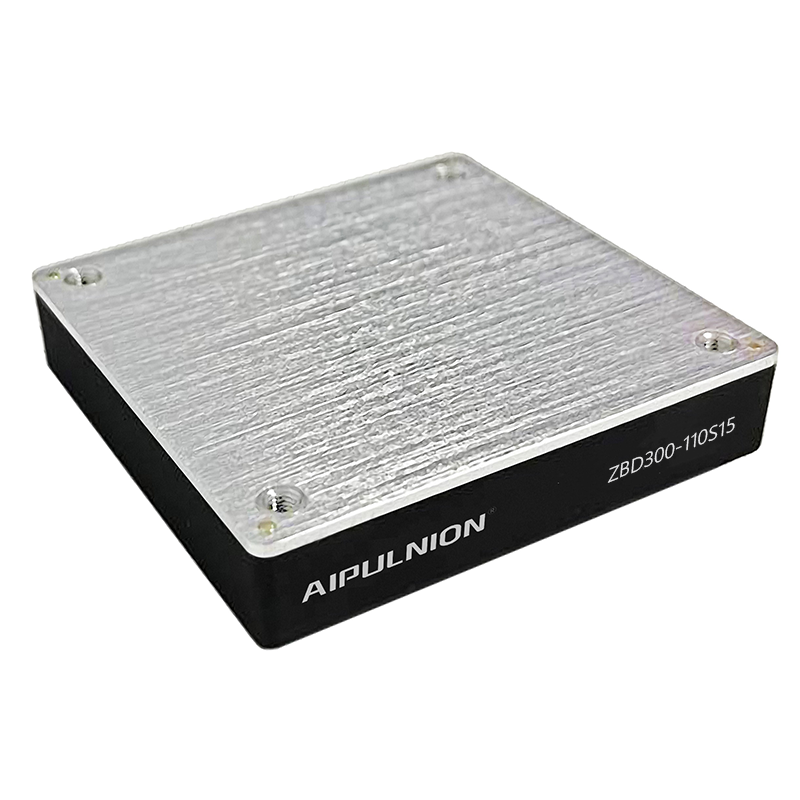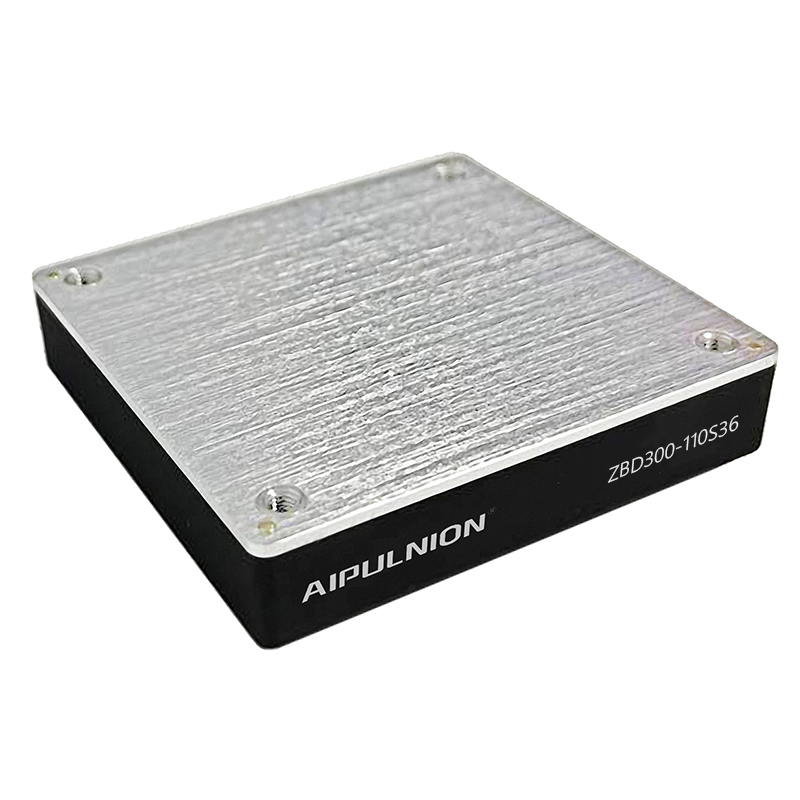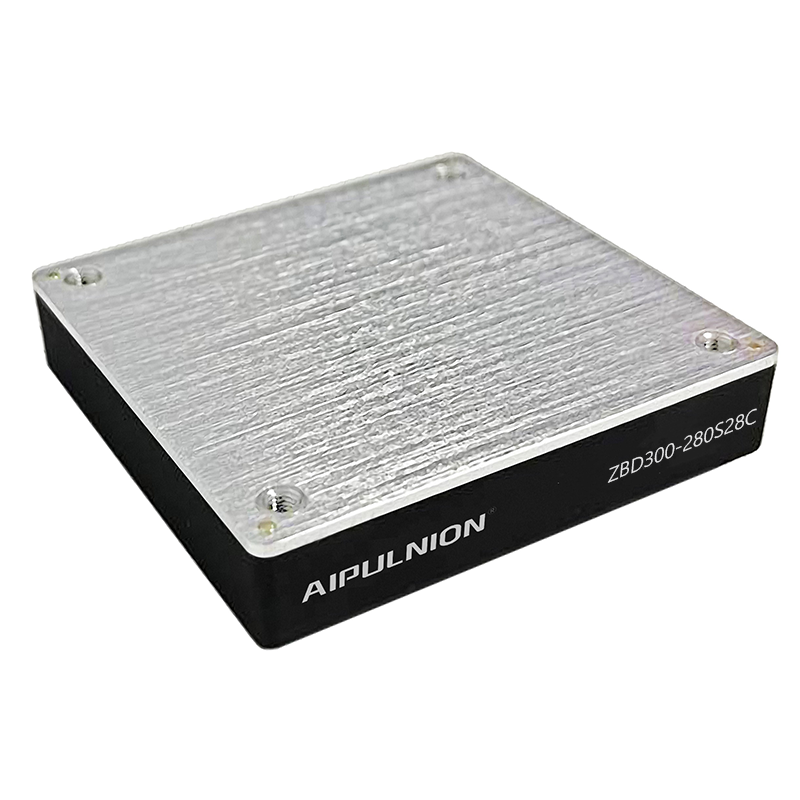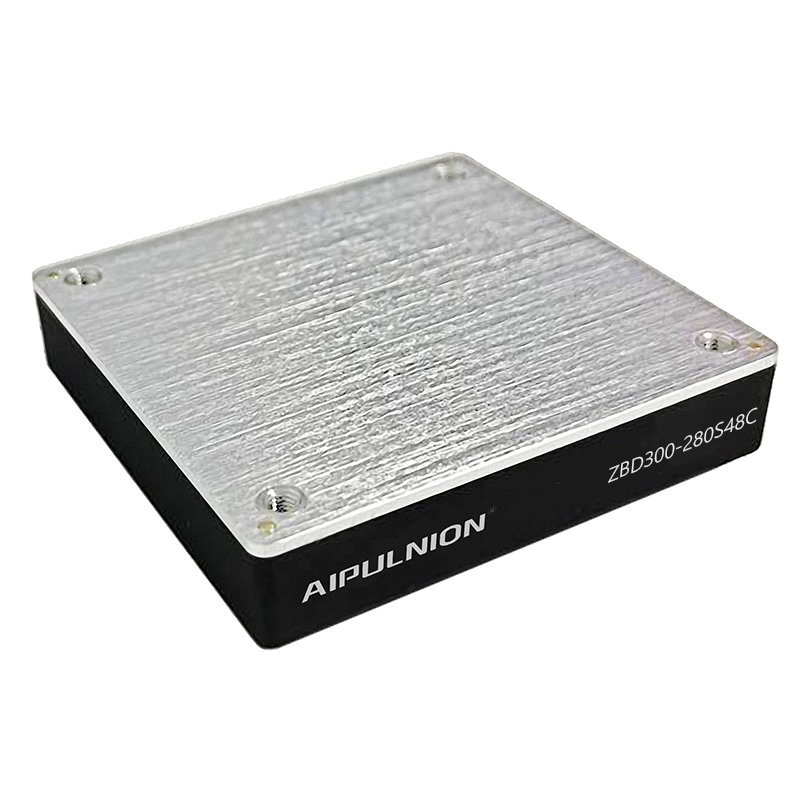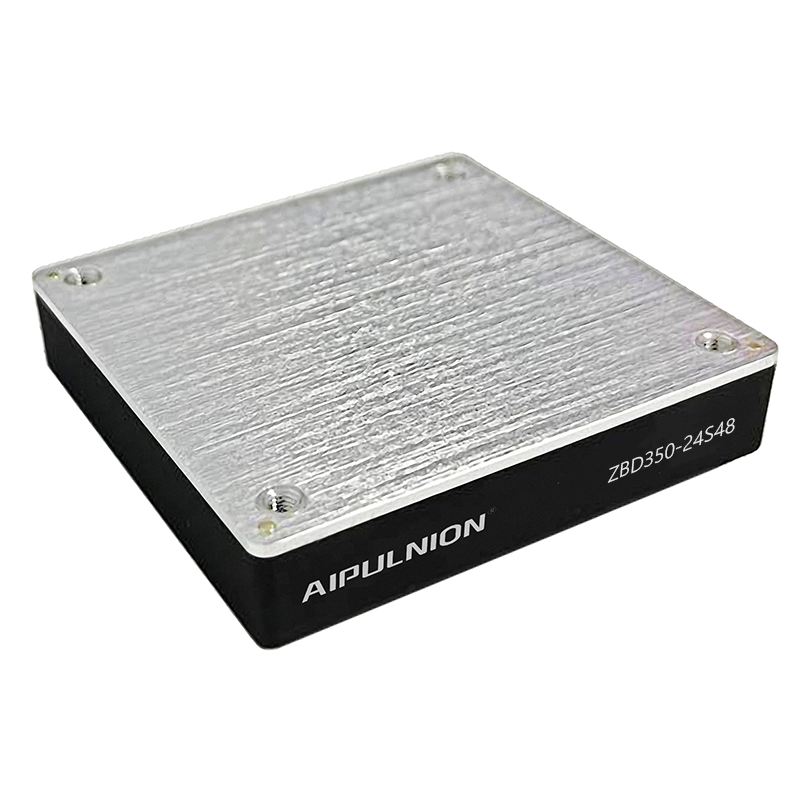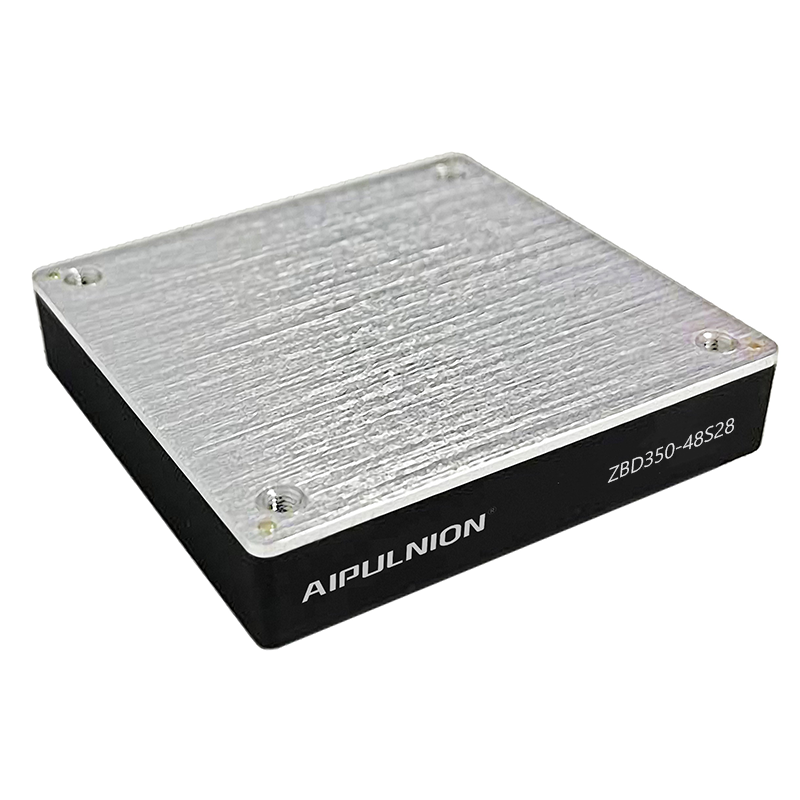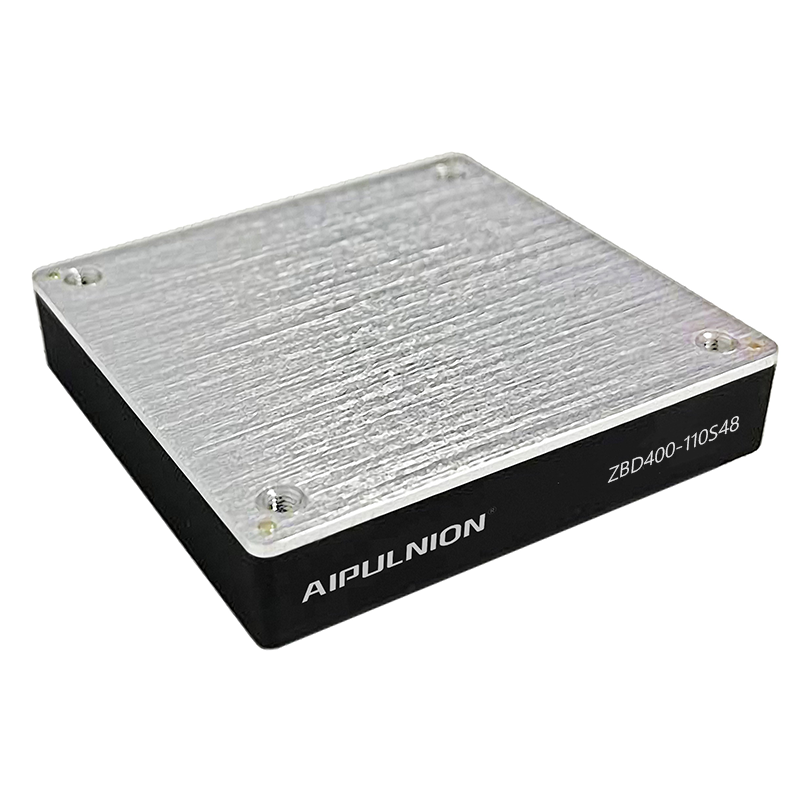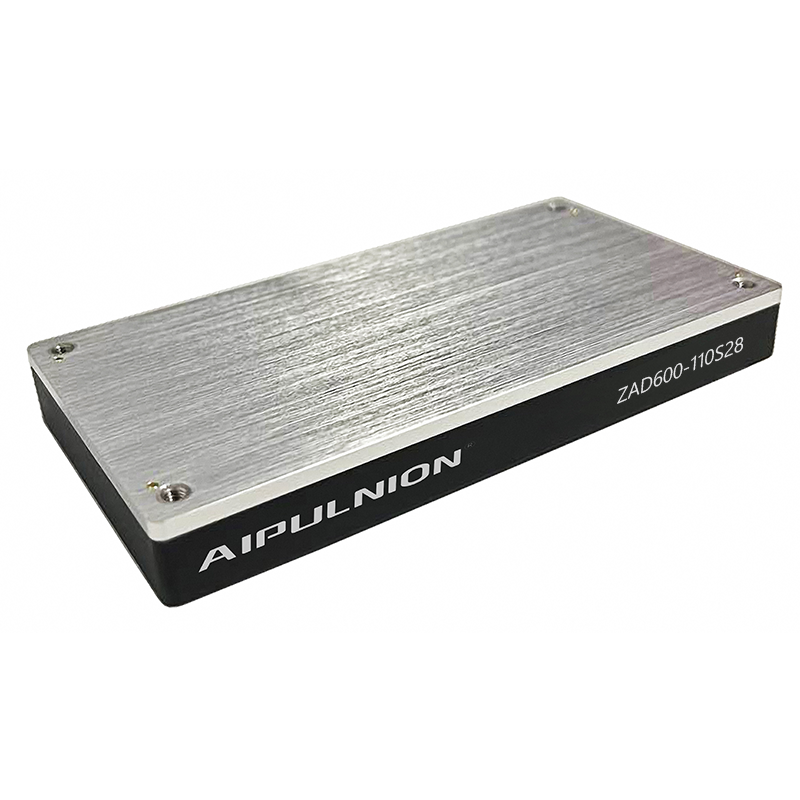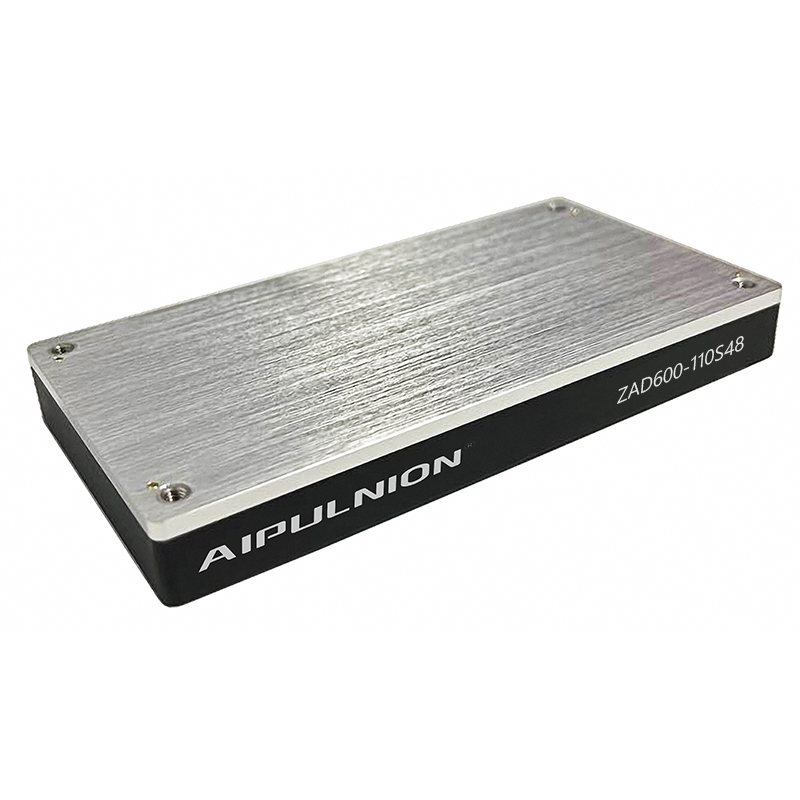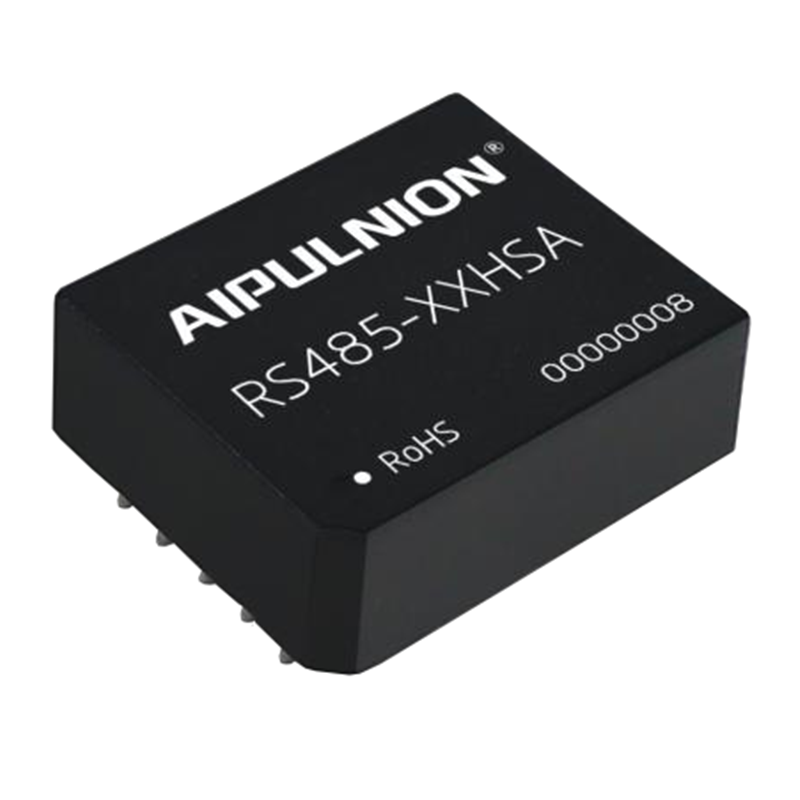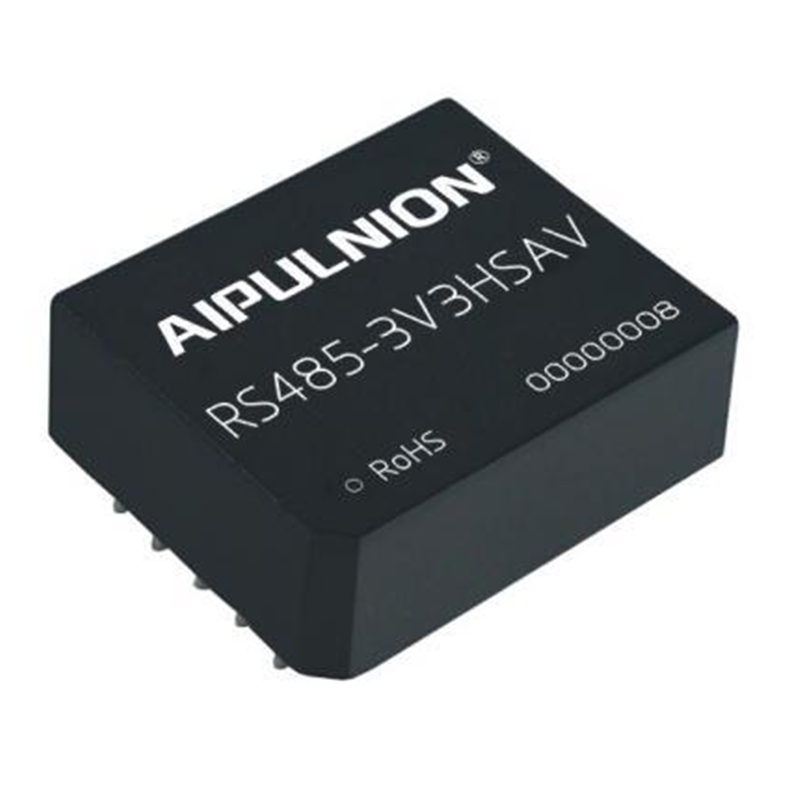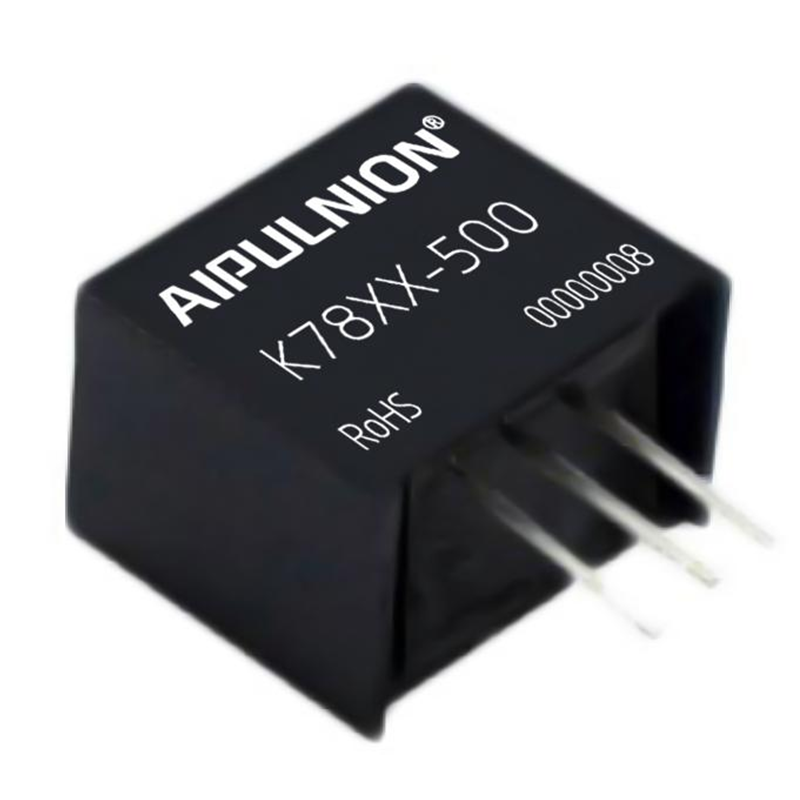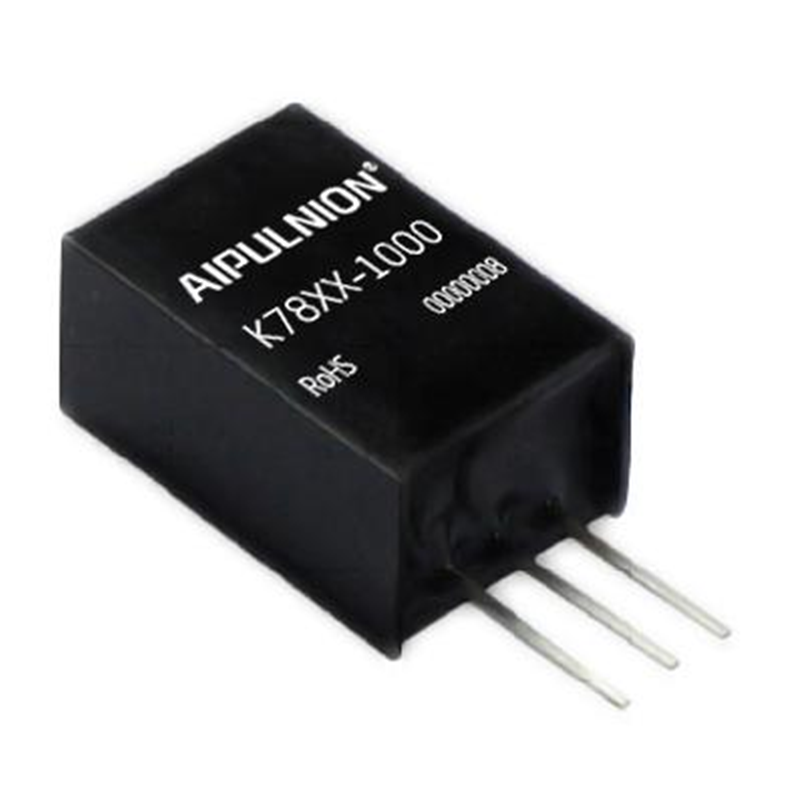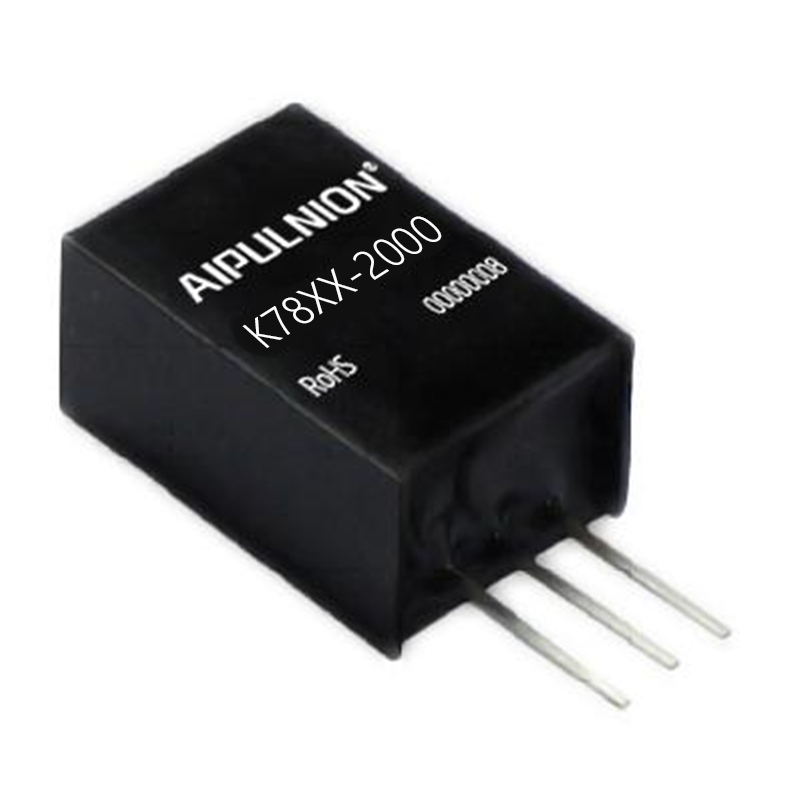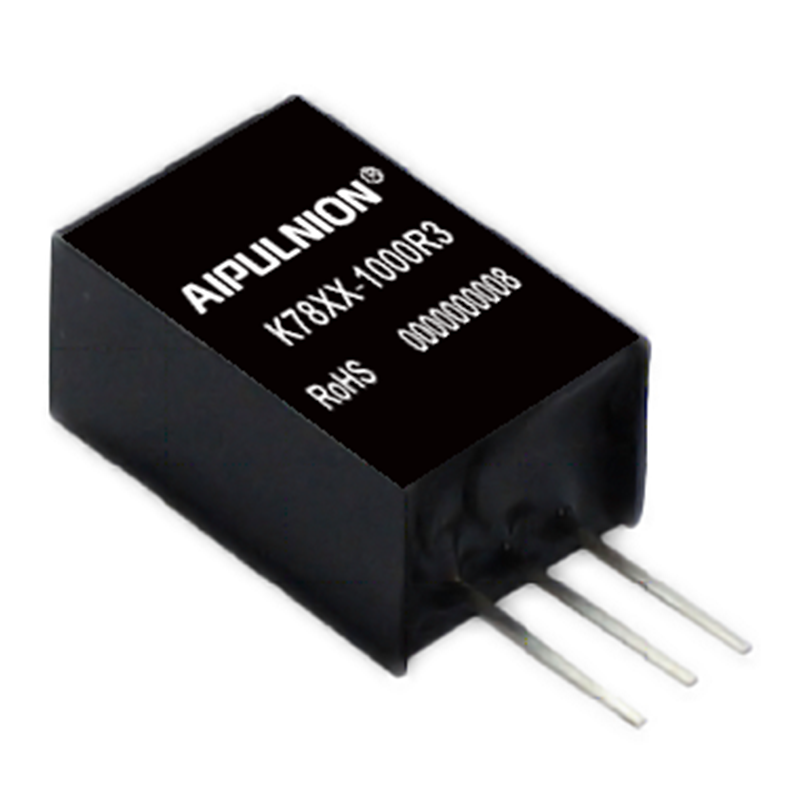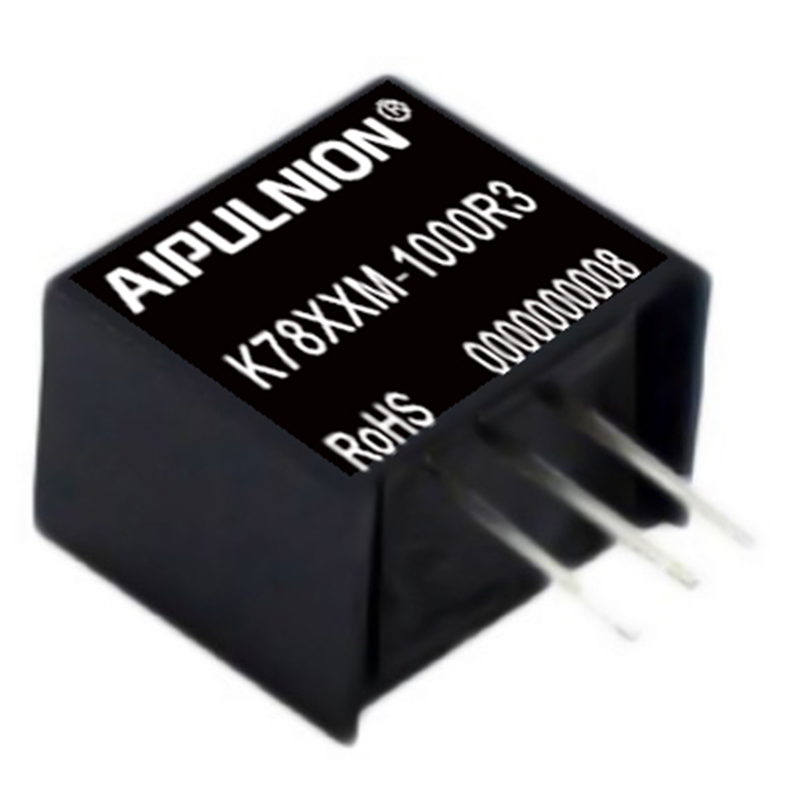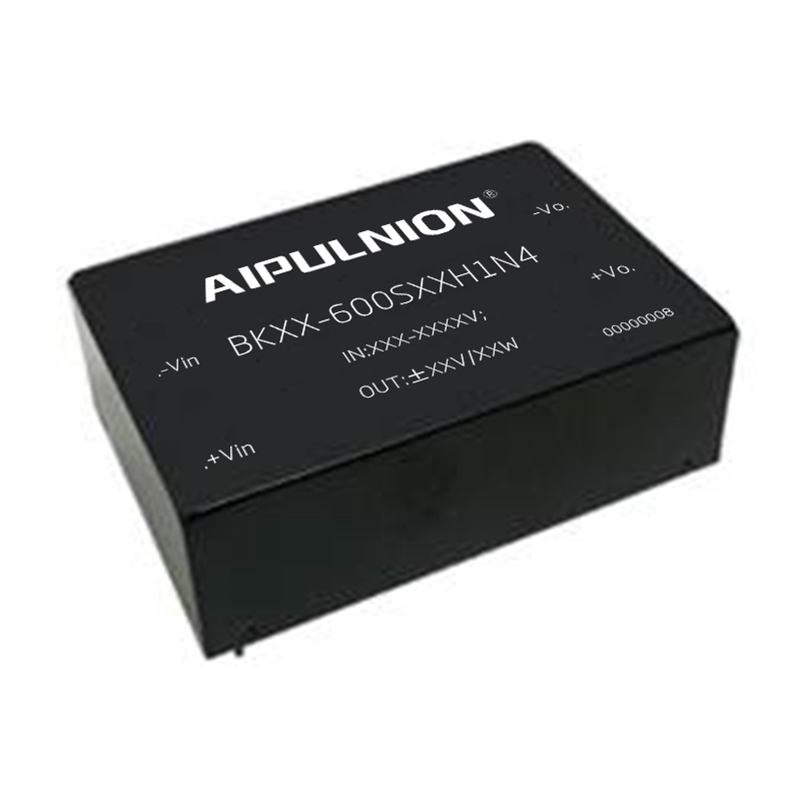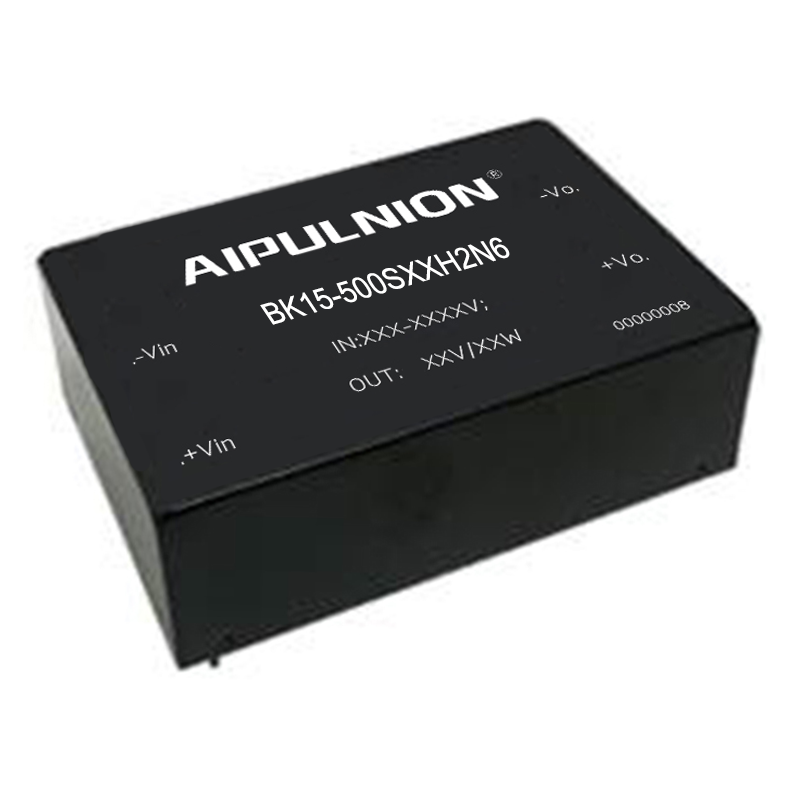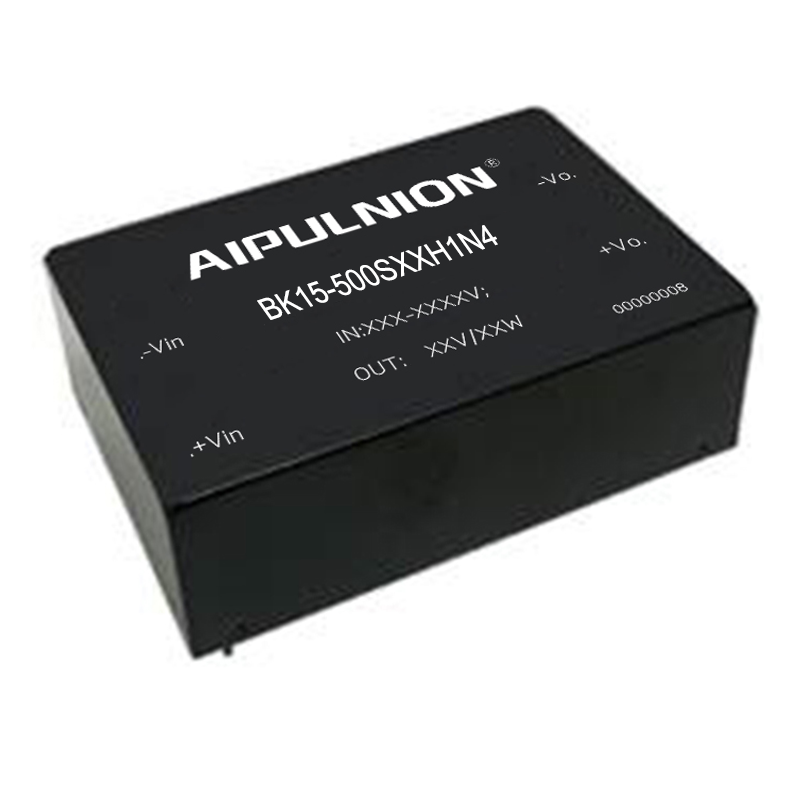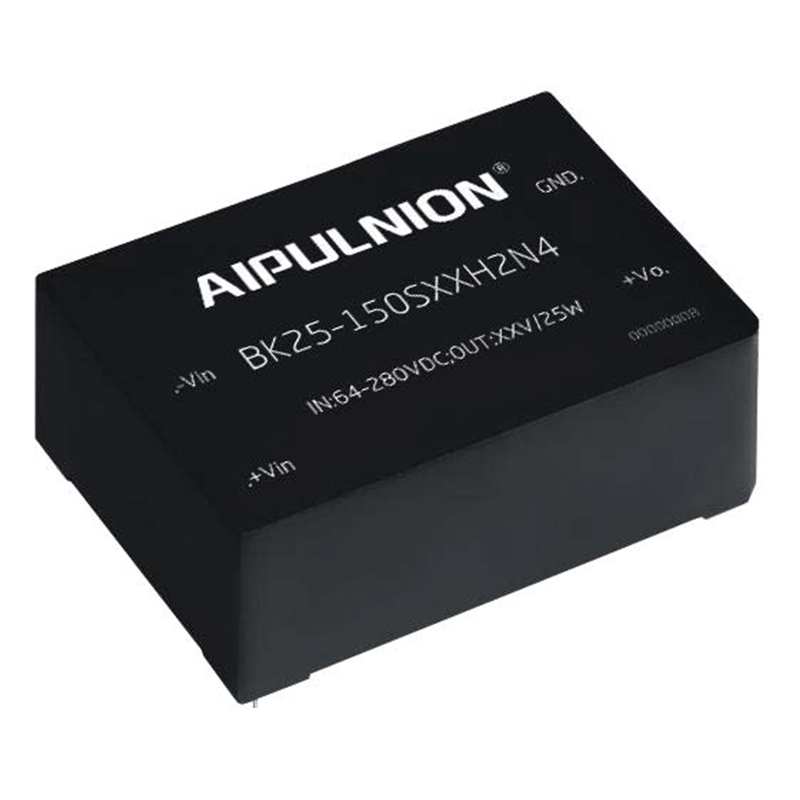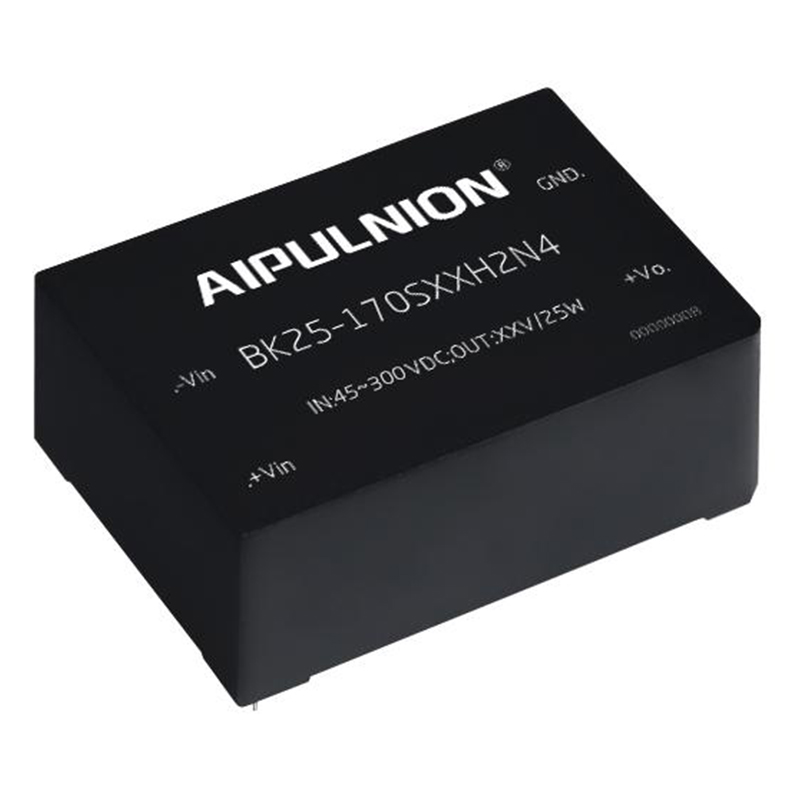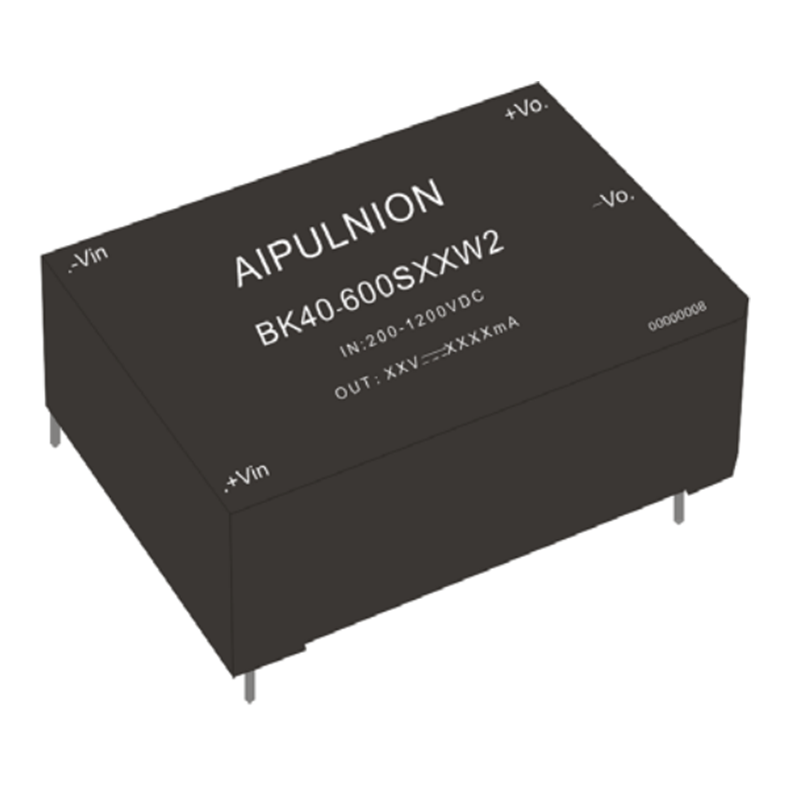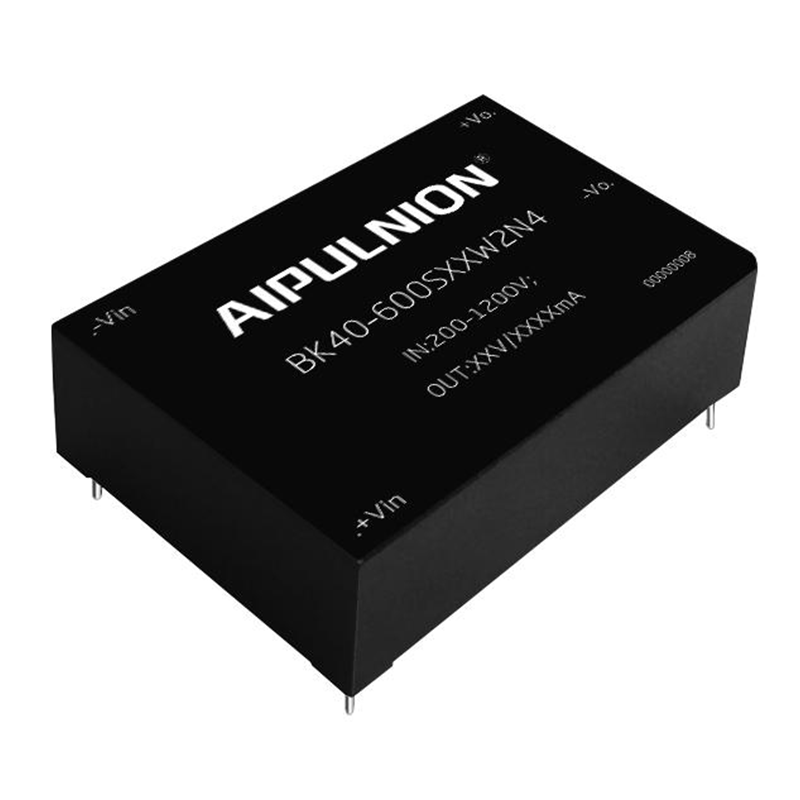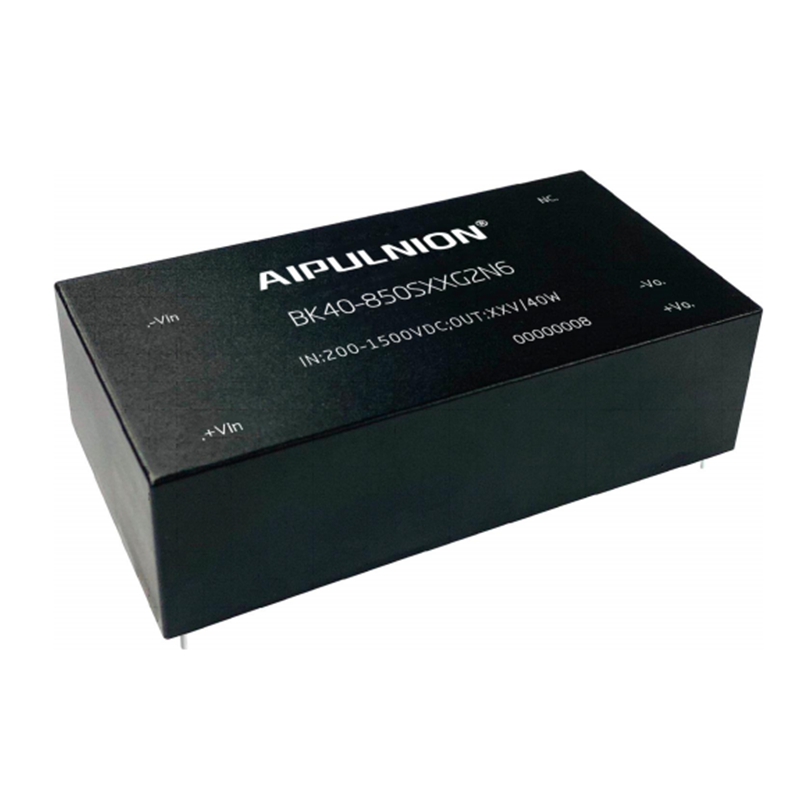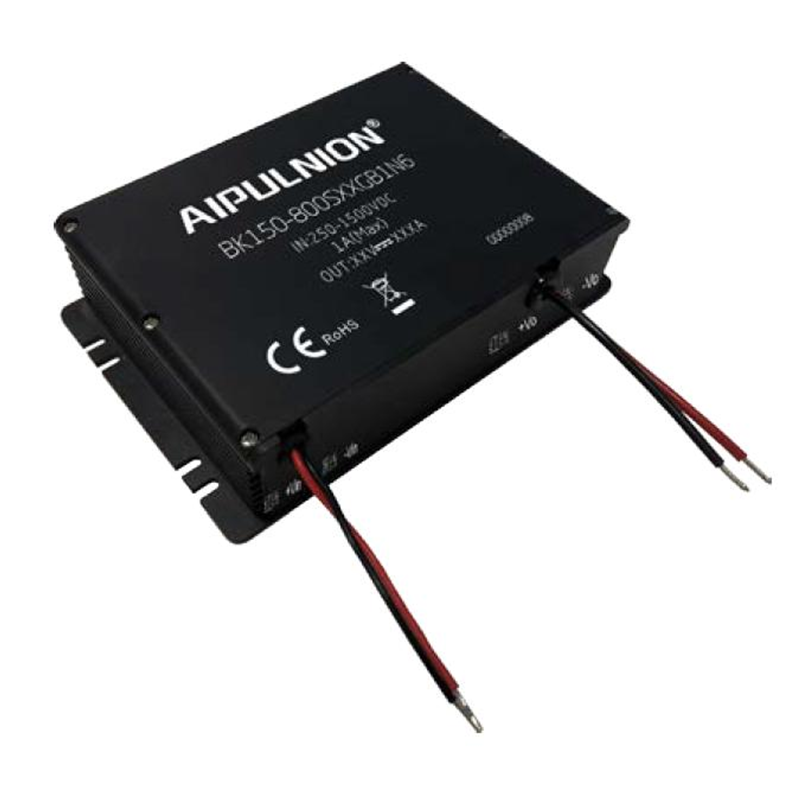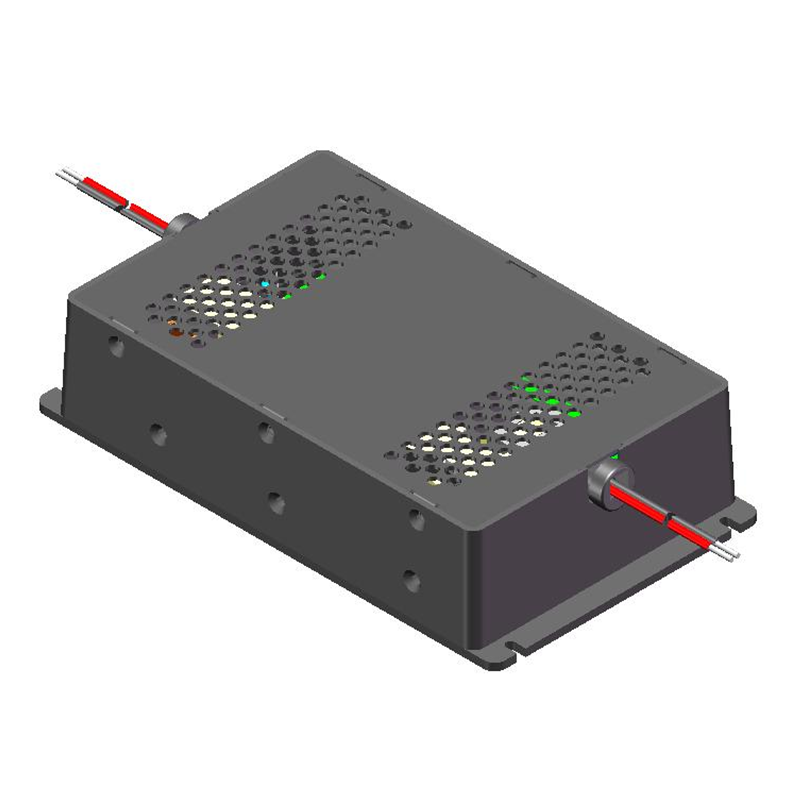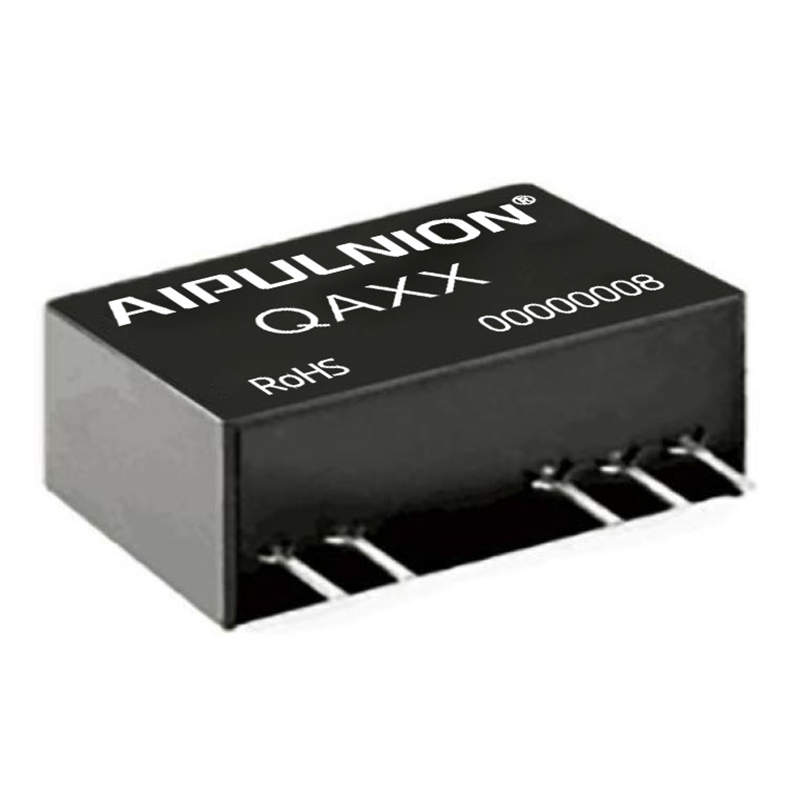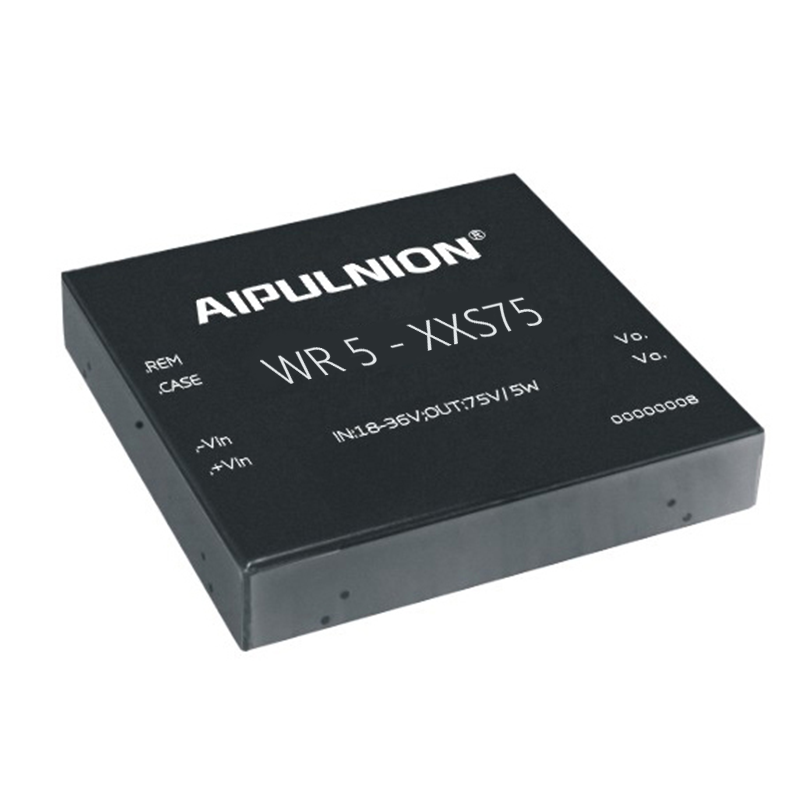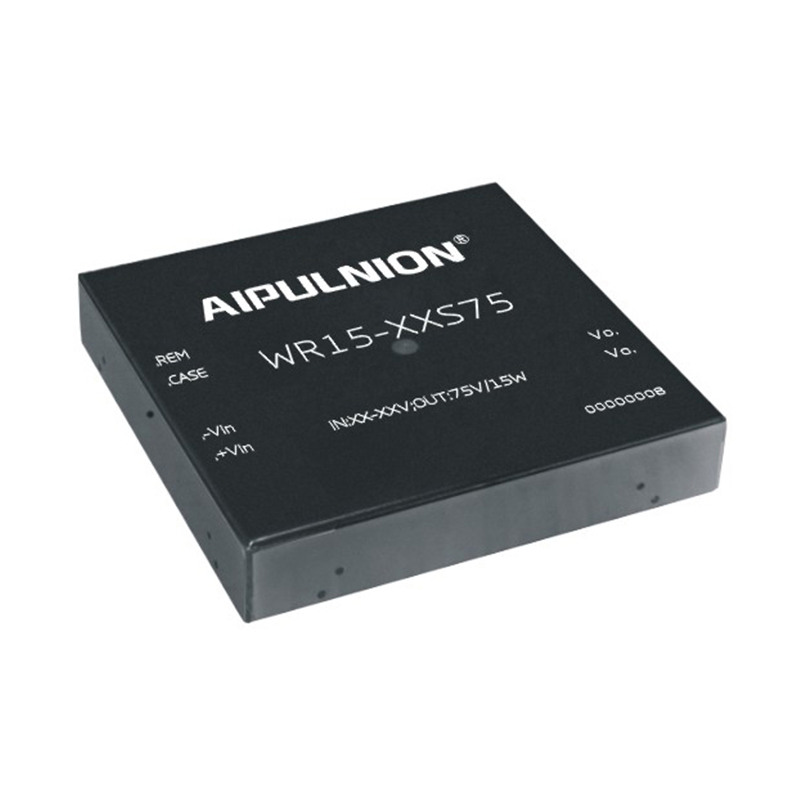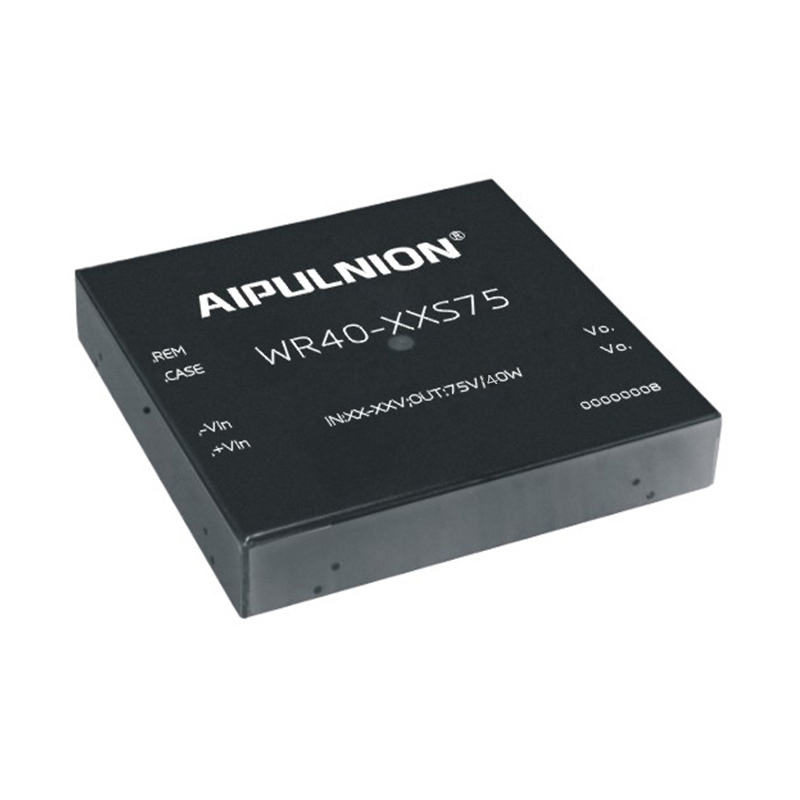Resistor-capacitor step-down circuit analysis
Certainly, here's a brief explanation of voltage regulation circuits.
Voltage Regulation Circuits: Principles and Analysis
Voltage regulation circuits are essential components in electronic devices, ensuring that the output voltage remains stable, regardless of variations in input voltage or load conditions. They are commonly used in power supplies and electrical systems to provide a consistent voltage output. In this article, we will delve into the principles and analysis of voltage regulation circuits.
Principles of Voltage Regulation:
Voltage Reference: Voltage regulation circuits typically employ a voltage reference source, which generates a stable reference voltage. This reference voltage is used as a comparison point for regulating the output voltage.
Error Amplifier: An error amplifier compares the reference voltage with the actual output voltage. It produces an error signal based on the difference between these two voltages.
Feedback Loop: The error signal is then fed back into the circuit through a feedback loop. This signal is used to adjust the output voltage.
Control Element: The control element, often a transistor or integrated circuit, modifies the output voltage based on the error signal. It may vary the amount of current supplied to the load, maintaining the desired output voltage.
Analysis of Voltage Regulation Circuits
Load Regulation: Load regulation is a measure of how well a voltage regulation circuit maintains the output voltage when the load varies. It is expressed as a percentage change in output voltage for a specific change in load current.
Line Regulation: Line regulation evaluates how the circuit responds to variations in the input voltage. Similar to load regulation, it is expressed as a percentage change in output voltage for a specific change in input voltage.
Efficiency: Voltage regulation circuits may consume some power, especially in linear regulators. The efficiency of the circuit is a crucial parameter, indicating how effectively it can convert the input voltage to the desired output voltage.
Transient Response: Transient response refers to how quickly the circuit can recover and stabilize the output voltage after sudden changes in load or input voltage. Faster transient response is often preferred.
Voltage regulation circuits can be categorized into two main types: linear regulators and switching regulators. Linear regulators are simple but less efficient, while switching regulators are more complex but offer higher efficiency.
In conclusion, voltage regulation circuits play a vital role in maintaining a stable voltage output in electronic systems. They rely on principles of voltage reference, error amplification, and feedback control to achieve this. When analyzing these circuits, parameters such as load regulation, line regulation, efficiency, and transient response are crucial for evaluating their performance.
Due to cost constraints, the cost-advantaged RC step-down is widely used in electronically controlled fans and other small household appliances. Here is a detailed analysis of the most commonly used half-wave rectifier circuit;
Zener diodes are often used in electronic circuits to regulate voltage and provide protection against voltage spikes. These diodes are specifically designed to operate in the reverse breakdown region, where they exhibit a stable and predictable voltage drop across their terminals.
The principle behind a Zener voltage regulator circuit is fairly simple. It consists of a Zener diode, a series resistor, and a load resistor. The Zener diode is connected in parallel with the load resistor, and the series resistor is connected in series with the Zener diode and the input voltage source.
When the input voltage exceeds the Zener voltage, the Zener diode starts to conduct in the reverse direction. This causes a current to flow through the series resistor and the load resistor. The voltage drop across the series resistor is proportional to the current flowing through it, according to Ohm's law. The voltage drop across the load resistor is equal to the Zener voltage, since the Zener diode maintains a constant voltage across its terminals.
By choosing an appropriate value for the series resistor, the current flowing through the Zener diode can be controlled. This allows for precise regulation of the output voltage. The load resistor determines the maximum current that can be drawn from the circuit, and should be selected accordingly.
The Zener diode acts as a voltage reference, providing a stable output voltage regardless of variations in the input voltage. This makes it useful in applications where a constant voltage is required, such as in power supplies or voltage regulators.
To analyze the behavior of a Zener voltage regulator circuit, one can use the basic principles of circuit analysis. By applying Kirchhoff's voltage law and Ohm's law, the voltages and currents in the circuit can be determined.
For example, let's consider a Zener diode with a Zener voltage of 5 volts, a series resistor of 100 ohms, and a load resistor of 1 kilohm. If the input voltage is 10 volts, the Zener diode will start to conduct and maintain a voltage drop of 5 volts across its terminals. The current flowing through the series resistor can be calculated using Ohm's law: I = V/R = (10 - 5) / 100 = 0.05 amps. The voltage drop across the load resistor can also be calculated using Ohm's law: V = IR = 0.05 * 1000 = 50 volts. Therefore, the output voltage of the circuit will be 5 volts, regardless of variations in the input voltage.

This picture is a 220VAC/50Hz power supply output 5.1VDC <30mA resistor-capacitor voltage reduction schematic diagram. The AC power is input from the ACL and ACN terminals. FUSE (F2A250V fuse) is the overcurrent protection, and VAR (10D511K varistor) is For surge protection, C1 (MKP-X2 0.1uF/275VAC safety capacitor) is an AC filter capacitor. Since these three devices and the circuit board (or PCB) are directly related to the safety and electromagnetic compatibility of the controller, they must Through the safety certification of the country of sale, for example, those sold in China must pass CCC certification, others such as UL certification in the United States, TUV or VDE certification in Europe, JET certification in Japan, etc.
C2 in the circuit is a step-down capacitor; CL21 polyester or CBB21 polypropylene is commonly used (high price, good performance), and its capacitive reactance Rc=1/2ΠFC2, where Π≈3.14, F=grid frequency (50Hz), and C2 is the capacitance capacity , the unit is F (Farad), so the capacitive reactance Rc of C2 in this figure is ≈ 3.184KΩ. Under the condition of 220VAC input half-wave rectification, the maximum output current is 34.54mA. However, in actual use, the grid voltage and grid frequency fluctuate. , so when designing the size of this capacitor, we must consider that no abnormalities or damage will occur under the worst-case scenario. It is also required that the margin should not be reserved too large during design to reduce the power consumption of the whole machine. At the same time, the larger the capacity of this capacitor, The more unsafe the circuit is, when we design this circuit, if the capacity exceeds 2.5uF under 220VAC power supply and exceeds 4uF under 120VAC power supply, we should give up resistor-capacitor voltage reduction and consider other circuits.
R1 in the circuit is a resistor that discharges C2; it prevents the residual voltage on the C2 capacitor and the grid voltage from superimposing on subsequent devices to form a high-voltage impact when the power plug is quickly plugged or unplugged or the plug has poor contact, and prevents contact with the human body after pulling out the power plug. Causes damage, so this RC time constant is ≤T in the ideal state (T=1/F, F=50Hz), but in actual use, R1 cannot be set too small, otherwise R1 consumes too much power. Generally, we take the RC time constant ≤300mS. Also pay attention to the withstand voltage of this resistor. The withstand voltage of our commonly used 0.25W carbon film resistor is 500V, and the withstand voltage of 0.5W carbon film resistor is 700V. For details, please refer to the performance manual of the resistor manufacturer.
R2 and R3 in the circuit are current-limiting resistors; this resistor is mainly used to prevent damage to the rectifier diode from the high-voltage impact caused by the first power-on and when the power plug is quickly plugged or unplugged or the plug has poor contact. If the capacitor C2 happens to touch the first power-on, At the peak of the wave, because C2 is in a short-circuit state at the moment of power-on, the AC power is directly applied to R2, R3 and the rectifier. There is an instant DC voltage of 220VAC×1.414=311VDC on R2 and R3; the capacitor C2 is quickly plugging and unplugging the power plug. Or when the plug contact is poor, if capacitor C2 is powered off at the n+1 peak and energized at the n+2 peak, capacitor C2 will discharge ⊿V within the time from n+1 to n+2 (determined by C2, R1) , at this time, there is 220VAC×1.414+ (220VAC×1.414-⊿V) = 622VDC-⊿V instantaneous DC voltage on R2 and R3. If the fluctuation of the grid voltage is taken into account, this voltage will be higher, so R2 and R3 must be selected to withstand Resistors with strong current impact and high voltage resistance generally use high-power oxide film resistors or gold film resistors. The total resistance of R2 and R3 cannot be too small or too large. If the resistance is too small, the impact current will be large. If the resistance is too large, the power consumption of the entire circuit will increase. Large, the peak current of the rectifier diode is generally relatively large. For example, the peak current of the 1N400X series is 200A, so the total resistance of R2 and R3 is generally between 40-50Ω.
In the circuit, D1 and D2 are rectifier diodes, forming a half-wave rectification circuit. C3 and C4 form the first-stage filter. What should be noted here is the withstand voltage value of the C3 and C4 capacitors and the highest voltage of the power grid, the highest frequency of the power grid, C2, ZD1, R4 is related. If the maximum working voltage of this product is 242VAC and the maximum frequency of the power grid is 53Hz, then the maximum withstand voltage of C3 and C4≈(242VAC×1.414)/(1/2ΠFC2)×R4+5.1≈22.2VDC, so C3 and C4 are selected For products with a withstand voltage of ≥25VDC, R4, C5, and C6 form the second-stage RC filter while ZD1 stabilizes the voltage at 5.1VDC. The size of R4 determines the ripple size of the product under low operating voltage. R5 is the discharge resistor. The first function is to discharge the filter capacitor at the moment of power outage when the power plug is quickly plugged or unplugged or the plug contact is poor, so that the inrush current at the moment of power on is coupled from the capacitor to prevent the inrush current from being added to the Zener diode and causing voltage stabilization. The diode is damaged. From this point of view, when dealing with PCB wiring, the Zener diode must be placed behind the filter capacitors C5 and C6 to prevent the parasitic inductance and copper foil resistance on the PCB copper foil from affecting the filtering.
Design and calculation of resistor-capacitor voltage reduction circuit:
Design of a resistor-capacitor step-down circuit. In Figure 2, it is known that C1 is 0.33μF and the AC input is 220V/50Hz. Find the maximum current that the circuit can supply to the load. The capacitive reactance Xc of C1 in the circuit is: Xc=1/(2πf C)= 1/(2*3.14*50*0.33*10-6)= 9.65K
The charging current (Ic) flowing through capacitor C1 is: Ic = U / Xc = 220 / 9.65 = 22mA.
Usually, the relationship between the capacity C of the step-down capacitor C1 and the load current Io can be approximated as: C=14.5 I, where the capacity unit of C is μF and the unit of Io is A.

Several practical circuit resistor-capacitor voltage reduction principles:
The conventional method of converting AC mains power into low-voltage DC is to use a transformer to step down the voltage and then rectify and filter it. When limited by factors such as size and cost, the simplest and most practical method is to use a capacitor step-down power supply.
The following points should be noted when using capacitors to reduce voltage:
1. Select an appropriate capacitor based on the current size of the load and the operating frequency of the AC, rather than the voltage and power of the load.
2 The current limiting capacitor must be a non-polar capacitor, and electrolytic capacitors must not be used. Moreover, the withstand voltage of the capacitor must be above 400V, and the ideal capacitor is an iron-shell oil-immersed capacitor.
3 Capacitor voltage reduction cannot be used under high power conditions because it is unsafe.
4 Capacitive voltage reduction is not suitable for dynamic load conditions.
5 Likewise, capacitive step-down is not suitable for capacitive and inductive loads.
6. When DC operation is required, try to use half-wave rectification. Bridge rectification is not recommended. Moreover, constant load conditions must be met.

This type of circuit is usually used to obtain non-isolated low-current power supplies at low cost. Its output voltage can usually range from a few volts to thirty tens of volts, depending on the Zener regulator tube used. The amount of current that can be provided is proportional to the current limiting capacitor capacity. When using half-wave rectification, the current (average value) available per microfarad capacitor is: (SI unit)
I(AV)=0.44*V/Zc=0.44*220*2*Pi*f*C
=0.44*220*2*3.14*50*C=30000C
=30000*0.000001=0.03A=30mA
If full-wave rectification is used, double the current (average value) can be obtained:
I(AV)=0.89*V/Zc=0.89*220*2*Pi*f*C
=0.89*220*2*3.14*50*C=60000C
=60000*0.000001=0.06A=60mA
Generally speaking, although the full-wave rectification of this type of circuit has a slightly larger current, its stability and safety are worse than that of the half-wave rectification type because it is floating, so it is used less often.
When using this circuit, you need to pay attention to the following things:
1. It is not isolated from 220V AC high voltage, please pay attention to safety and be careful to prevent electric shock!
2. The current-limiting capacitor must be connected to the live wire, the withstand voltage must be large enough (greater than 400V), and a series of anti-surge and insurance resistors and parallel discharge resistors must be added.
3. Pay attention to the power consumption of the zener tube, and it is strictly forbidden to disconnect the zener tube from running.

The simplest capacitor step-down DC power supply circuit and its equivalent circuit are shown in Figure 1. C1 is a step-down capacitor, generally 0.33~3.3uF. Assuming C1=2uF, its capacitive reactance XCL=1/(2PI*fC1)=1592. Since the on-resistance of the rectifier is only a few ohms, the dynamic resistance of the voltage regulator VS is about 10 ohms, the current limiting resistor R1 and the load resistor RL are generally 100~200, and the filter capacitor is generally 100uF~1000uF, and its capacitive reactance is very Small and can be ignored. If R is used to represent the equivalent resistance of all components except C1, the AC equivalent circuit of the figure can be drawn. At the same time, the condition of XC1>R is met, so the voltage vector can be drawn. Since R is much smaller than XC1, the voltage drop VR on R is also much smaller than the voltage drop on C1, so VC1 is approximately equal to the power supply voltage V, that is, VC1=V. According to electrical engineering principles, it can be known that the relationship between the average value of the rectified DC current Id and the average value of the AC current I is Id=V/XC1. If C1 is in uF, then Id is in milliamps. For 22V, 50 Hz AC, Id=0.62C1 can be obtained.
From this we can draw the following two conclusions:
(1) When using a power transformer as a rectified power supply, after the parameters in the circuit are determined, the output voltage is constant, while the output current Id changes with the increase or decrease of the load;
(2) When using a capacitor to step down the voltage as a rectifier circuit, since Id=0.62C1, it can be seen that Id is proportional to C1, that is, after C1 is determined, the output current Id is constant, while the output DC voltage changes with the load resistance RL. The difference varies within a certain range. The smaller RL is, the lower the output voltage is, and the larger RL is, the higher the output voltage is. The value of C1 should be selected based on the load current. For example, the load circuit requires a 9V working voltage and the average load current is 75 mA. Since Id=0.62C1, C1=1.2uF can be calculated. Considering the loss of the voltage regulator tube VD5, C1 can be taken as 1.5uF. At this time, the actual current provided by the power supply is Id=93 mA.
The voltage stabilization value of the voltage regulator tube should be equal to the working voltage of the load circuit, and the selection of its stable current is also very important. Since the capacitor step-down power supply provides a constant current, which is approximately a constant current source, it is generally not afraid of the load being short-circuited. However, when the load is completely open, a full 93 mA current will pass through the R1 and VD5 circuits, so the maximum stability of VD5 The current should be 100 mA. Since RL and VD5 are connected in parallel, while ensuring that RL draws 75 mA of operating current, there is still 18 mA of current passing through VD5, so its minimum stable current must not be greater than 18 mA, otherwise the voltage stabilizing effect will be lost.
The value of the current limiting resistor cannot be too large, otherwise it will increase the power loss and also increase the voltage resistance requirement of C2. If R1=100 ohms and the voltage drop on R1 is 9.3V, the loss is 0.86 watts, and a resistor of 100 ohms and 1 watt can be used.
The filter capacitor is generally 100 microfarads to 1000 microfarads, but attention should be paid to the selection of its resistance. As mentioned before, the load voltage is 9V, the voltage drop on R1 is 9.3V, and the total voltage drop is 18.3V. Considering that there is a certain margin, the C2 withstand voltage is preferably above 25V.

As shown in Figure-1, C1 is a step-down capacitor, D2 is a half-wave rectifier diode, D1 provides a discharge circuit for C1 during the negative half cycle of the mains power, D3 is a Zener diode, and R1 is the charge discharge resistor of C1 after turning off the power supply. In practical applications, the circuit shown in Figure 2 is often used. When it is necessary to provide a larger current to the load, the bridge rectifier circuit shown in Figure 3 can be used. The unstabilized DC voltage after rectification will generally be higher than 30 volts, and will fluctuate greatly with changes in load current. This is due to the large internal resistance of this type of power supply, so it is not suitable for large current power supply. application occasions.
Device selection
1. When designing the circuit, you should first determine the accurate value of the load current, and then refer to the example to select the capacity of the step-down capacitor. Because the current Io provided to the load through the buck capacitor C1 is actually the charge and discharge current Ic flowing through C1. The greater the capacity of C1 and the smaller the capacitive reactance Xc, the greater the charge and discharge current flowing through C1. When the load current Io is less than the charge and discharge current of C1, excess current will flow through the voltage regulator tube. If the maximum allowable current Idmax of the voltage regulator tube is less than Ic-Io, it may easily cause the voltage regulator tube to burn out.
2. To ensure that C1 can work safely, its withstand voltage should be greater than twice the power supply voltage.
3. The selection of the discharge resistor R1 must ensure that the charge on C1 is discharged within the required time.
In the design example Figure-2, it is known that C1 is 0.33μF and the AC input is 220V/50Hz. Find the maximum current that the circuit can supply to the load.
The capacitive reactance Xc of C1 in the circuit is: Xc=1/(2 πf C)= 1/(2*3.14*50*0.33*10-6)= 9.65K
The charging current (Ic) flowing through capacitor C1 is: Ic = U / Xc = 220 / 9.65 = 22mA.
Usually the relationship between the capacity C of the step-down capacitor C1 and the load current Io can be approximated as: C=14.5 I, where the capacity unit of C is μF and the unit of Io is A.
Capacitor step-down power supply is a non-isolated power supply. Special attention should be paid to isolation during application to prevent electric shock.
The unstabilized DC voltage after rectification is generally higher than 30 volts, and will fluctuate greatly with changes in load current. This is due to the large internal resistance of this type of power supply, so it is not suitable for large current power supply. application occasions.
Capacitor step-down power supply is a non-isolated power supply. Special attention should be paid to isolation during application to prevent electric shock.
The working principle of capacitor voltage reduction is not complicated. Its working principle is to use the capacitive reactance generated by the capacitor at a certain AC signal frequency to limit the maximum operating current. For example, under the power frequency condition of 50Hz, a 1uF capacitor generates The capacitive reactance is approximately 3180 ohms. When an AC voltage of 220V is applied to both ends of the capacitor, the maximum current flowing through the capacitor is about 70mA. Although the current flowing through the capacitor is 70mA, there is no power consumption on the capacitor. If the capacitor is an ideal capacitor , then the current flowing through the capacitor is the imaginary current, and the work it does is reactive power. According to this characteristic, if we connect a resistive component in series with a 1uF capacitor, the voltage obtained across the resistive component And the power dissipation it generates depends entirely on the characteristics of this resistive component.
For example, we connect a 110V/8W light bulb in series with a 1uF capacitor. When connected to an AC voltage of 220V/50Hz, the light bulb is lit and emits normal brightness without being burned. Because the current required by a 110V/8W light bulb is 8W/110V=72mA, it is consistent with the current limiting characteristic produced by the 1uF capacitor. In the same way, we can also connect a 5W/65V light bulb and a 1uF capacitor in series to a 220V/50Hz alternating current, and the light bulb will also be lit without being burned. Because the operating current of a 5W/65V light bulb is also about 70mA. Therefore, capacitor voltage reduction actually uses capacitive reactance to limit current. The capacitor actually plays the role of limiting current and dynamically distributing the voltage across the capacitor and load.


